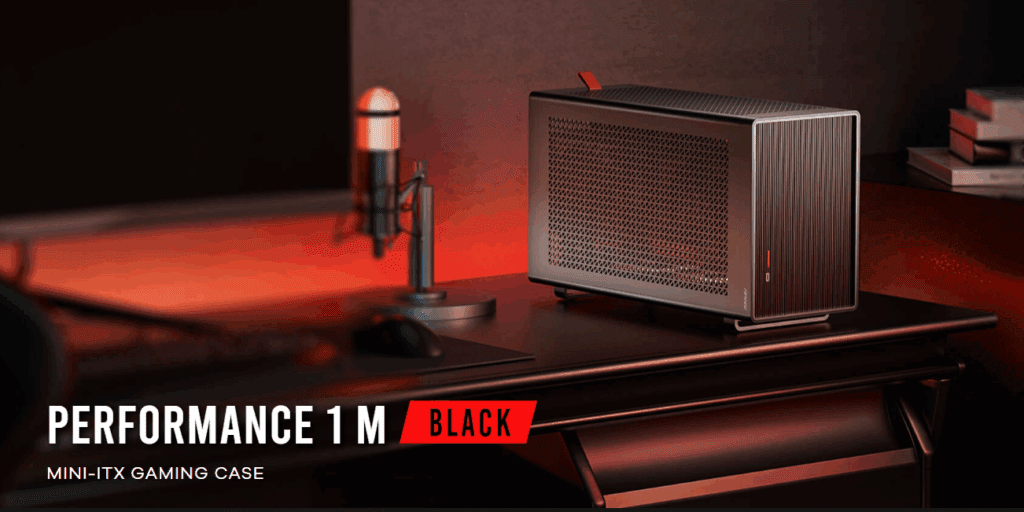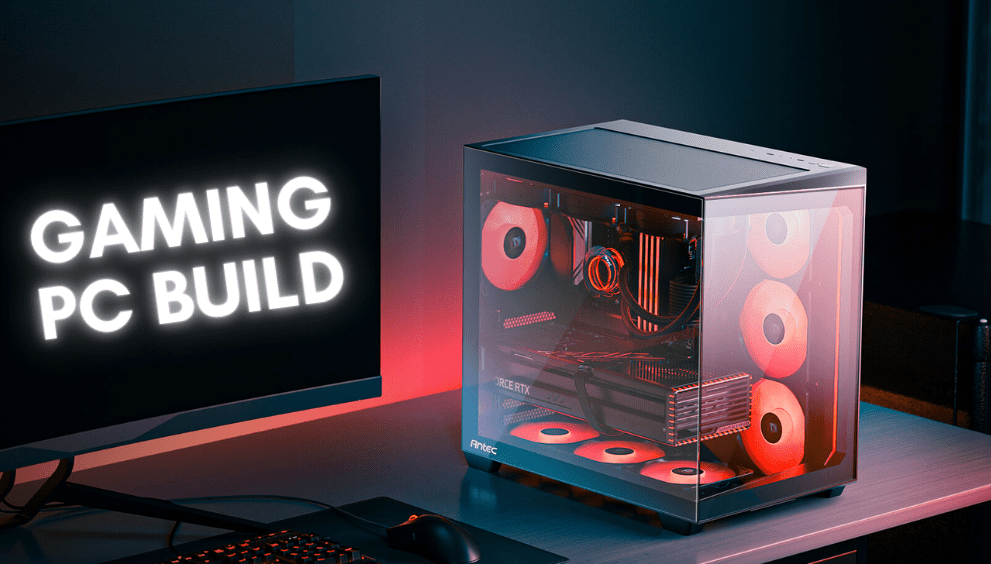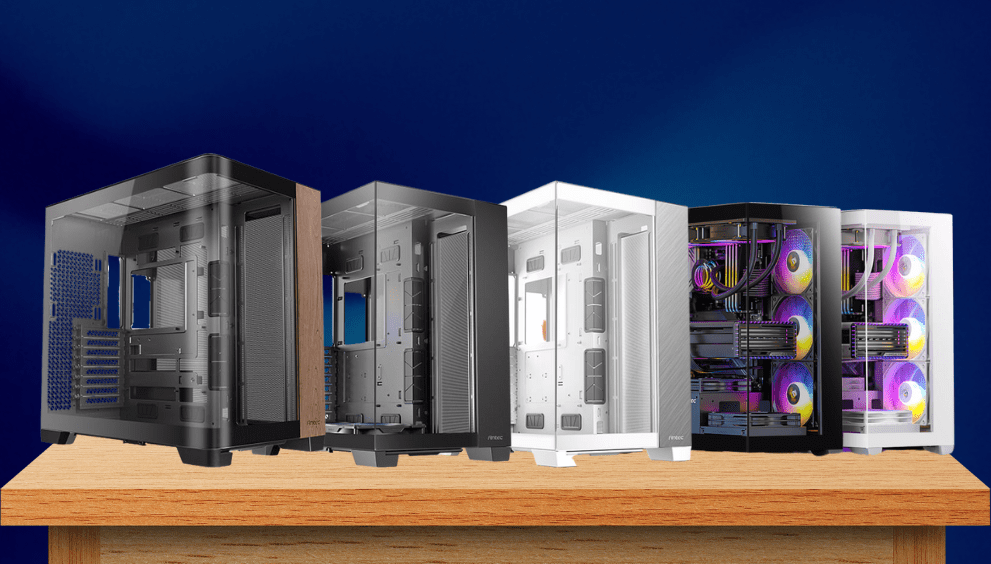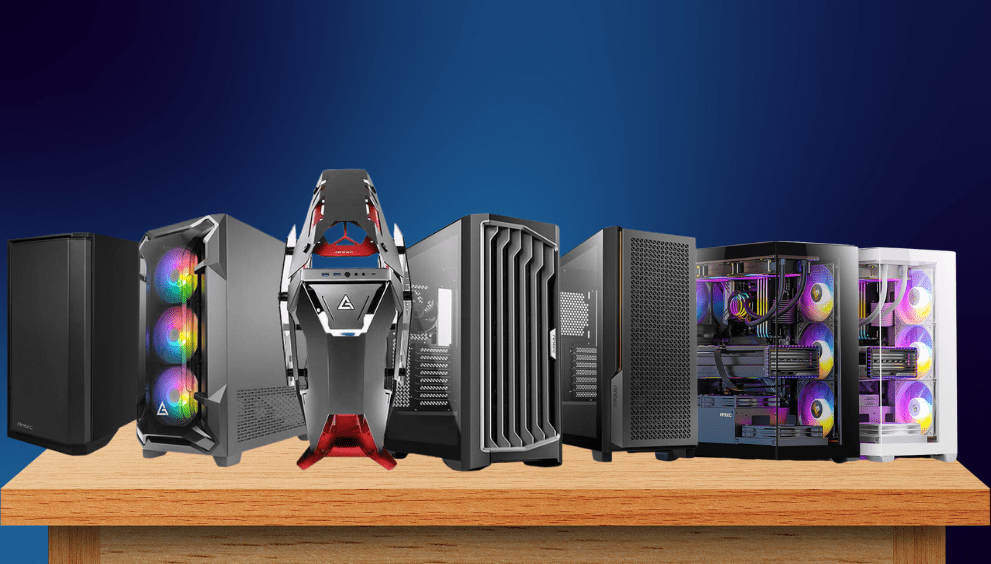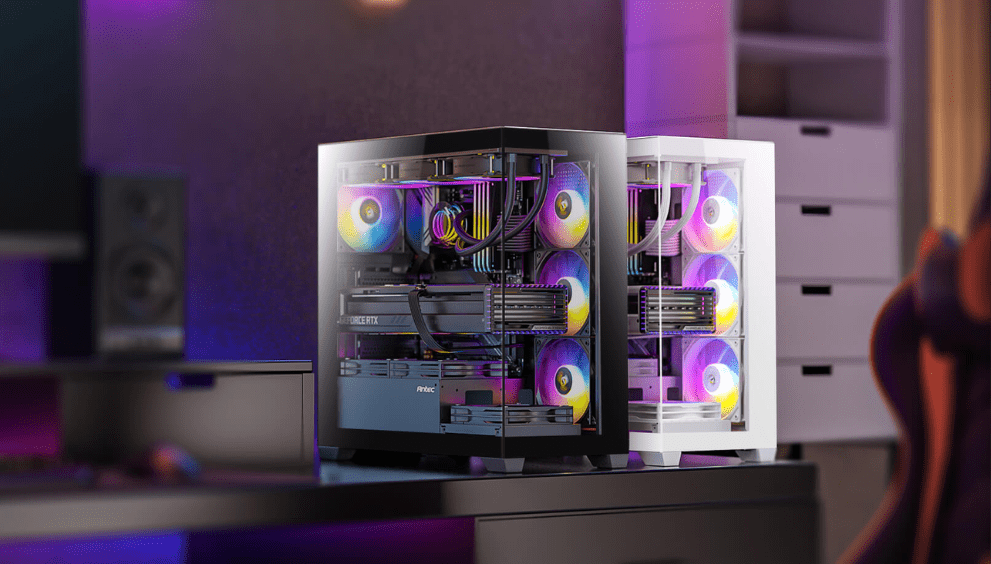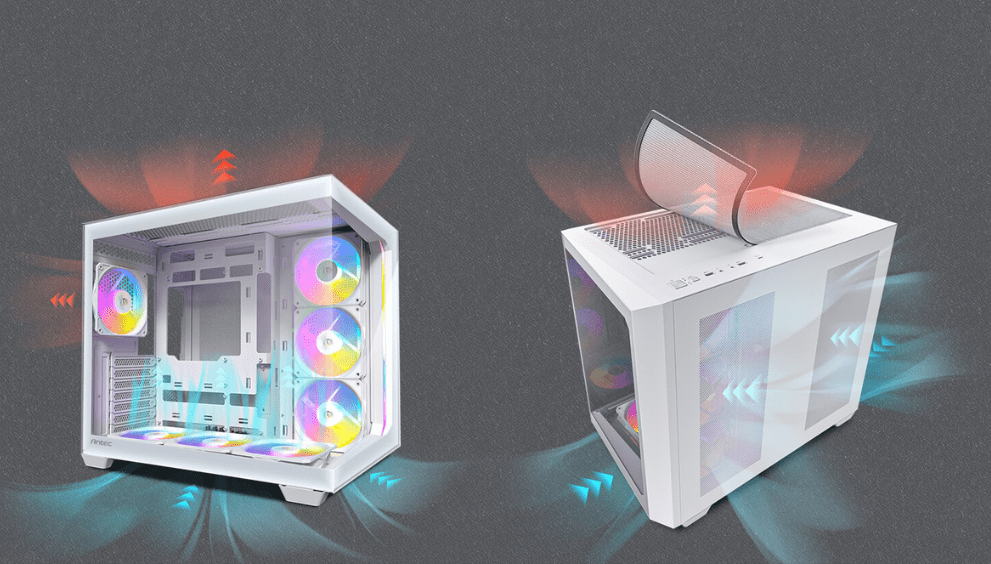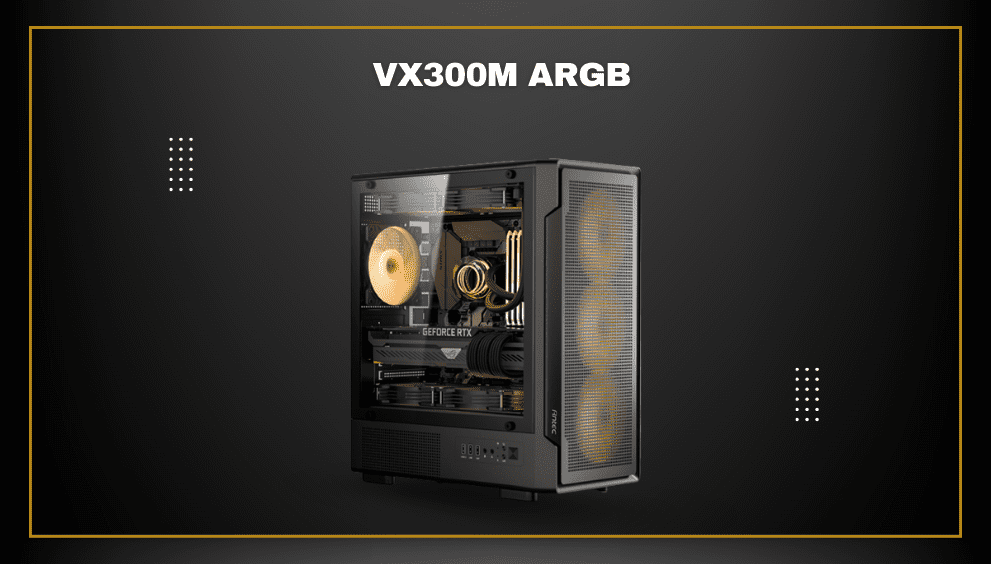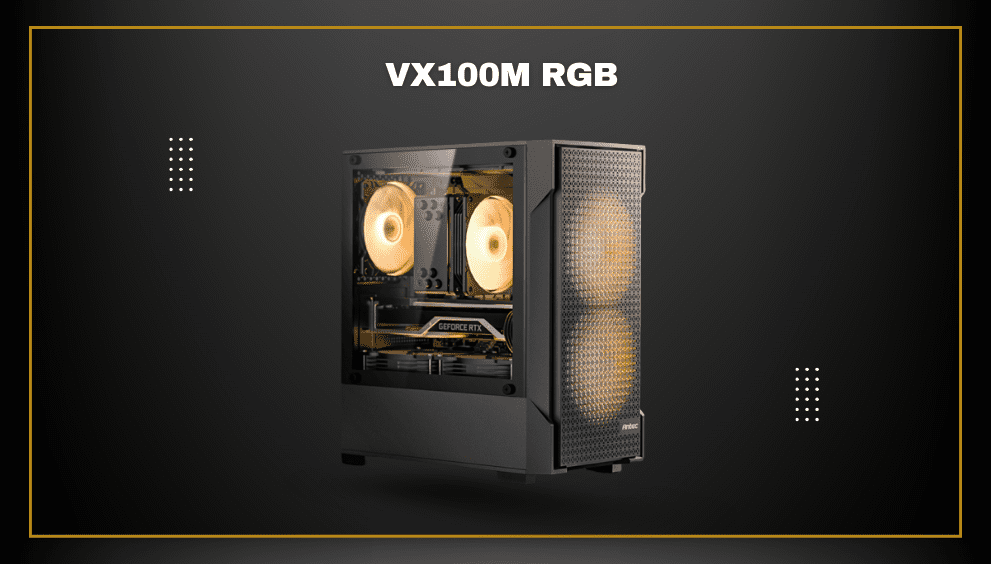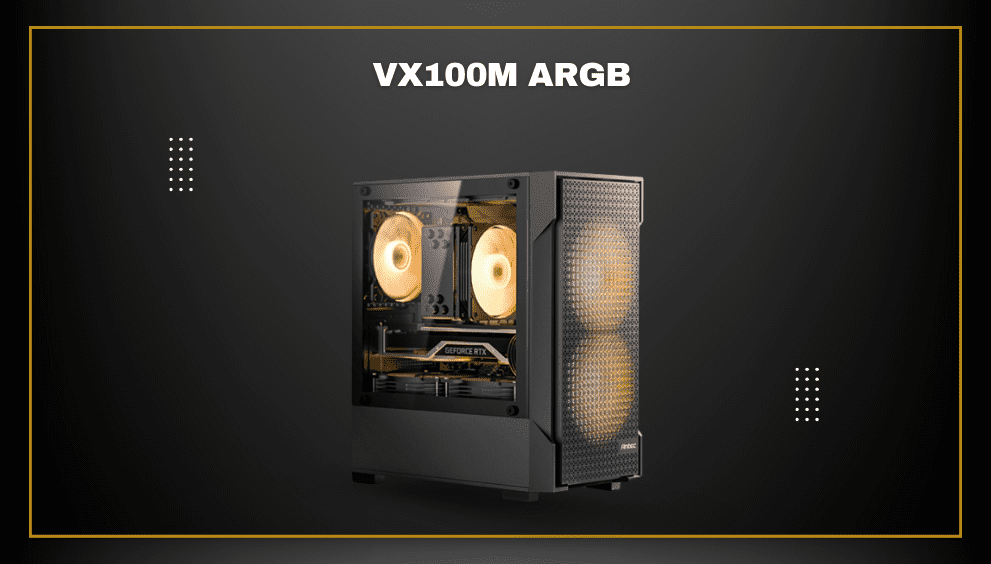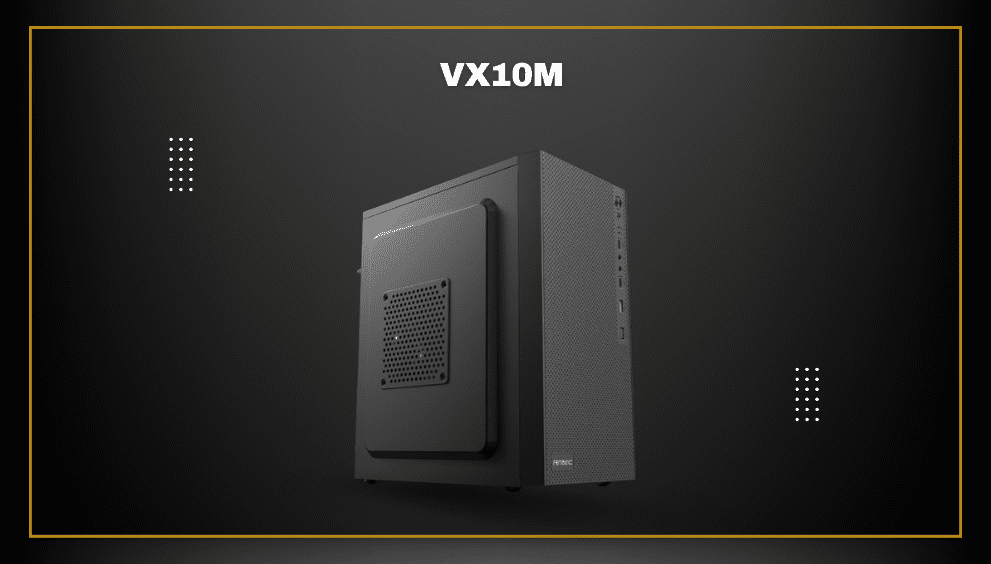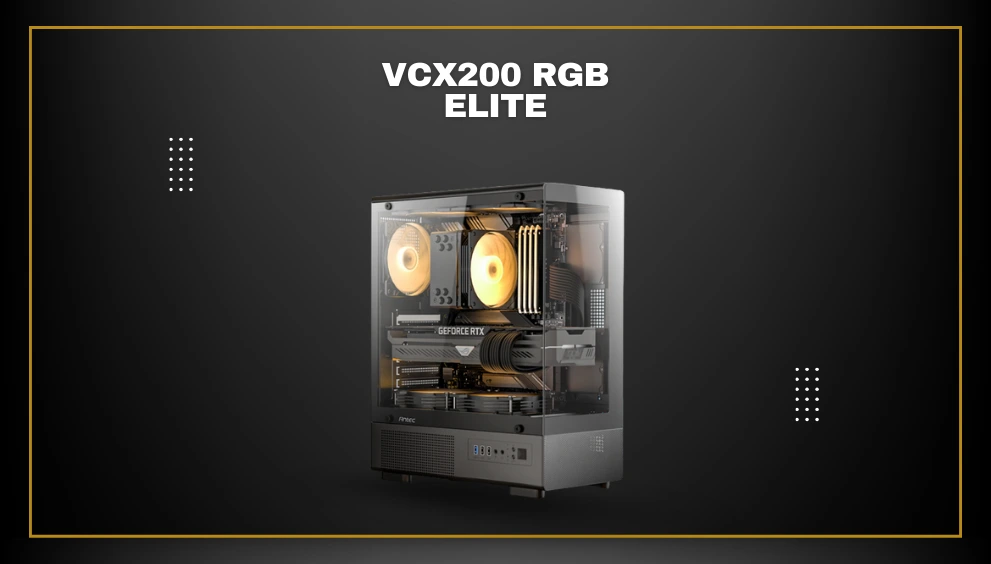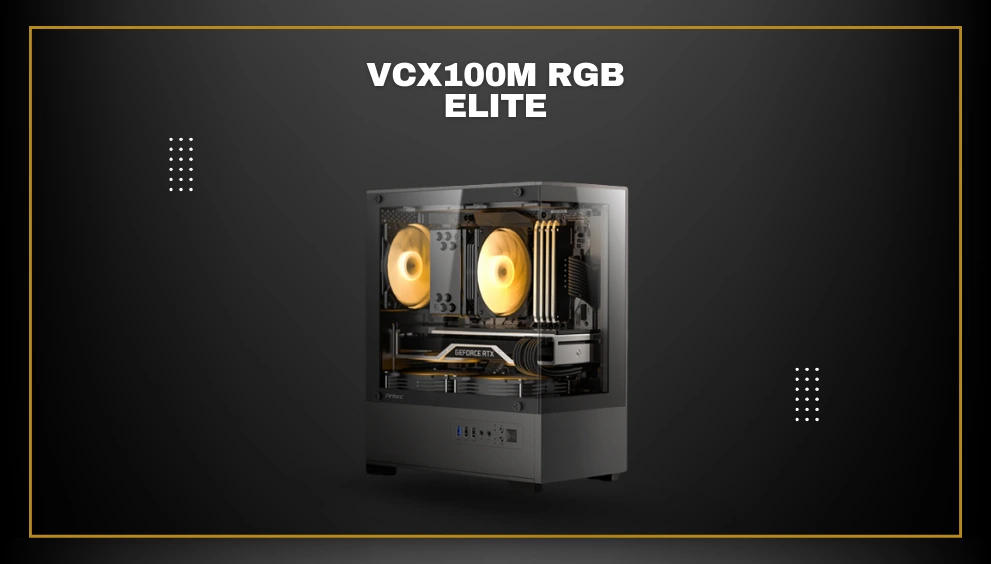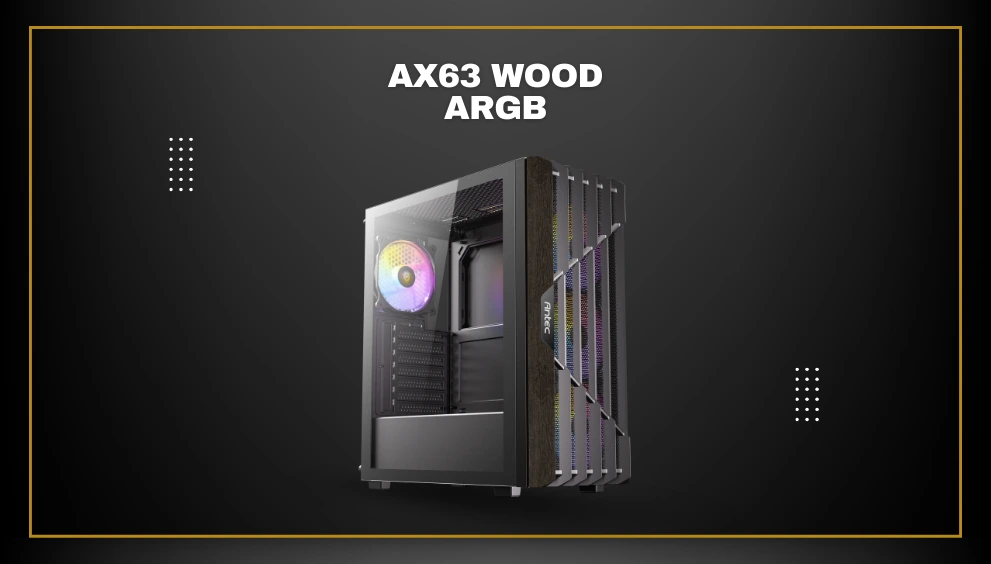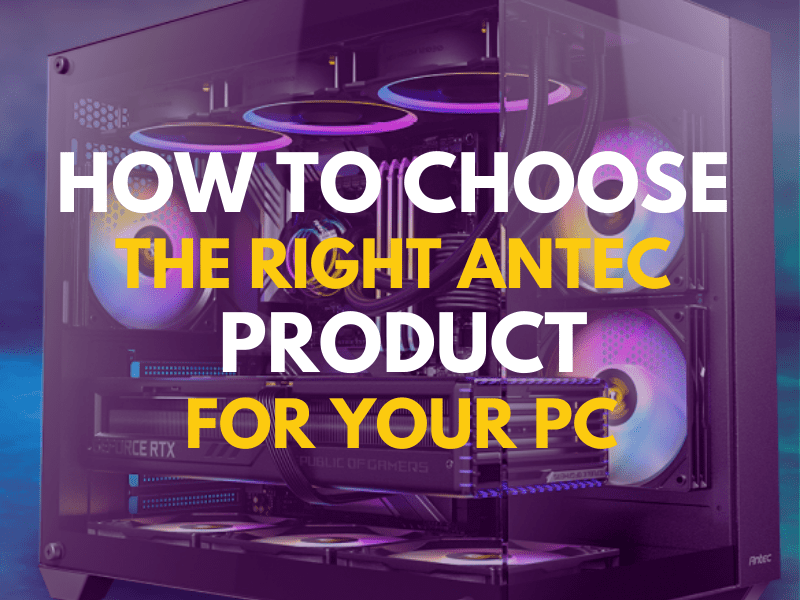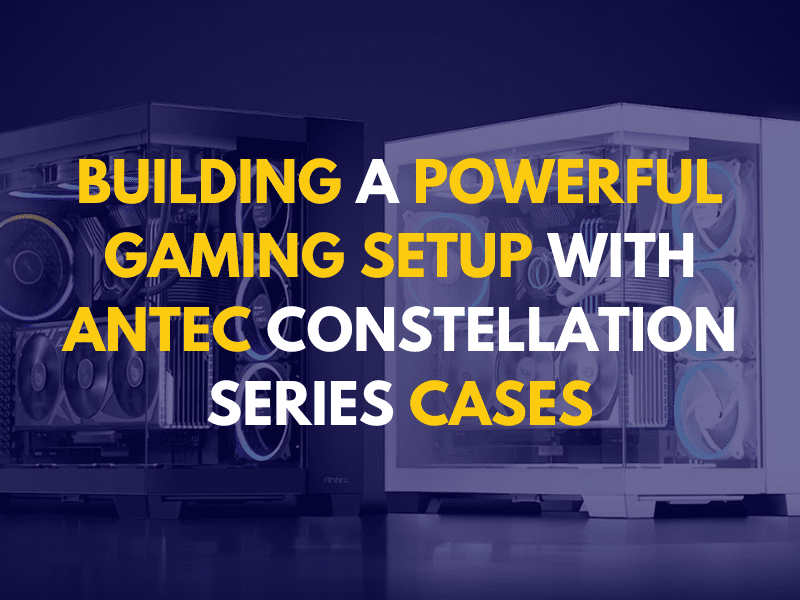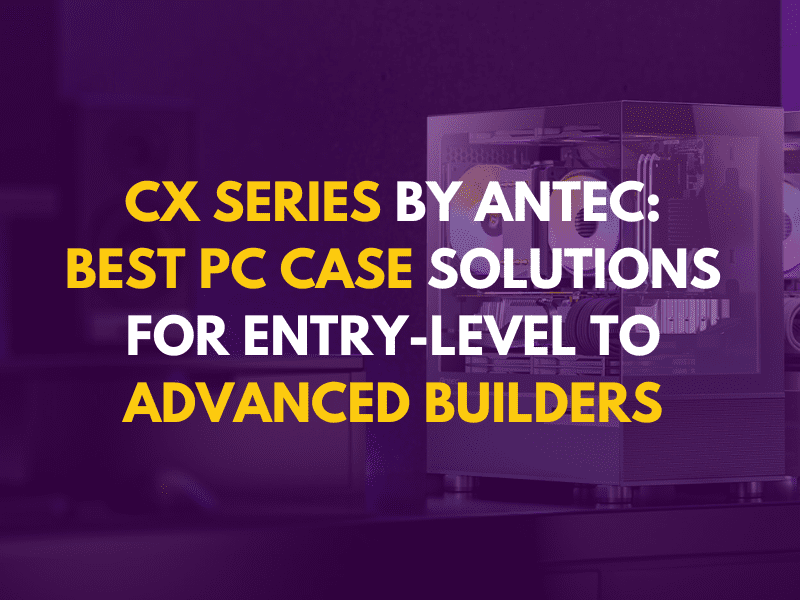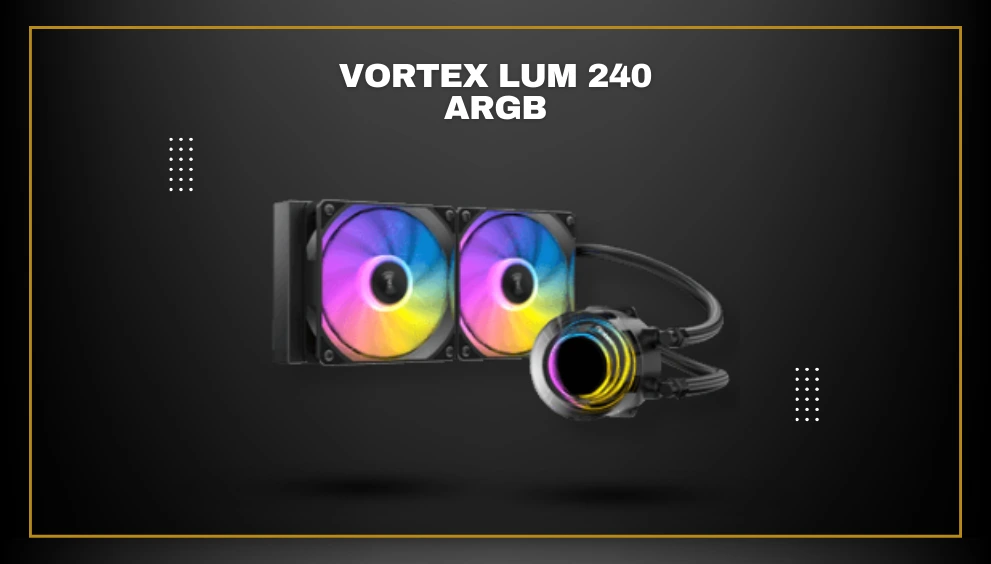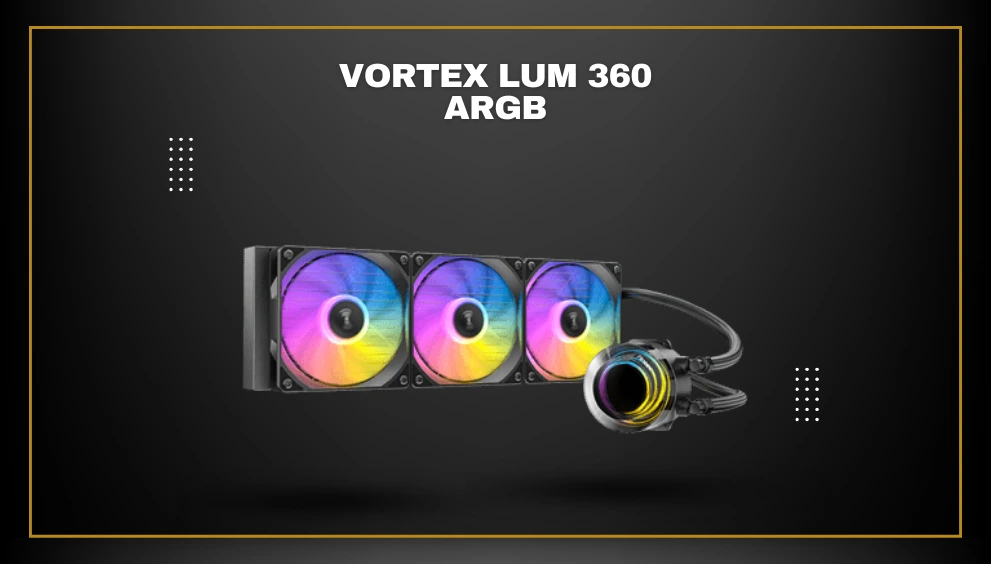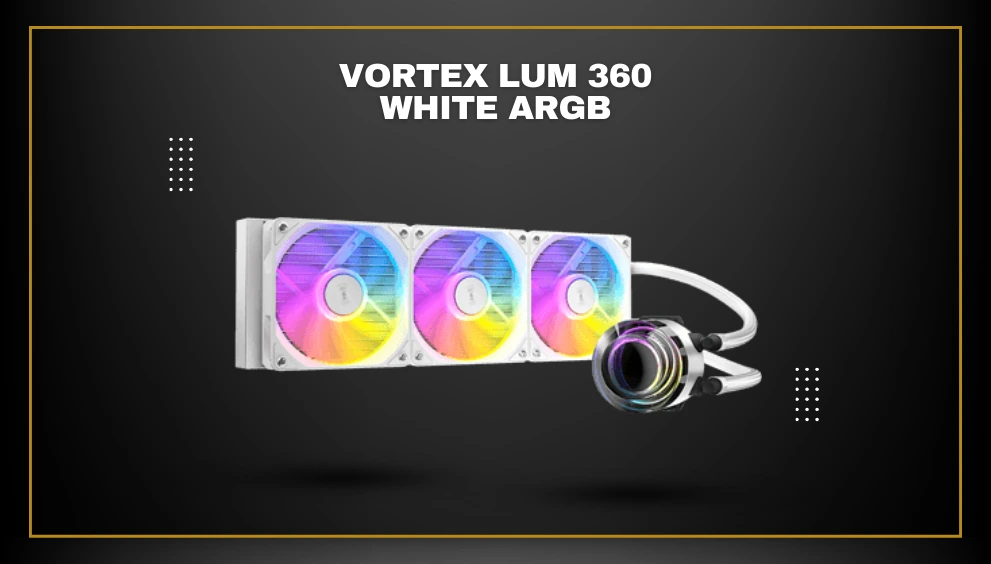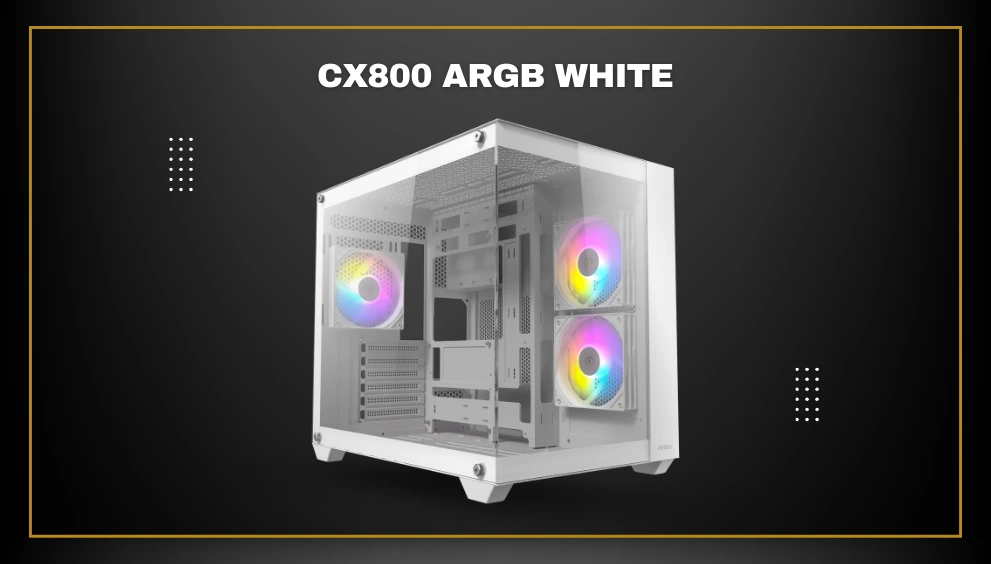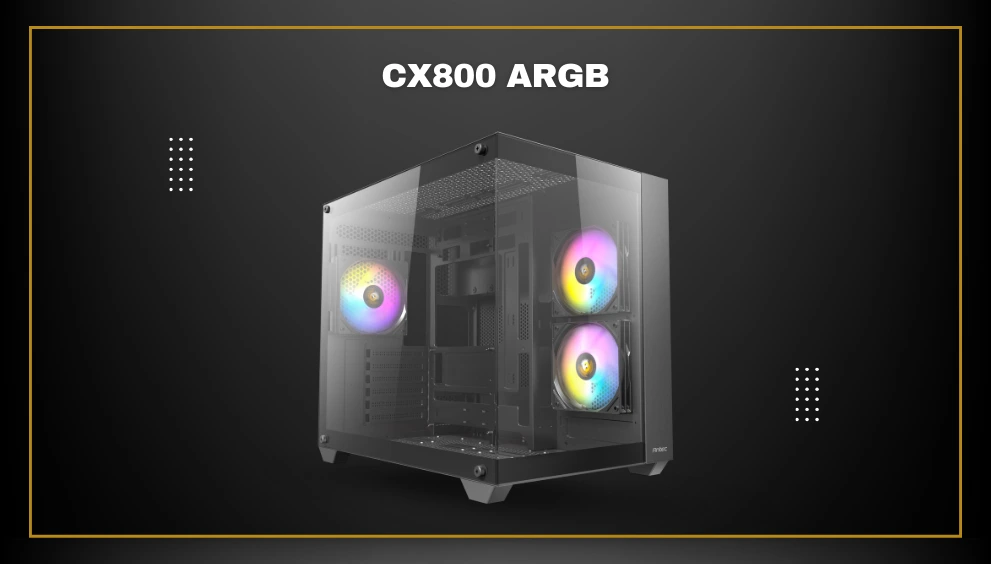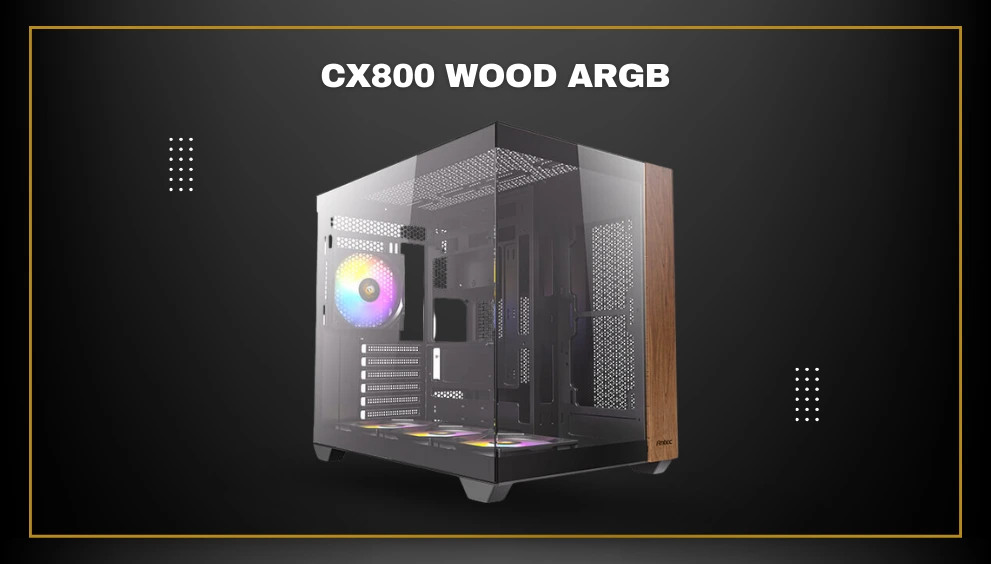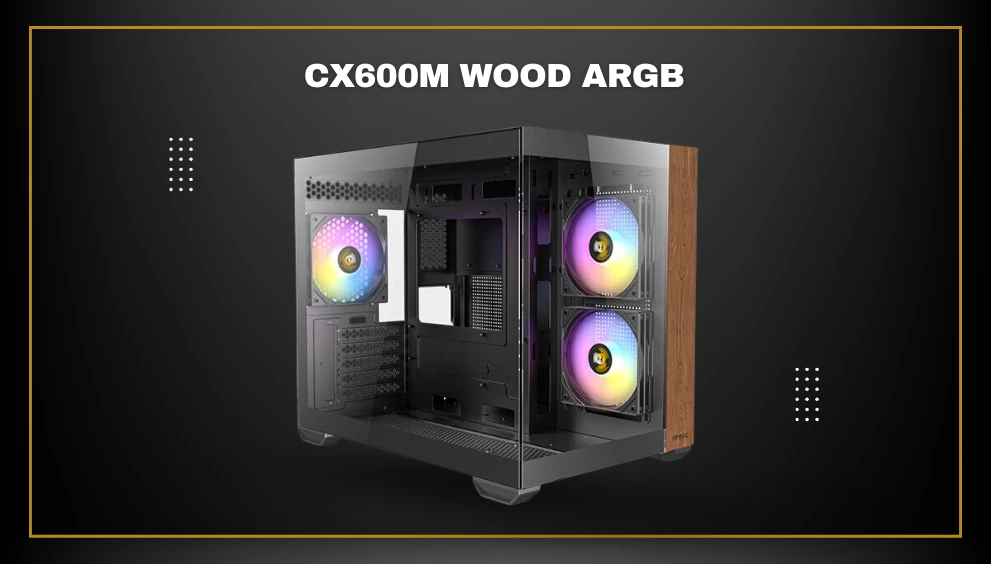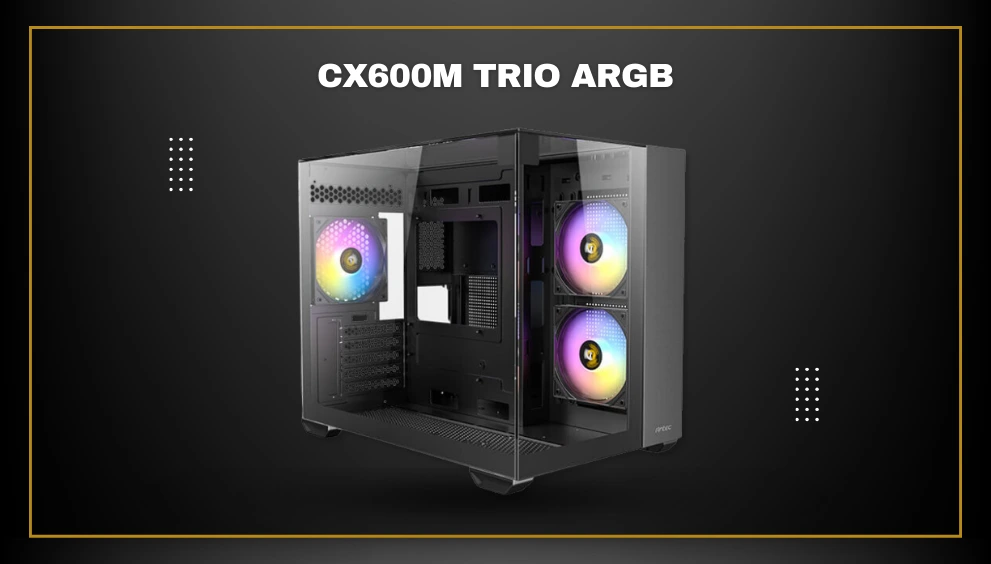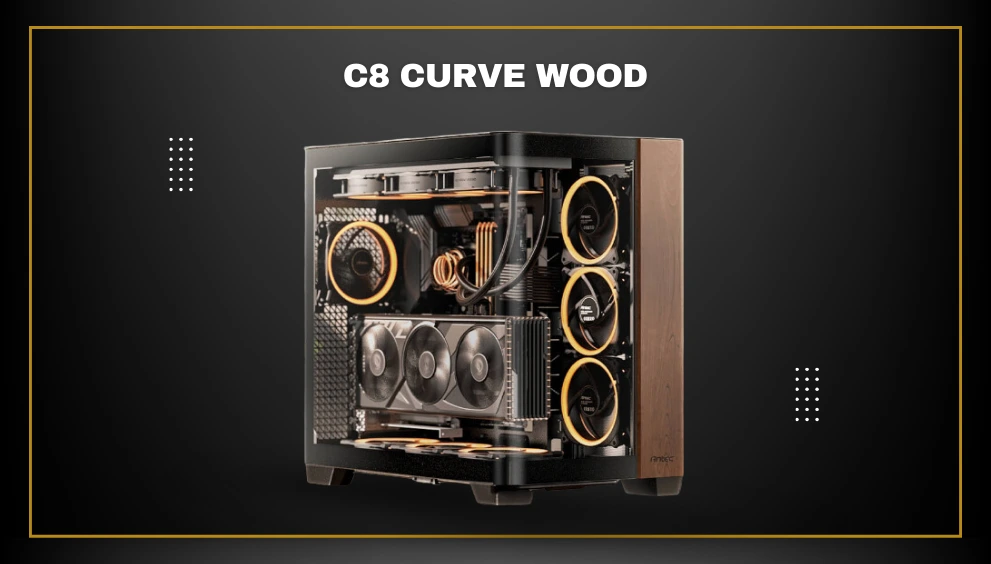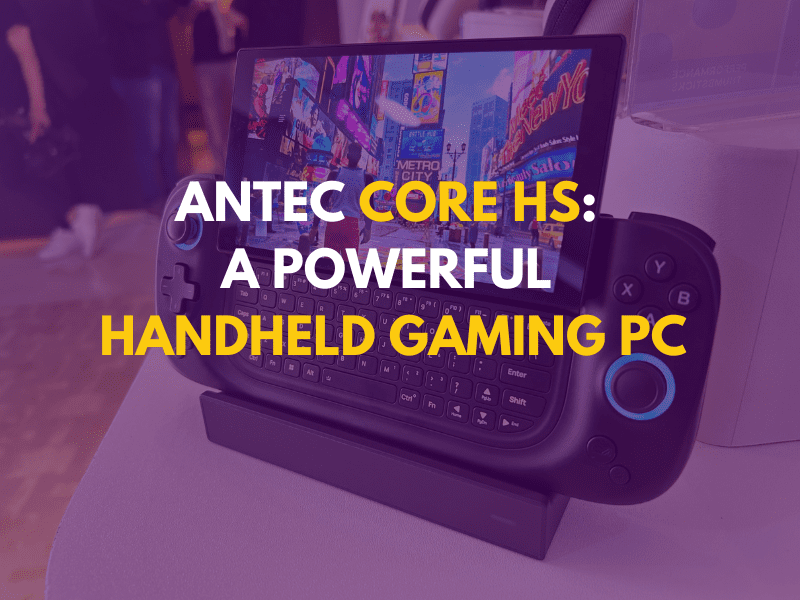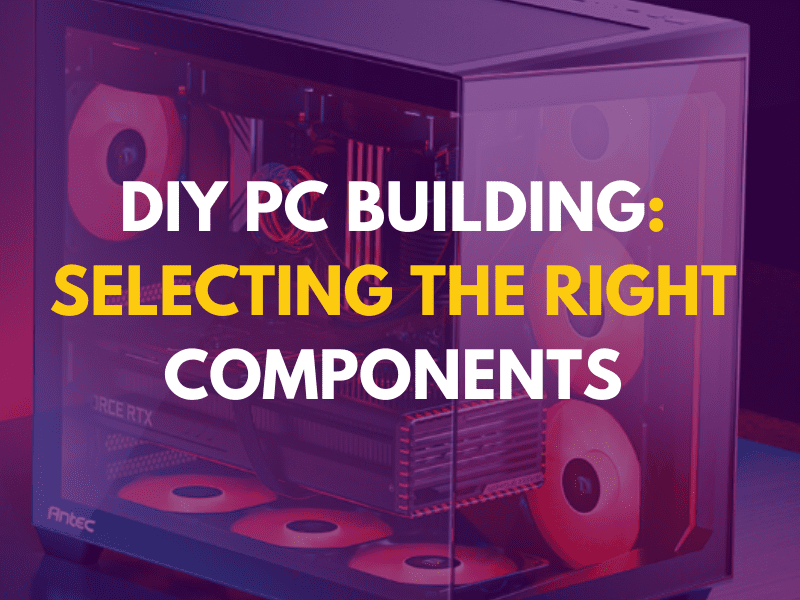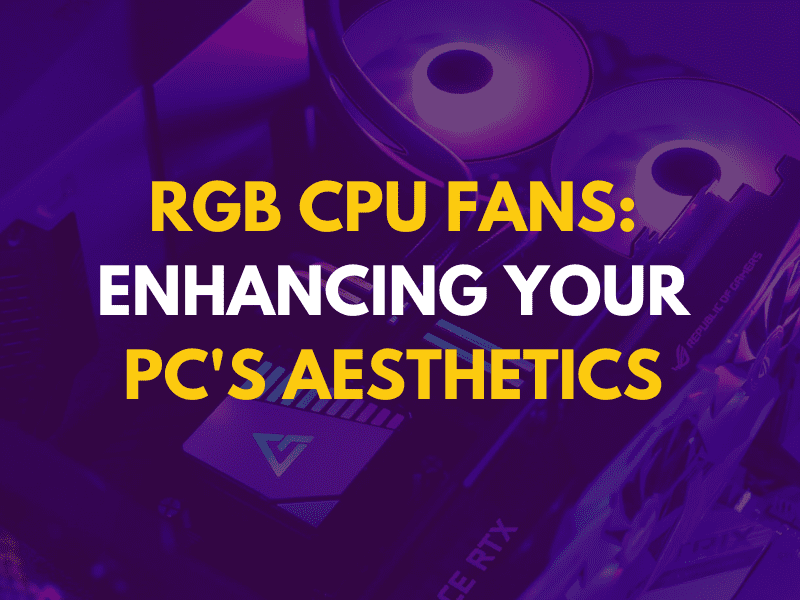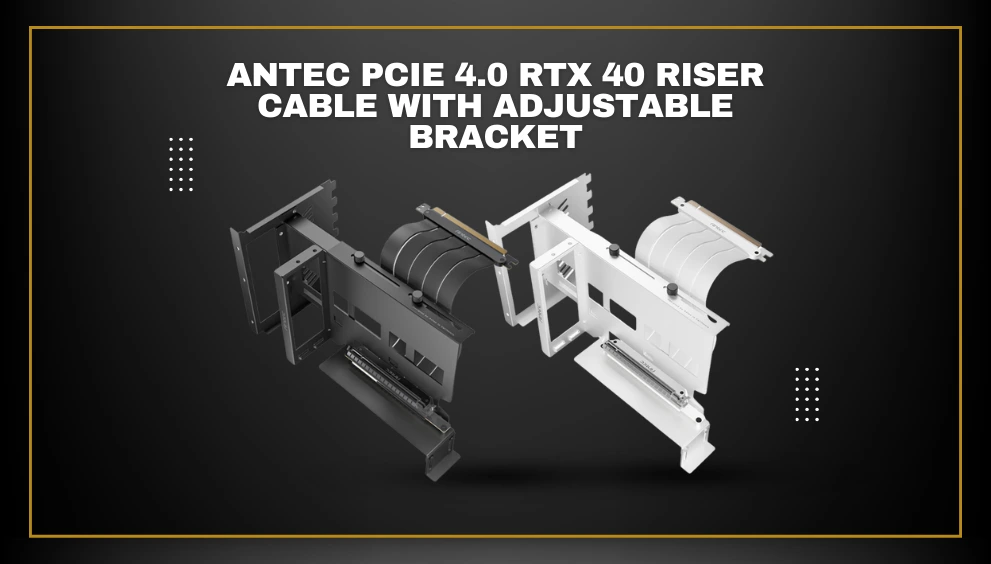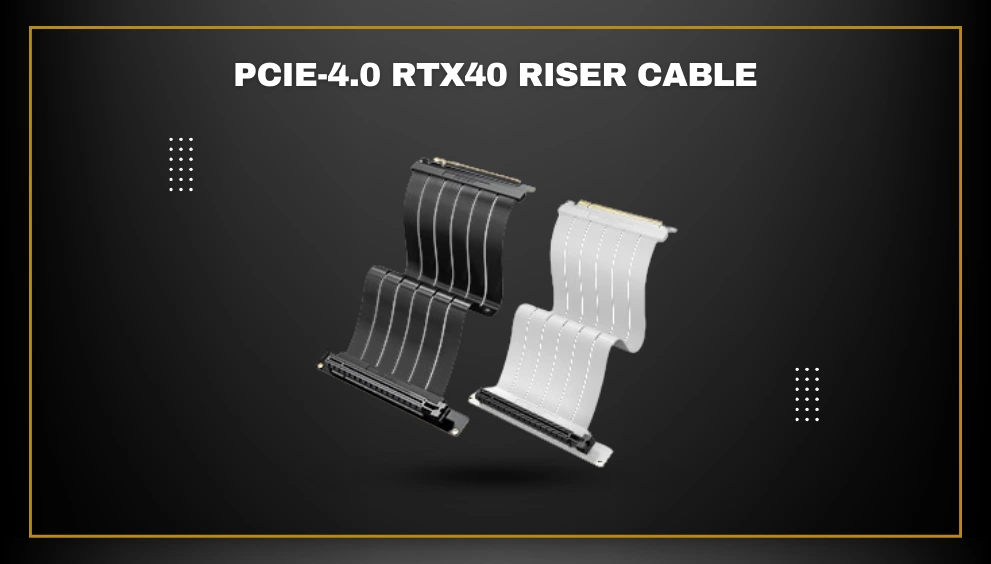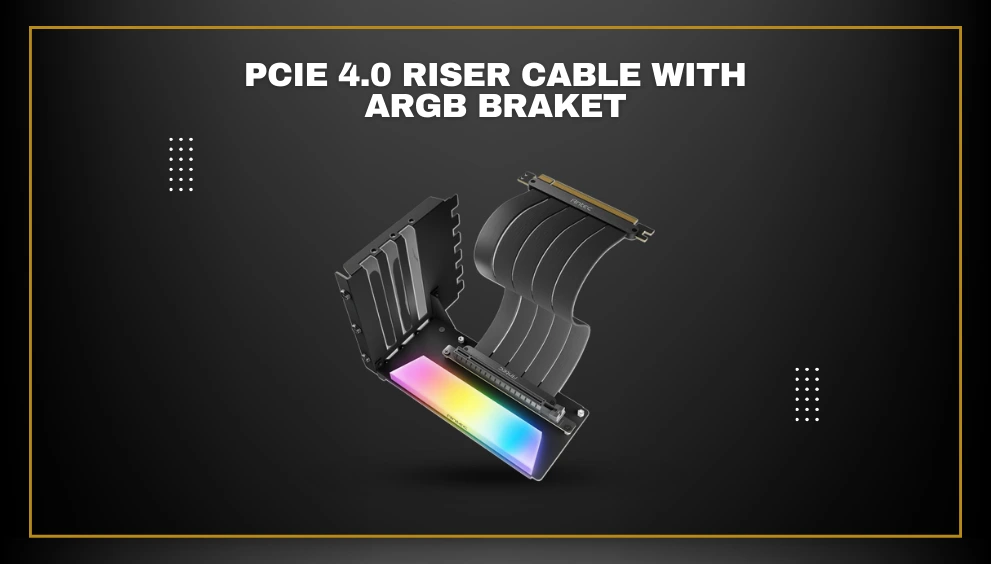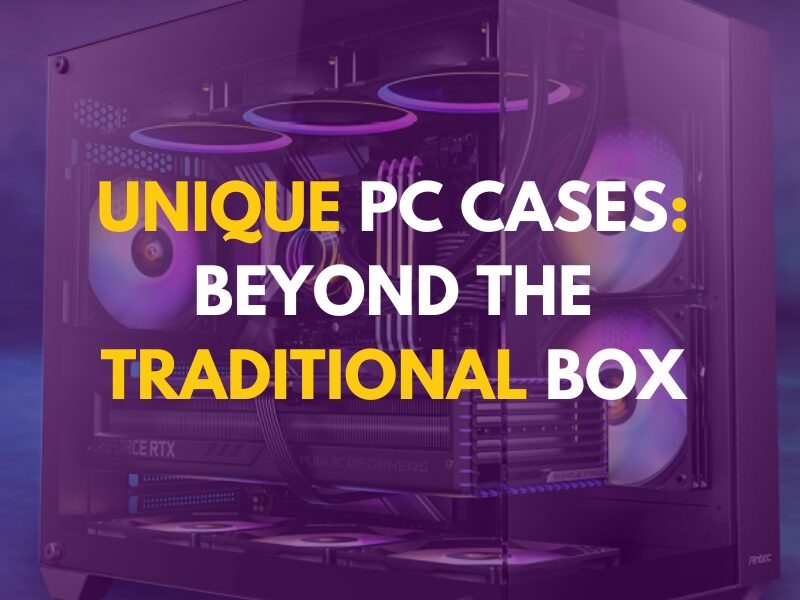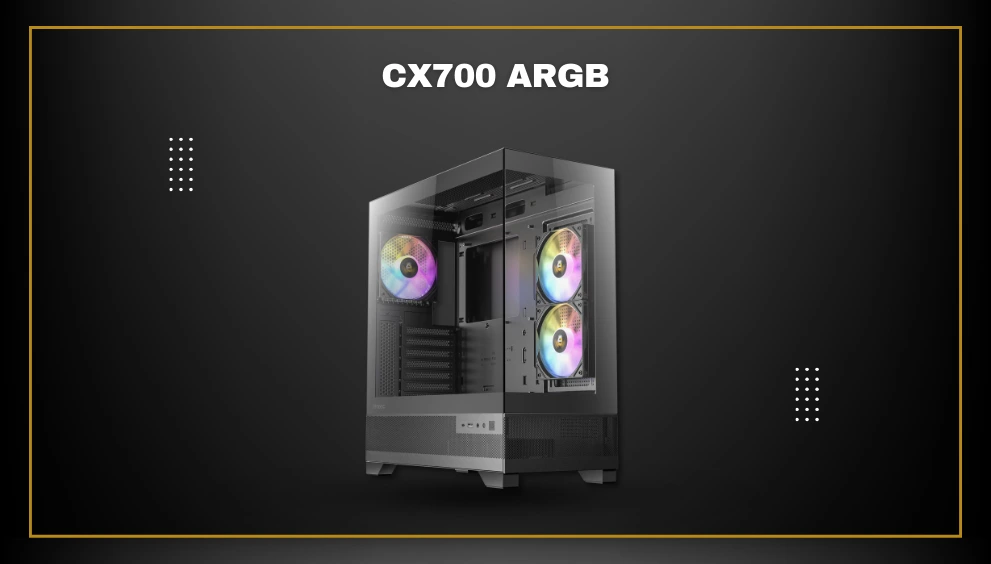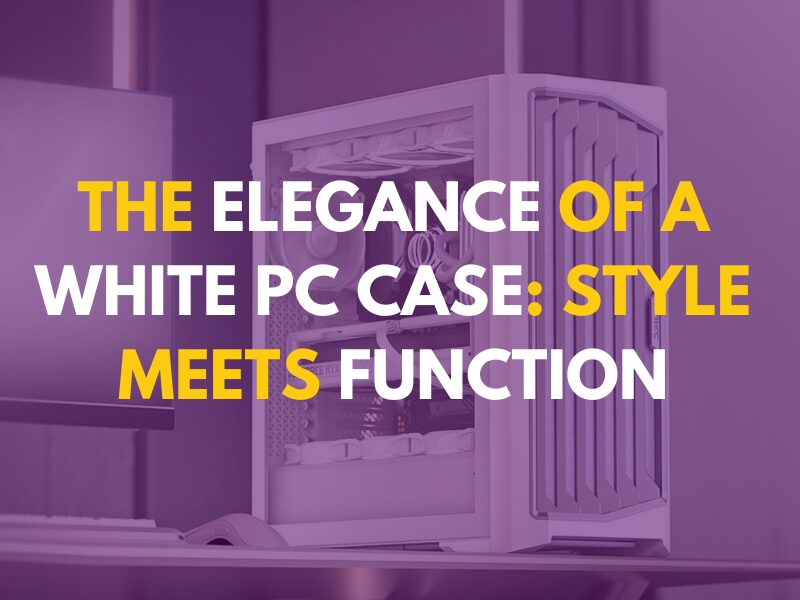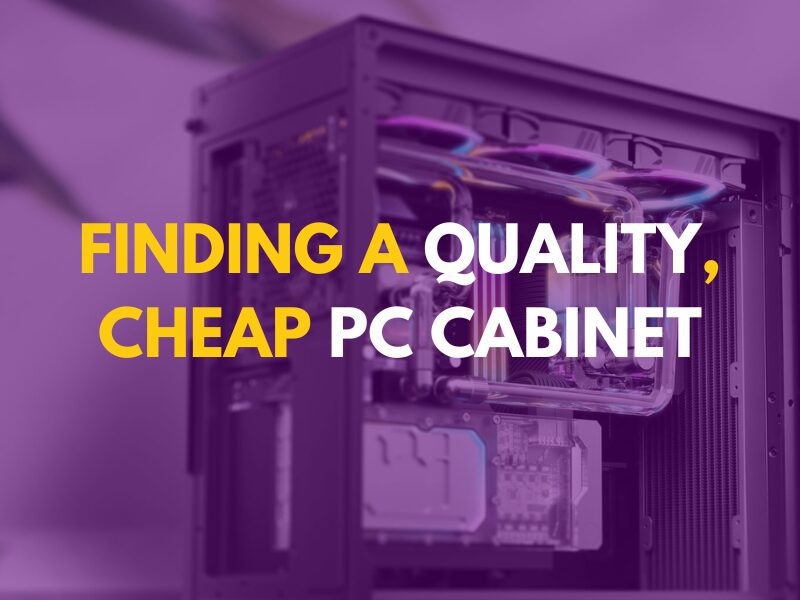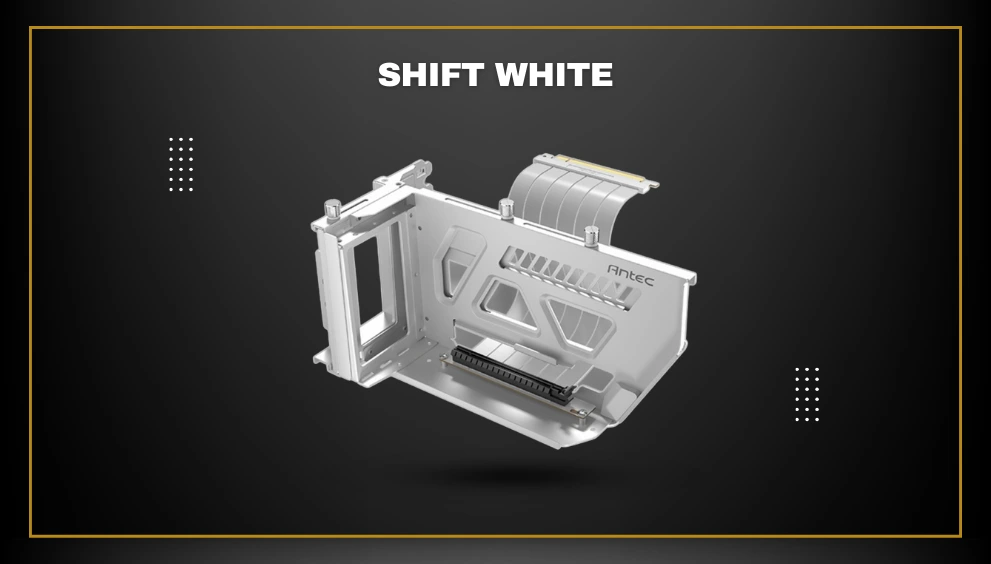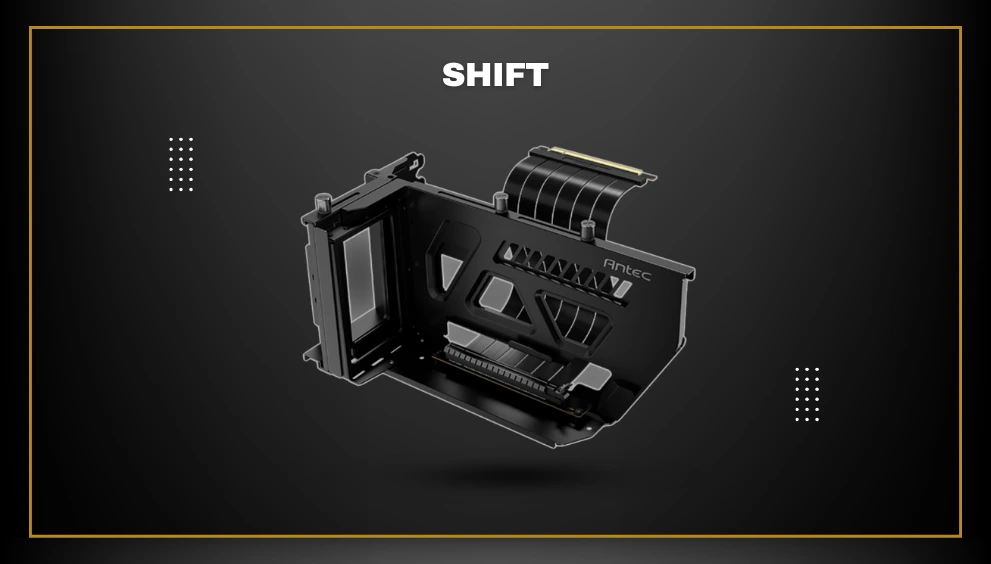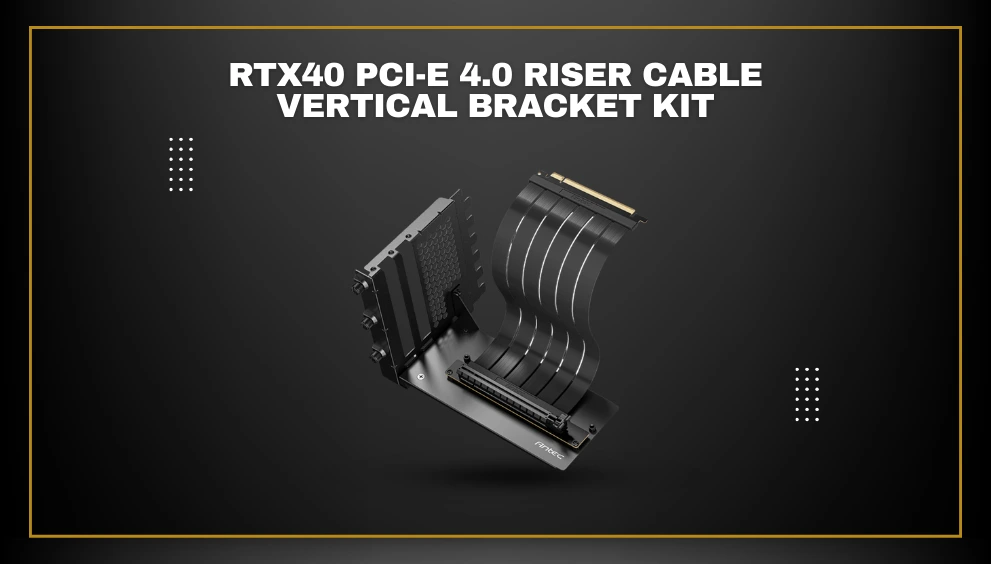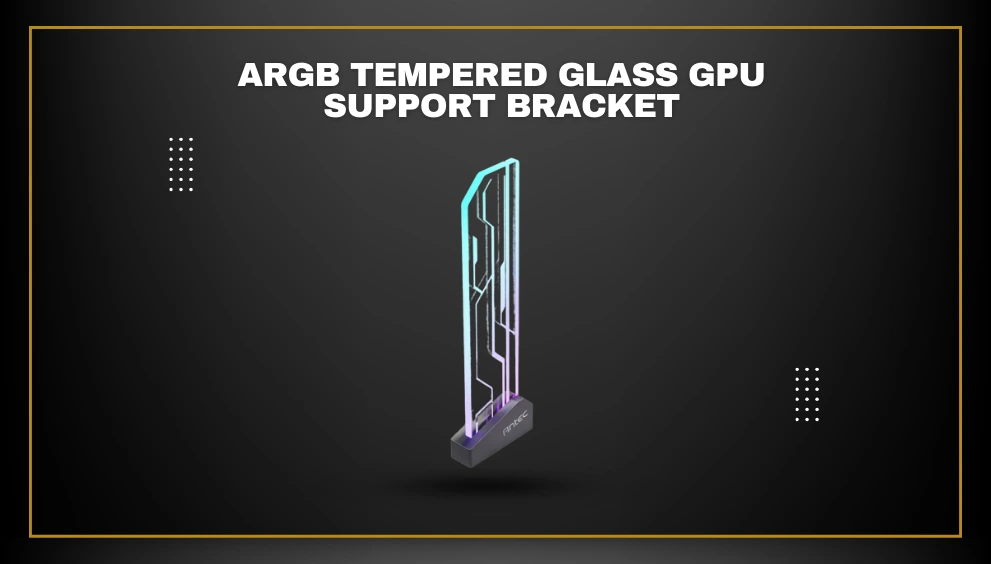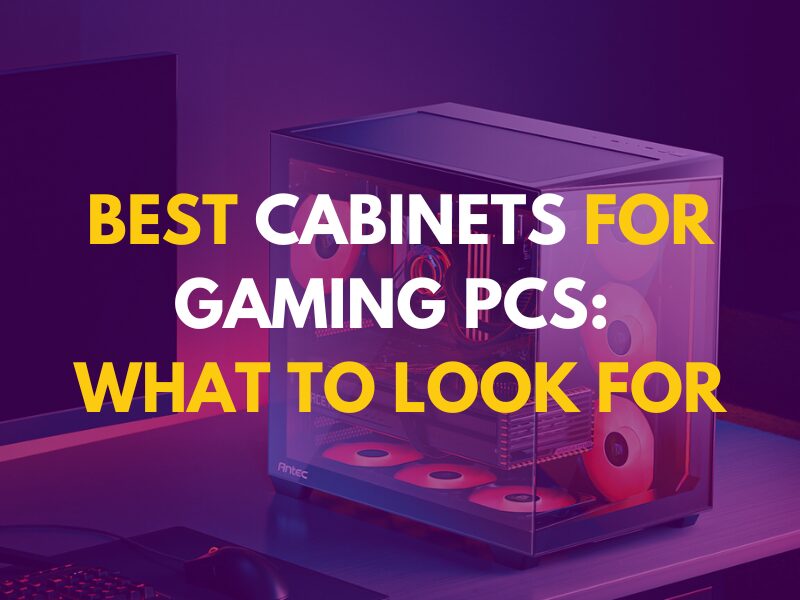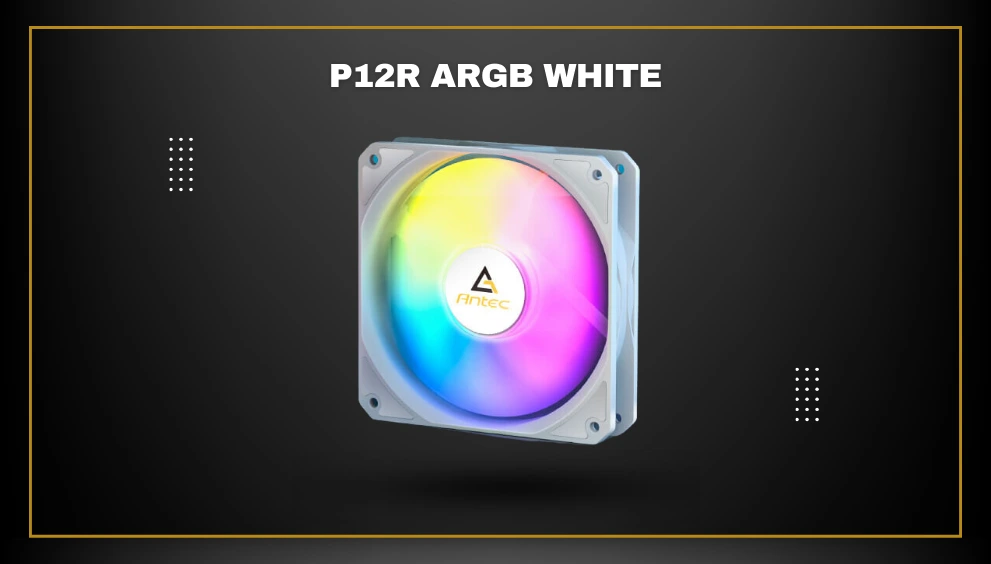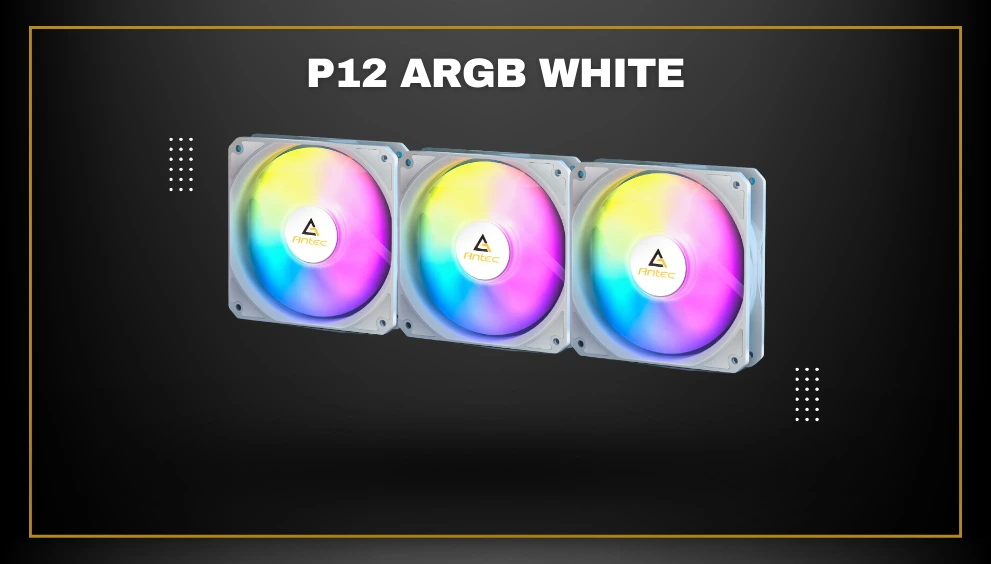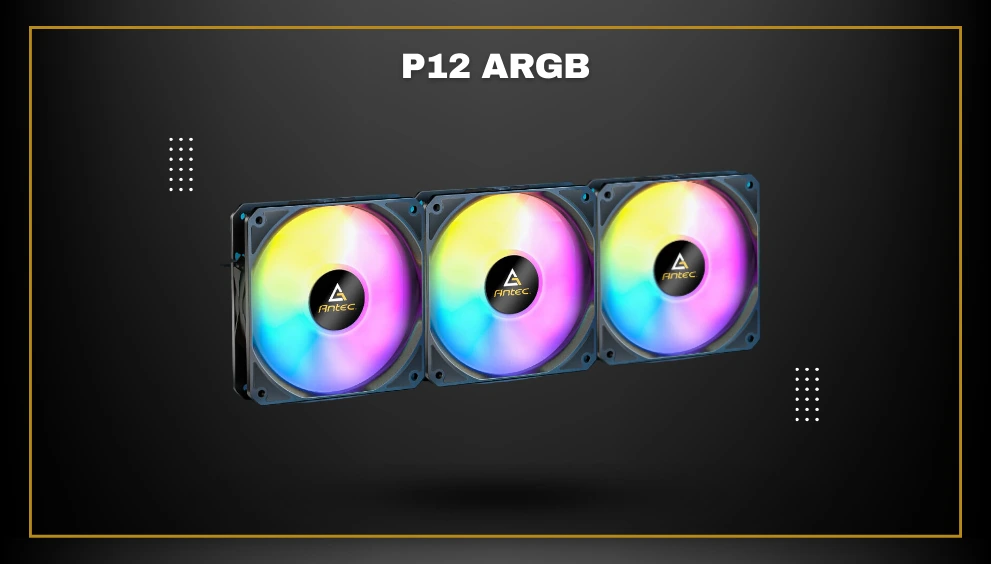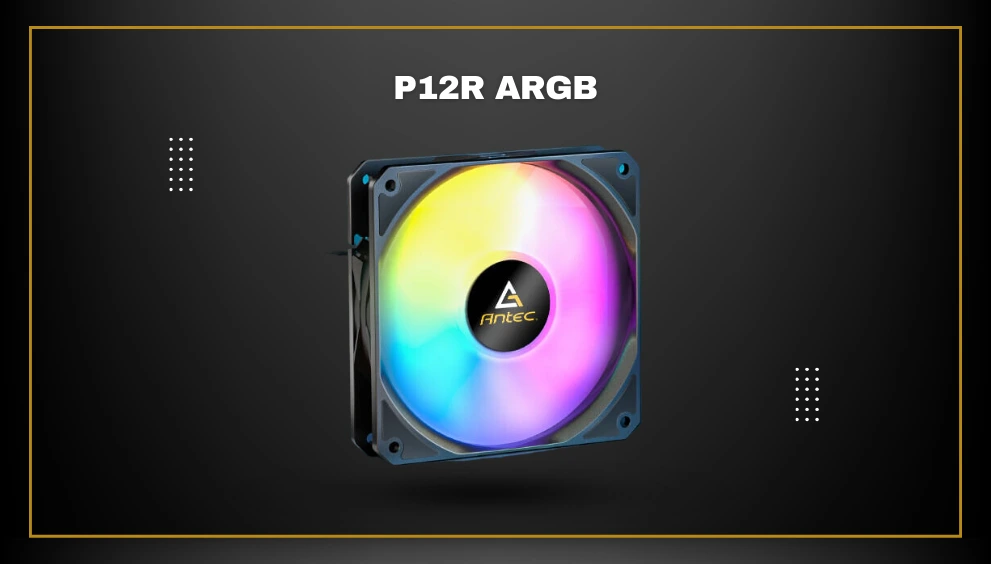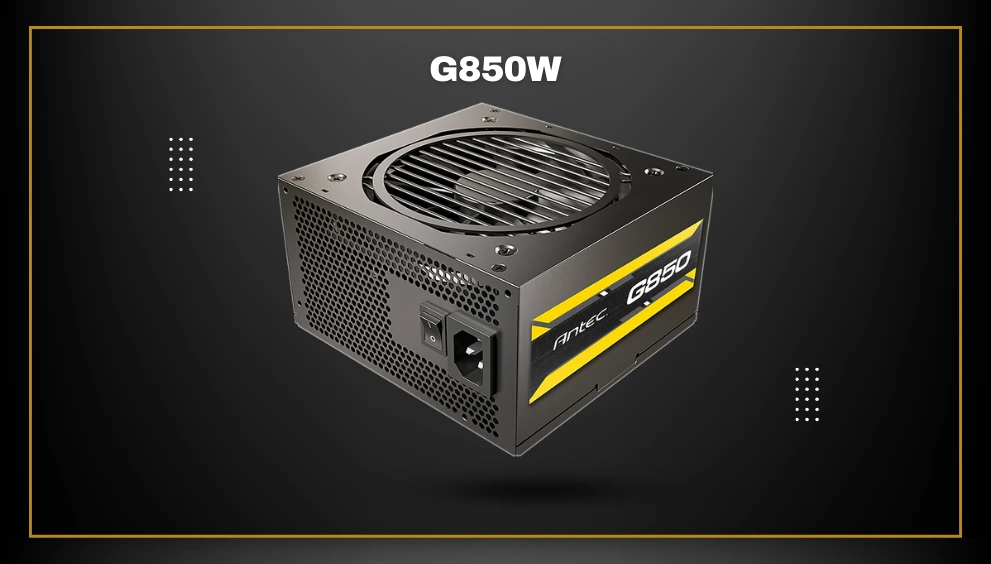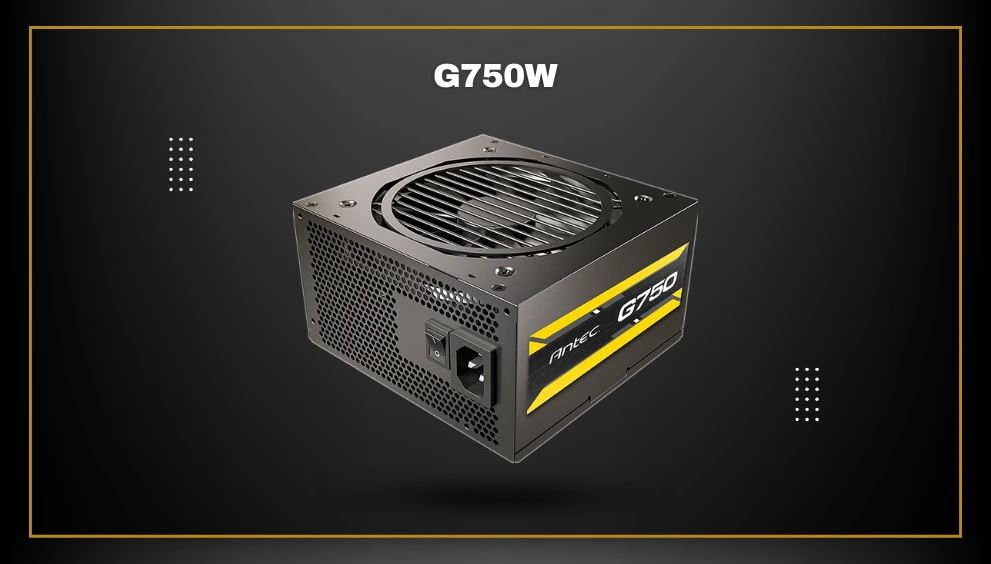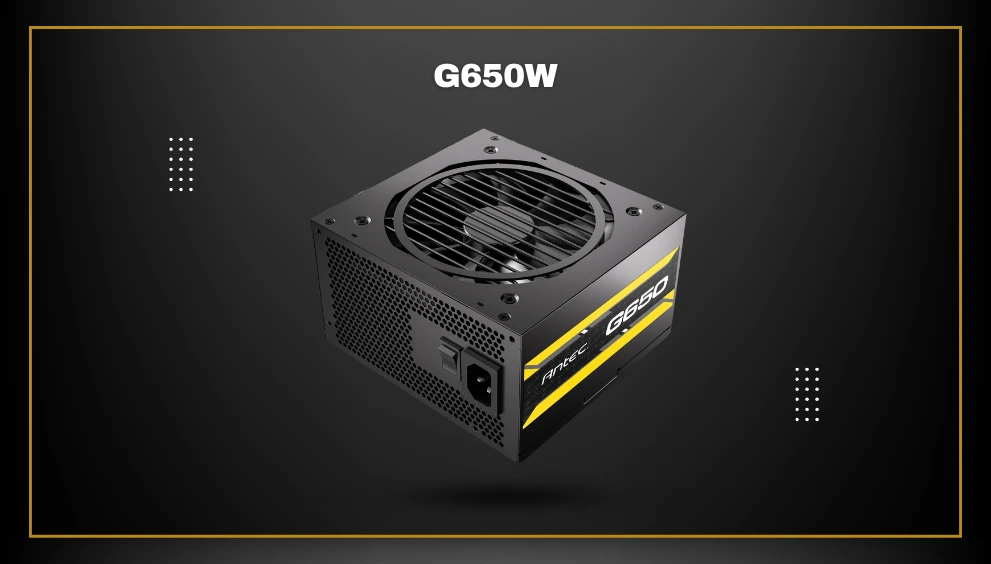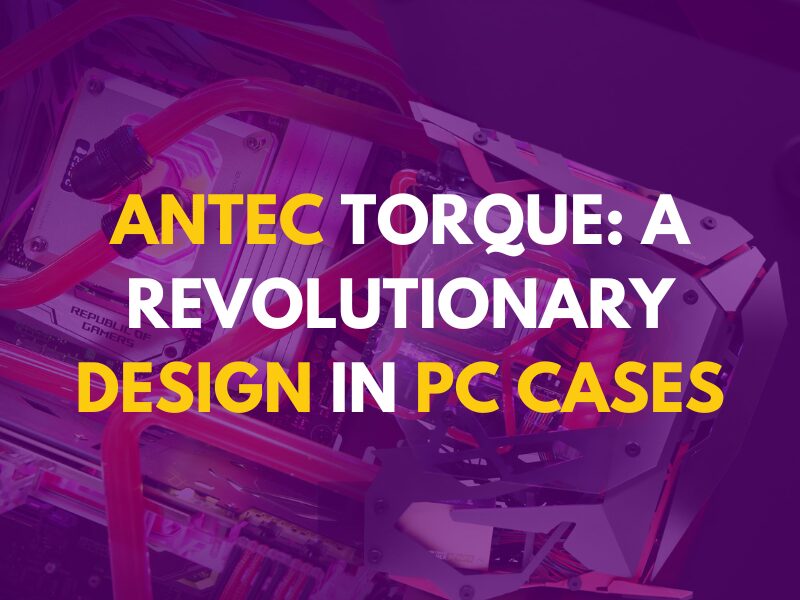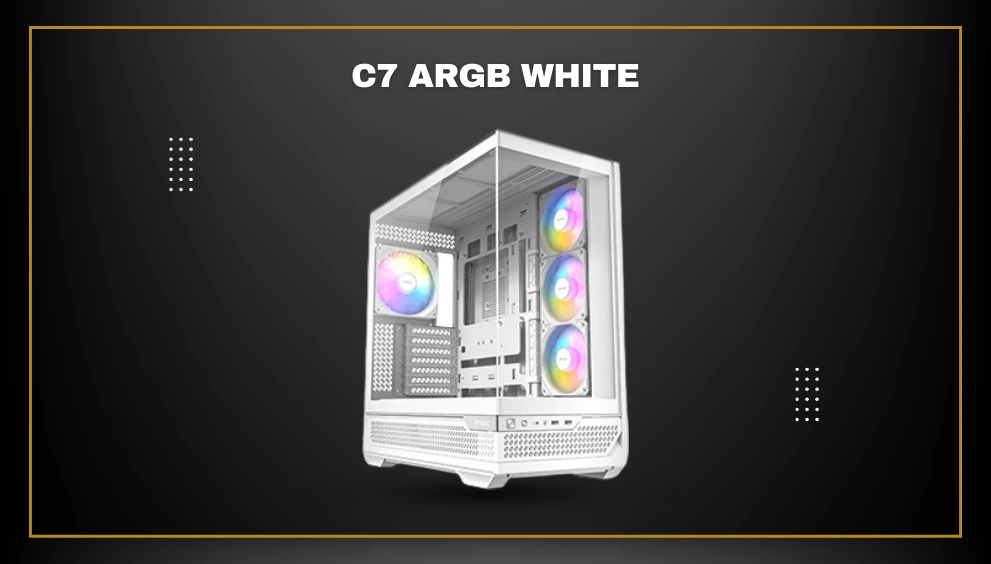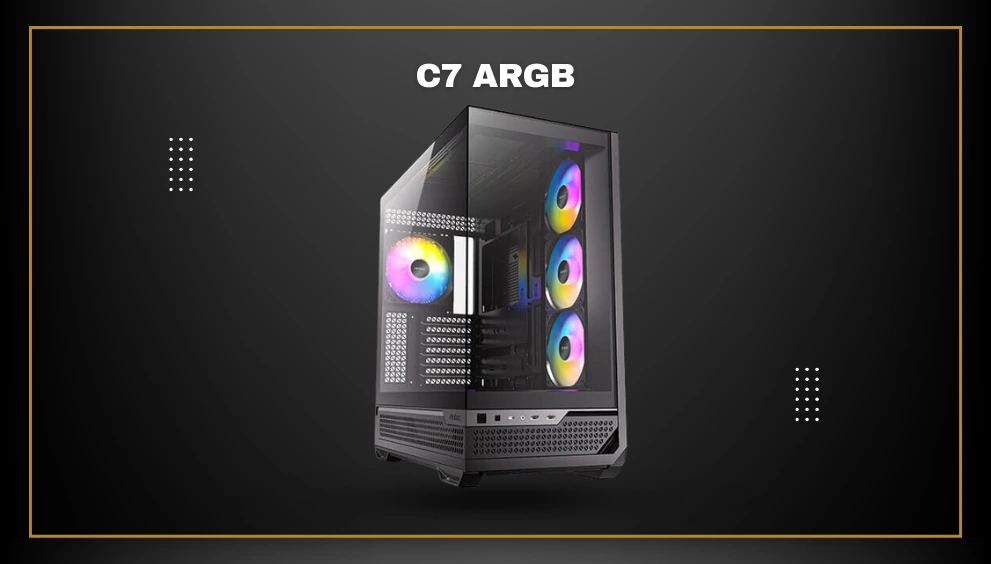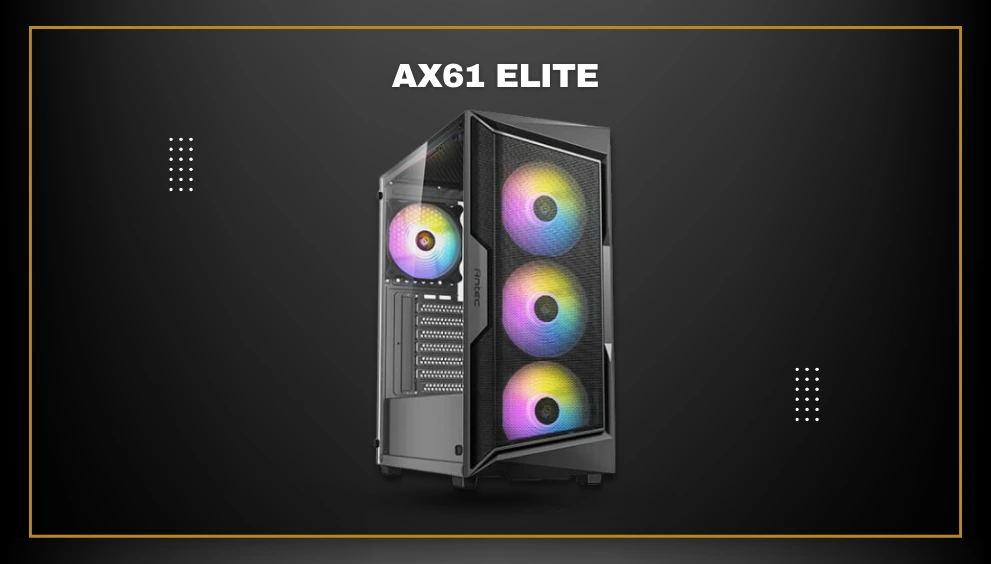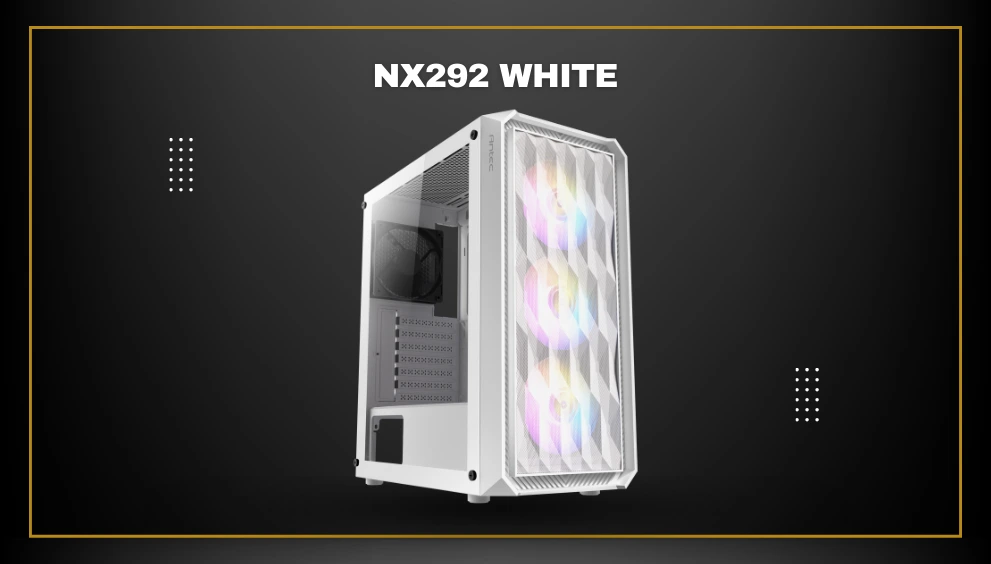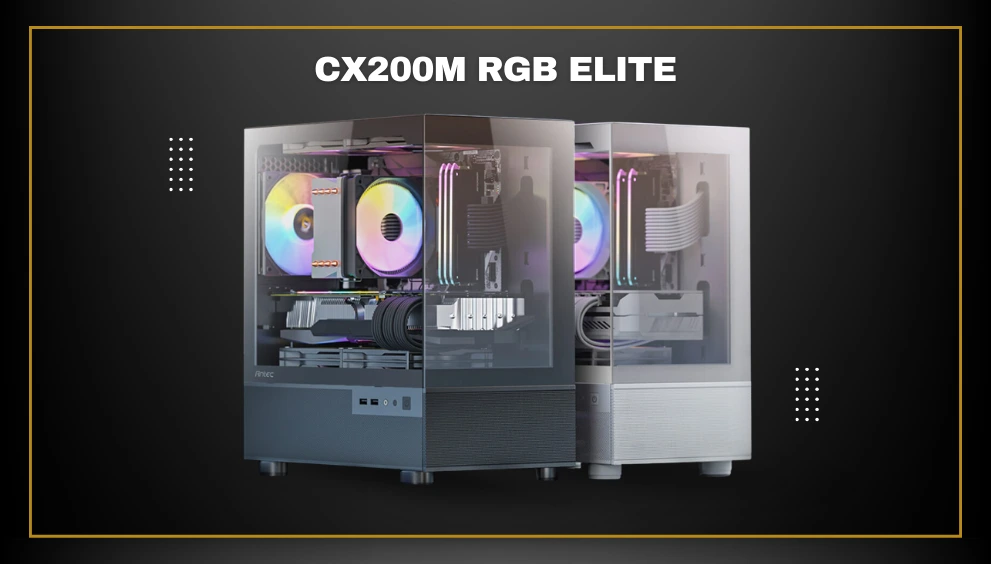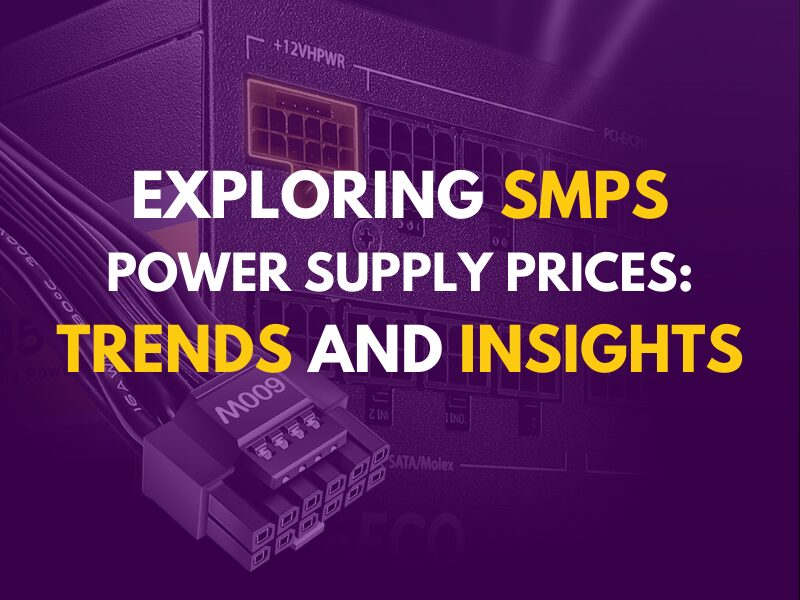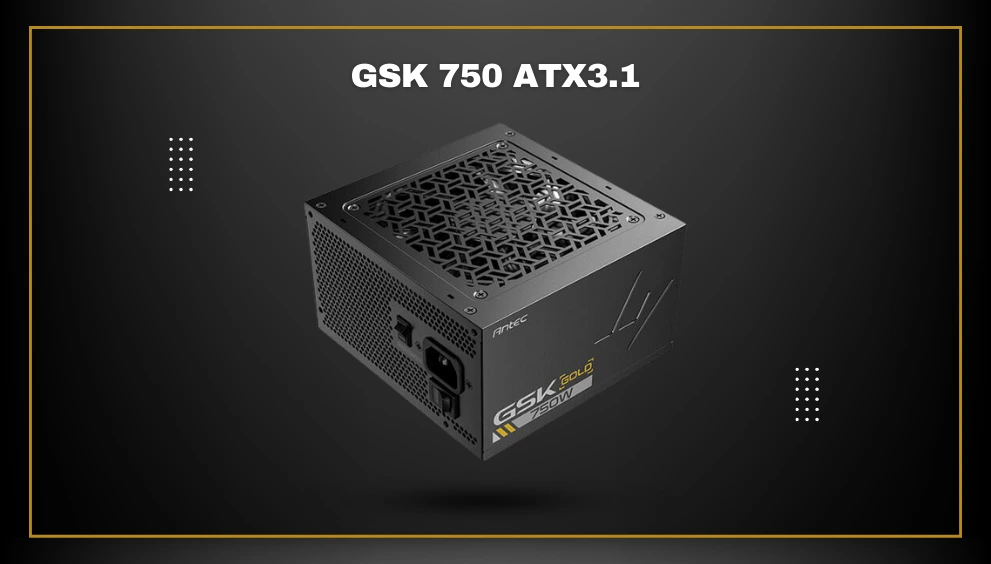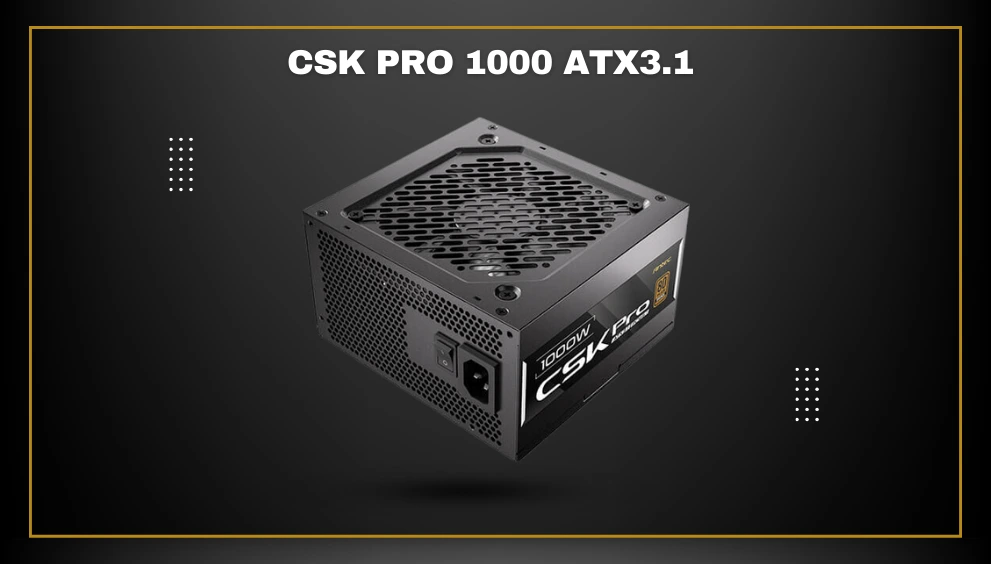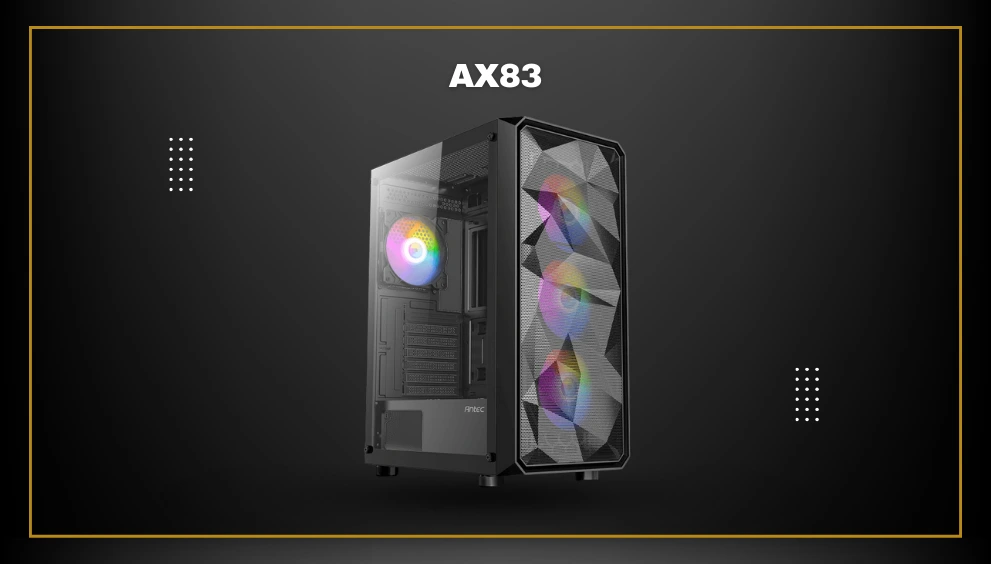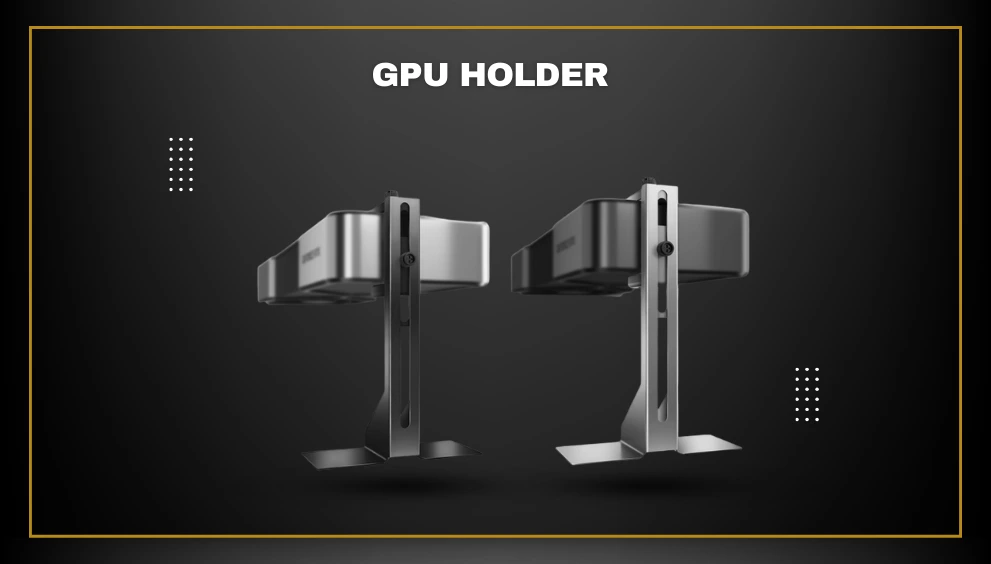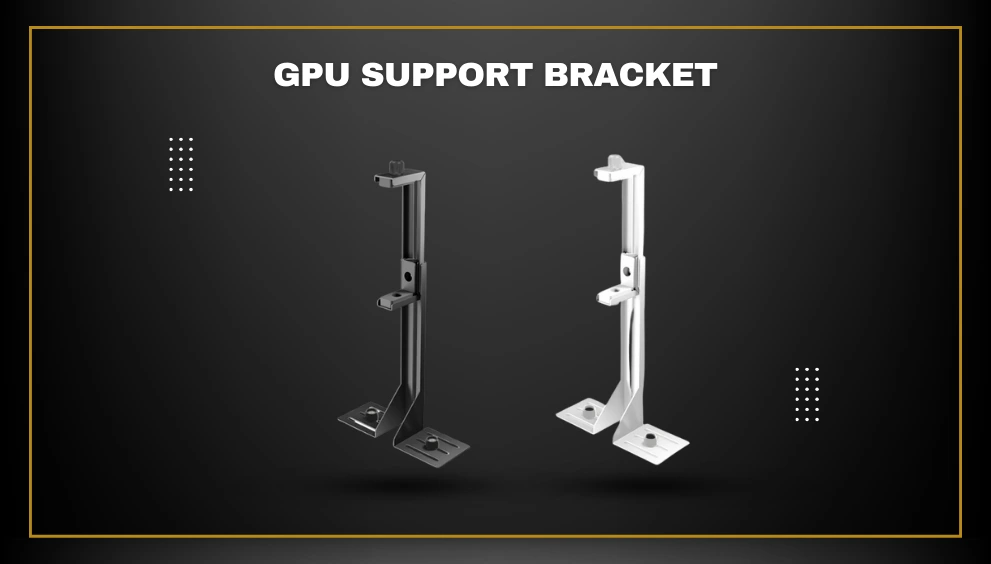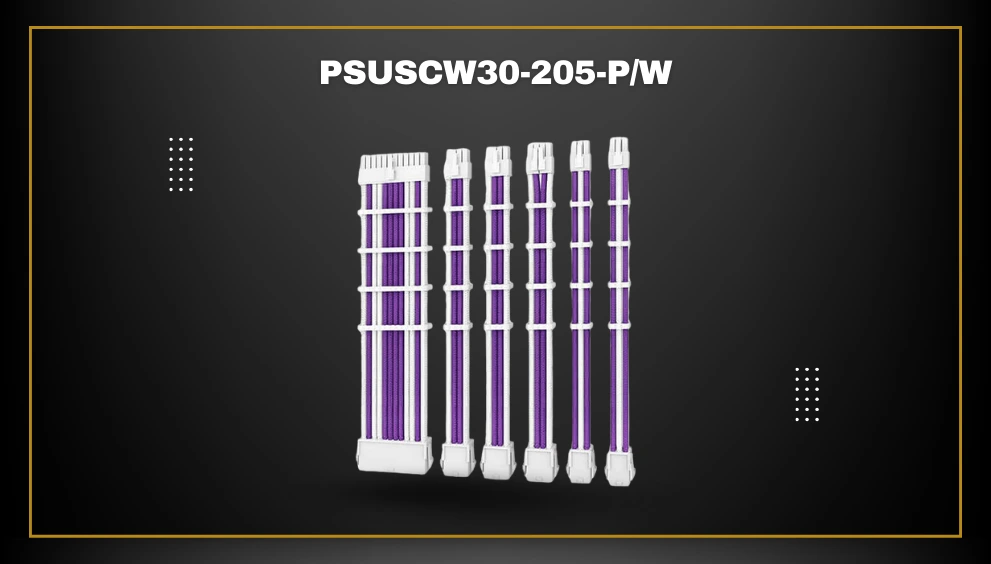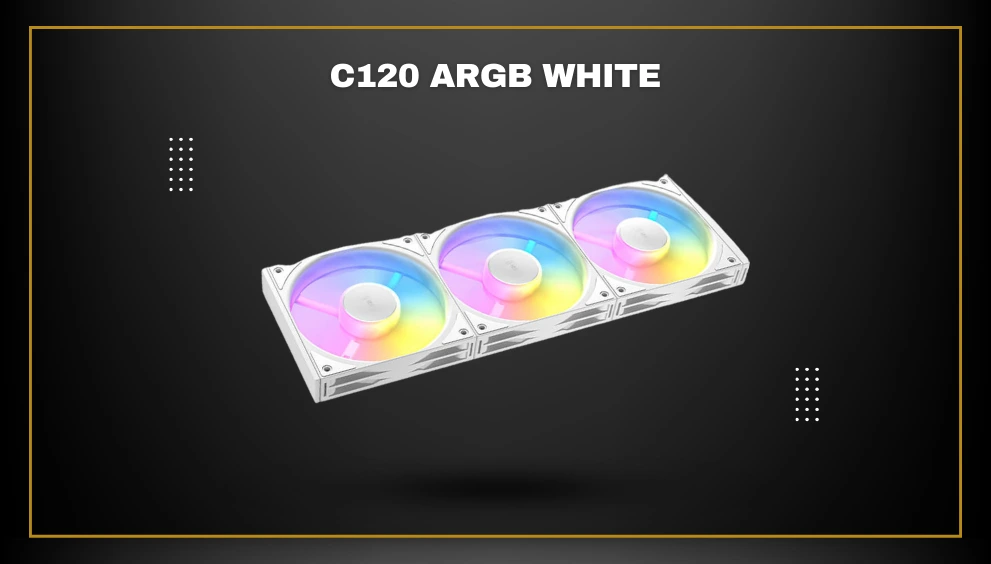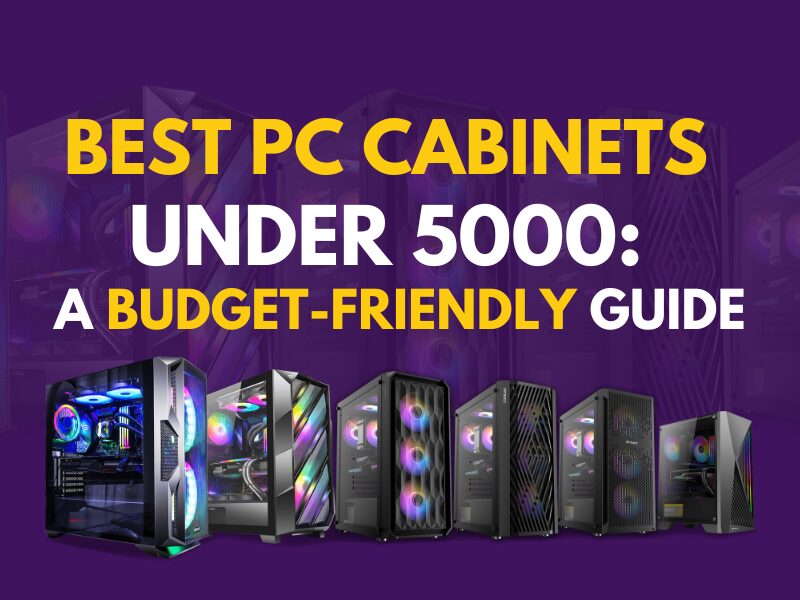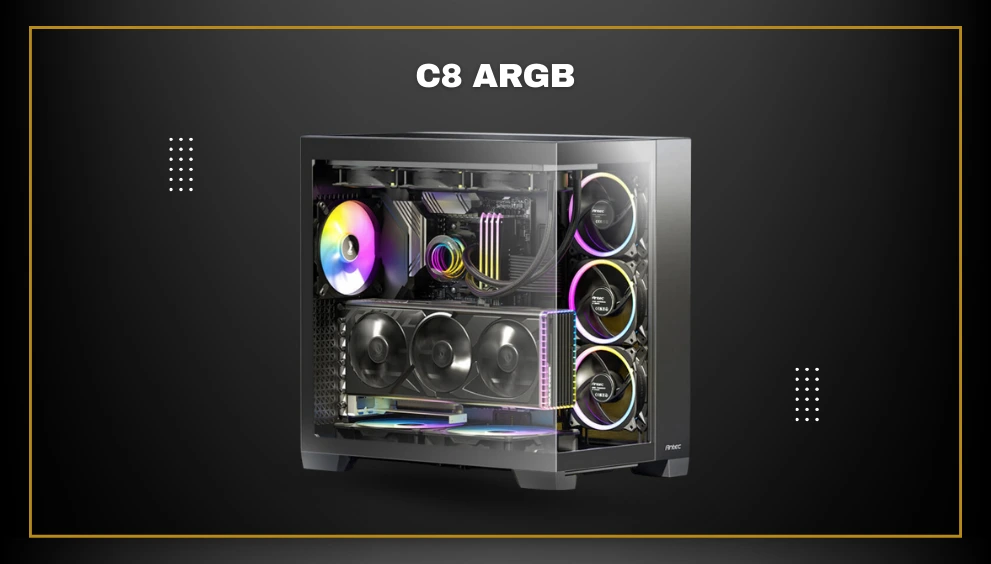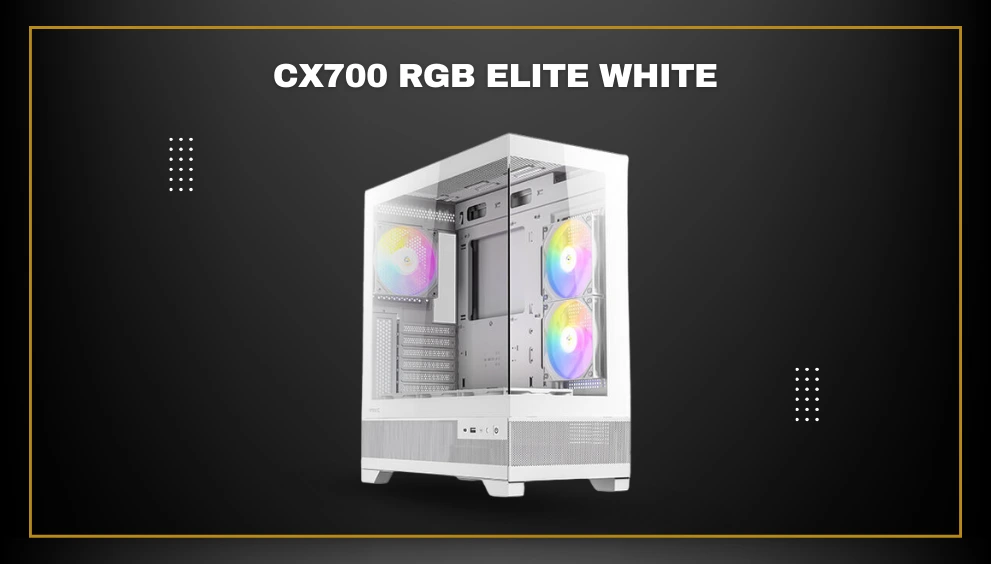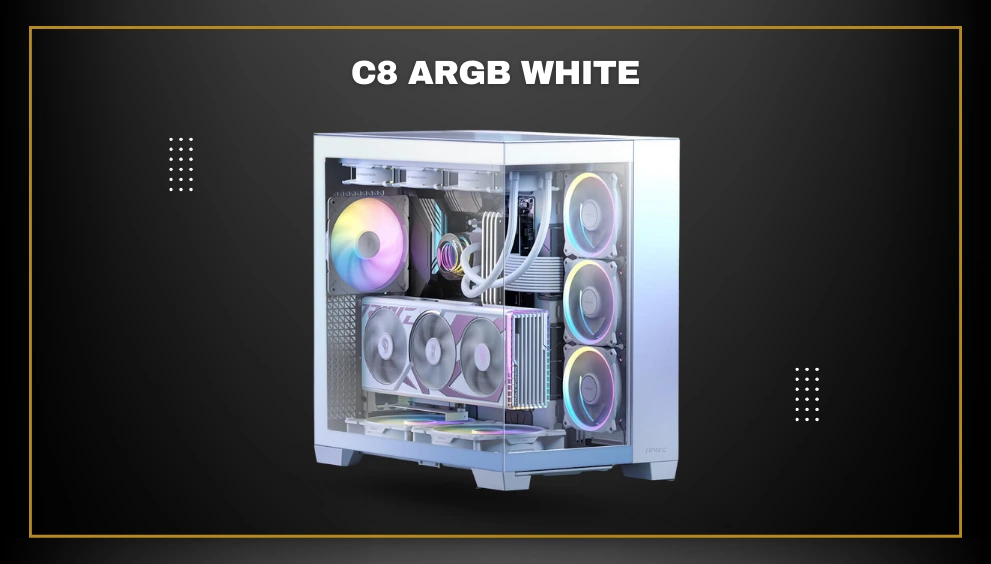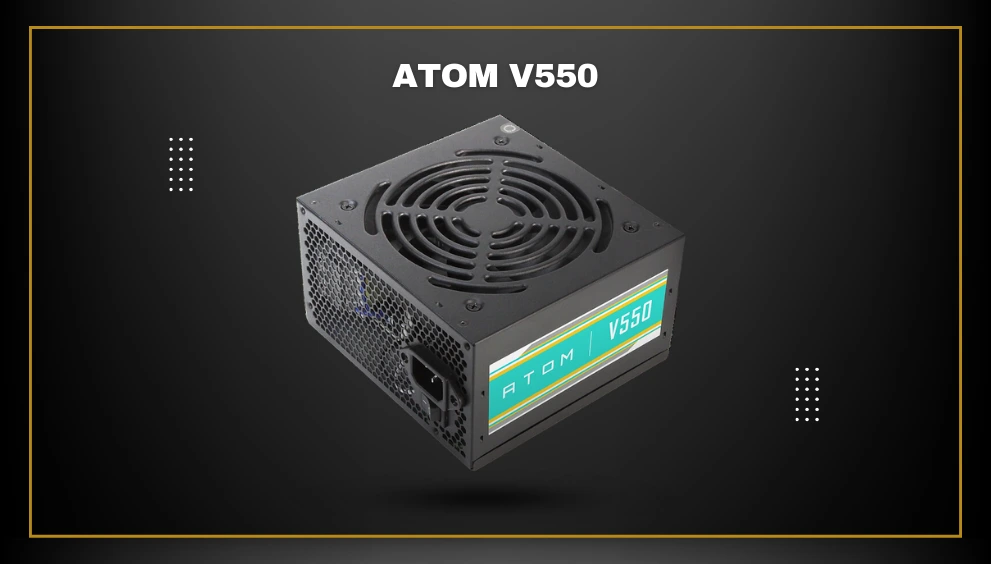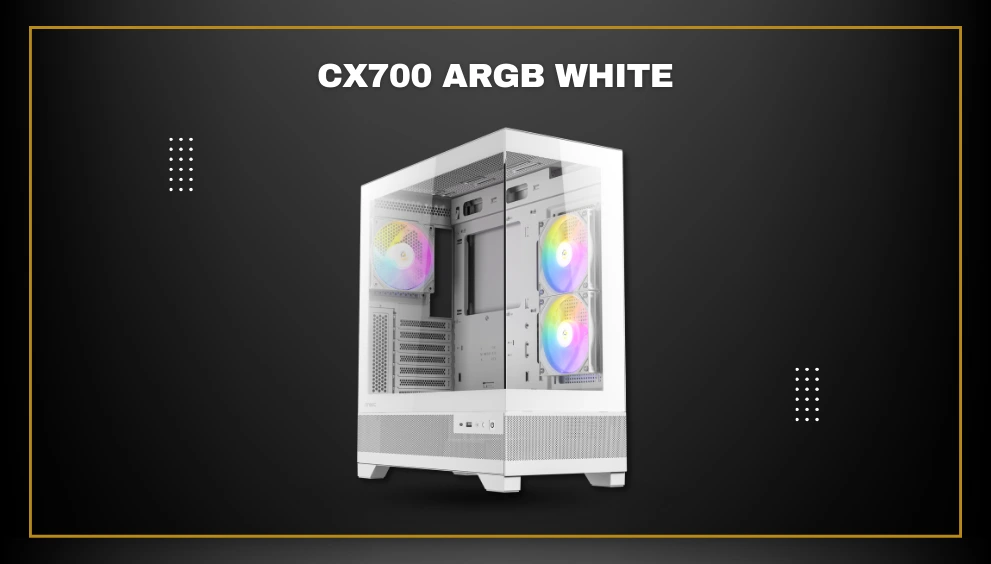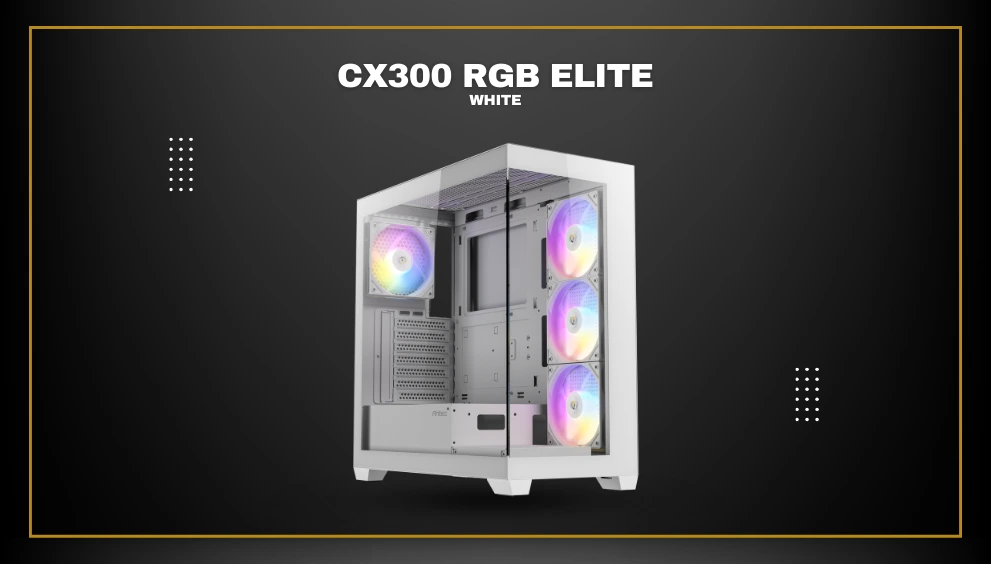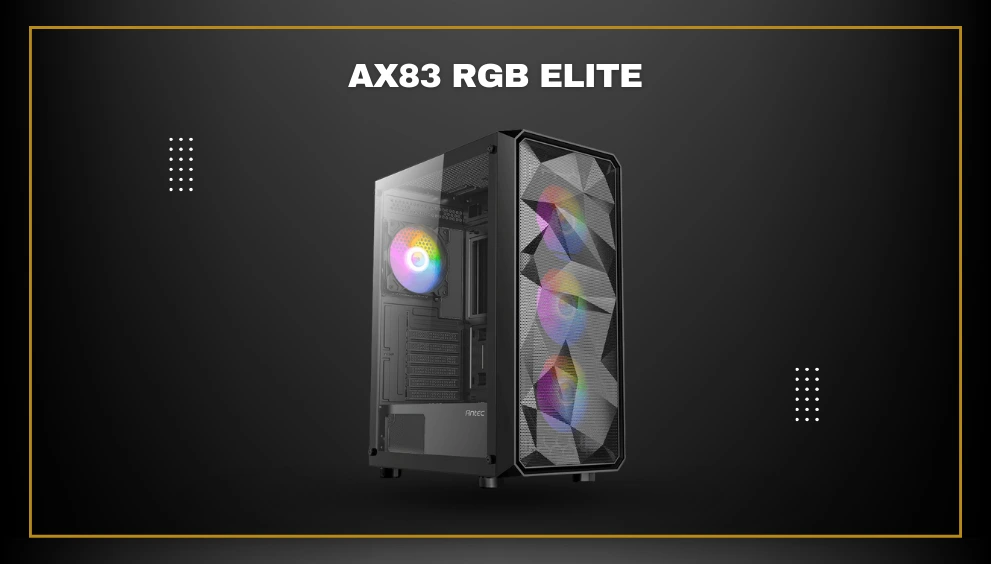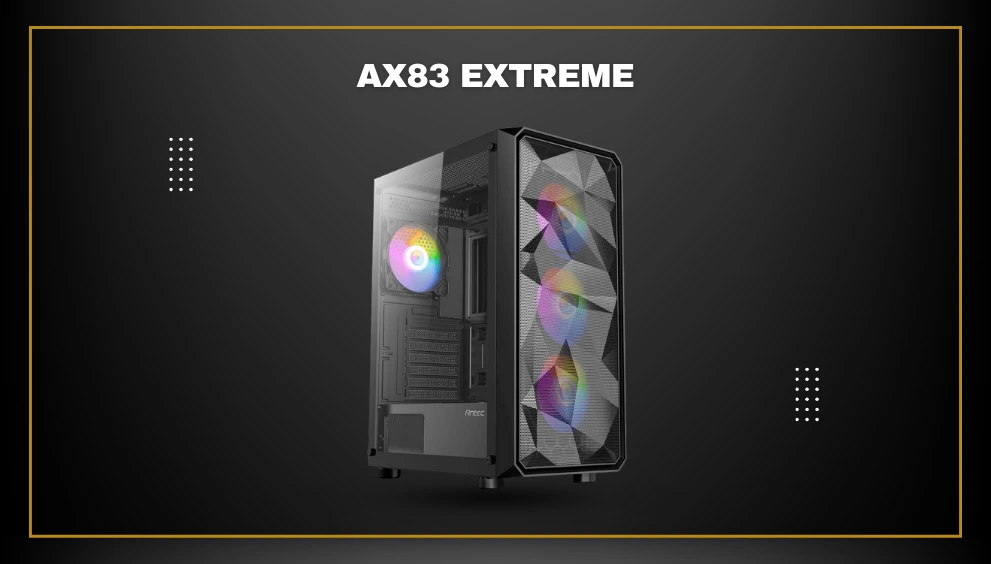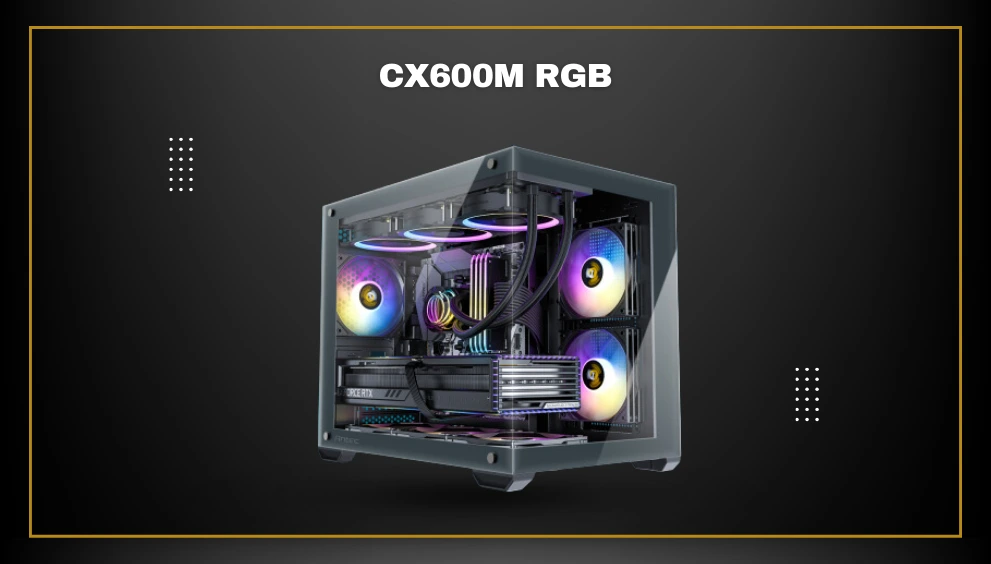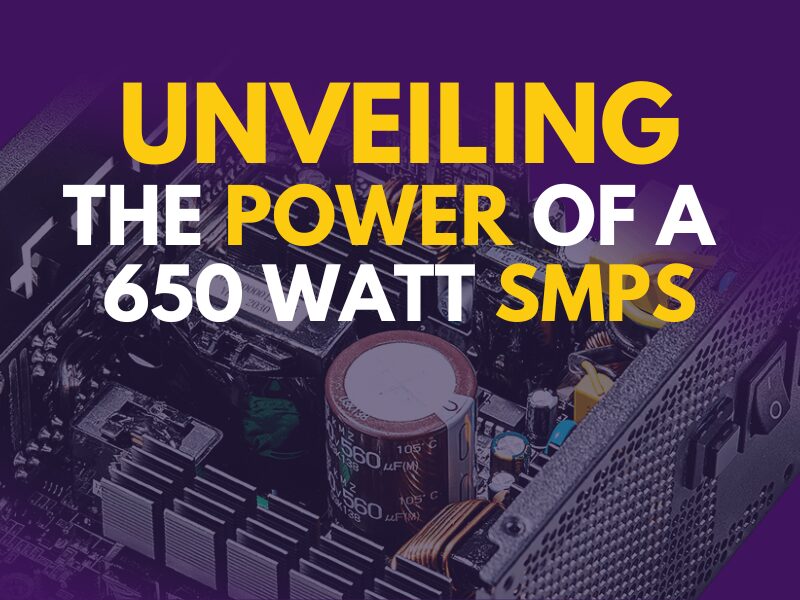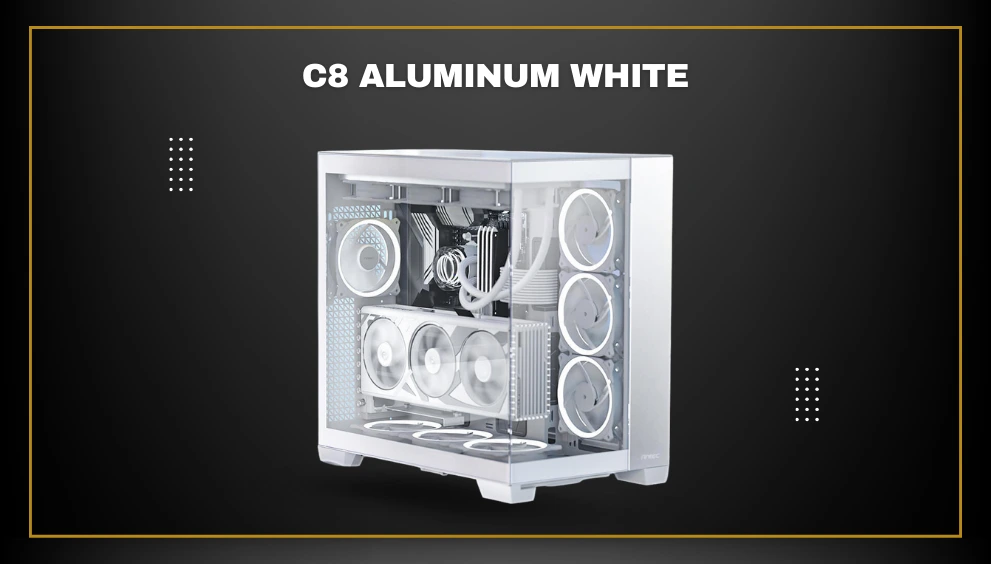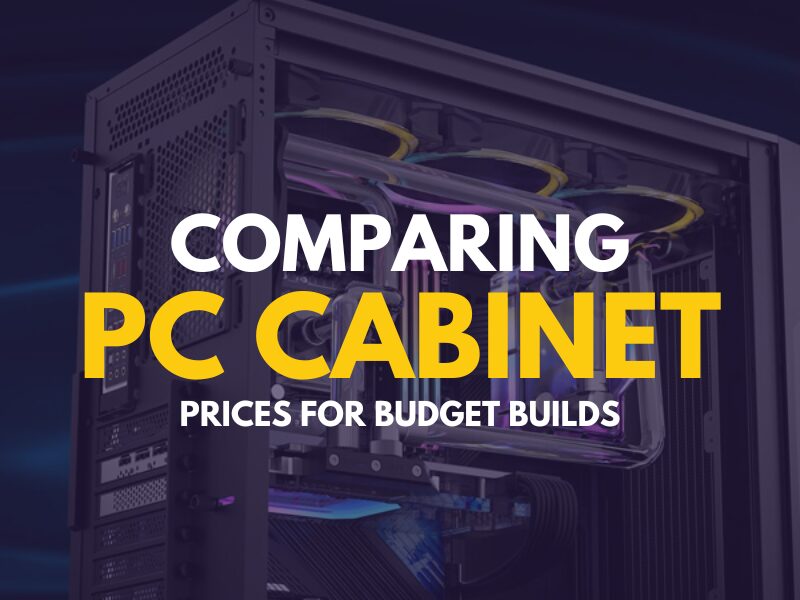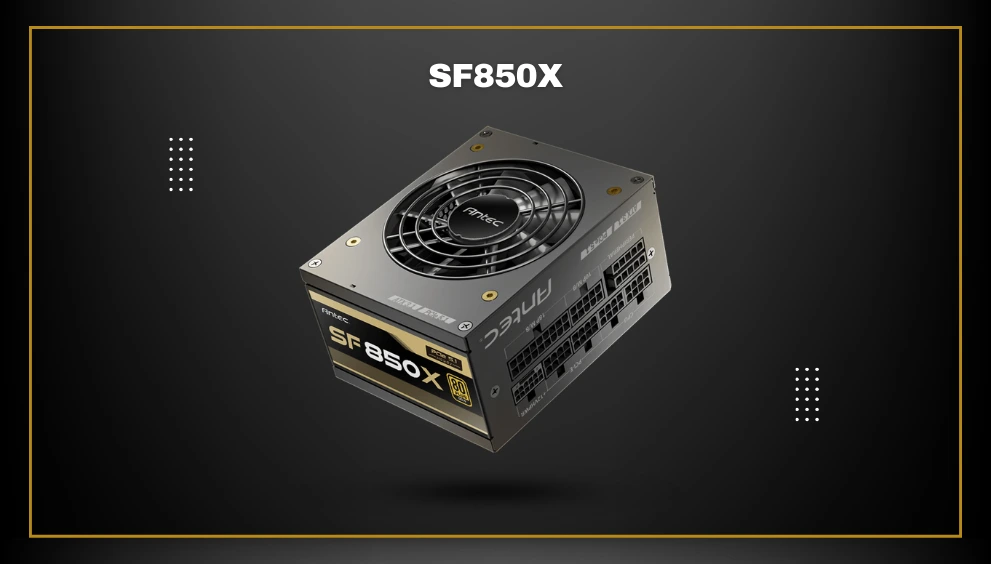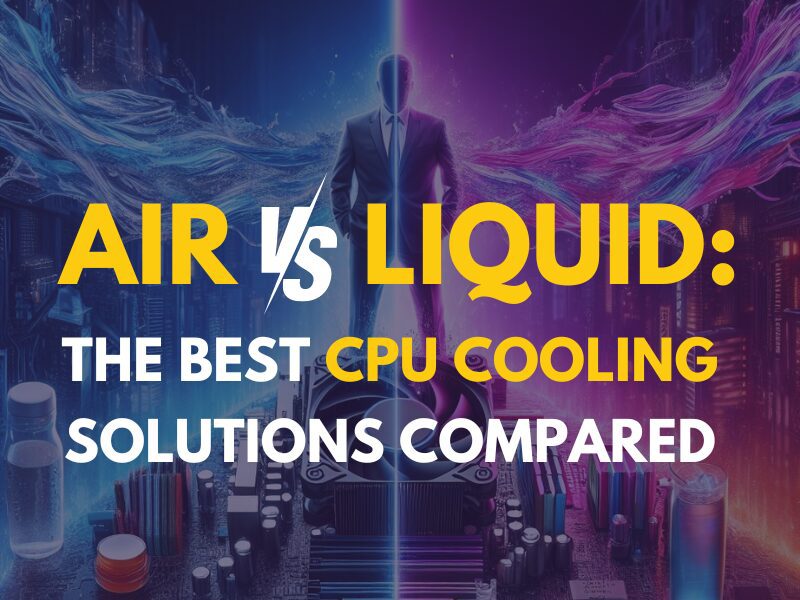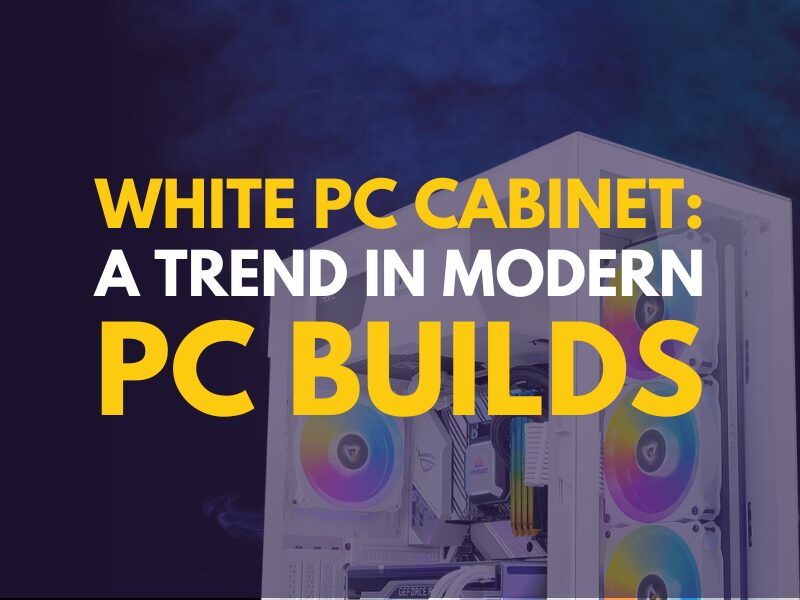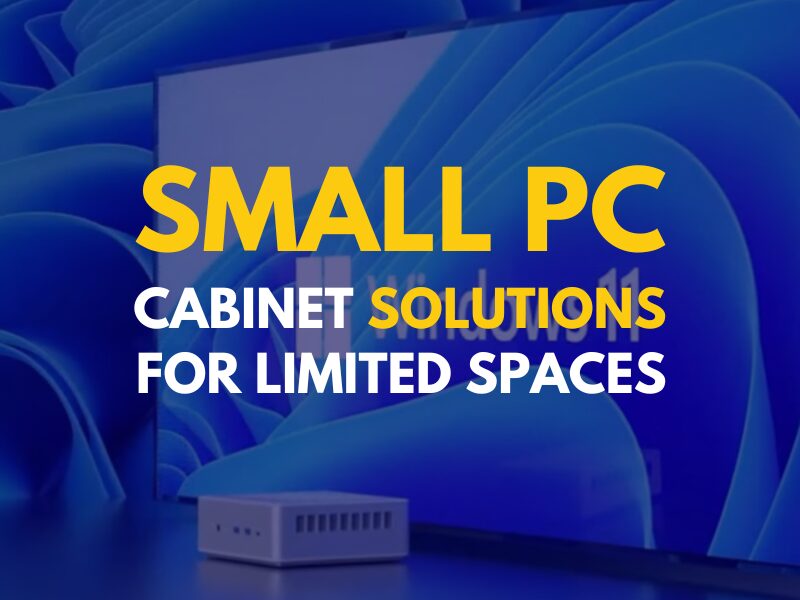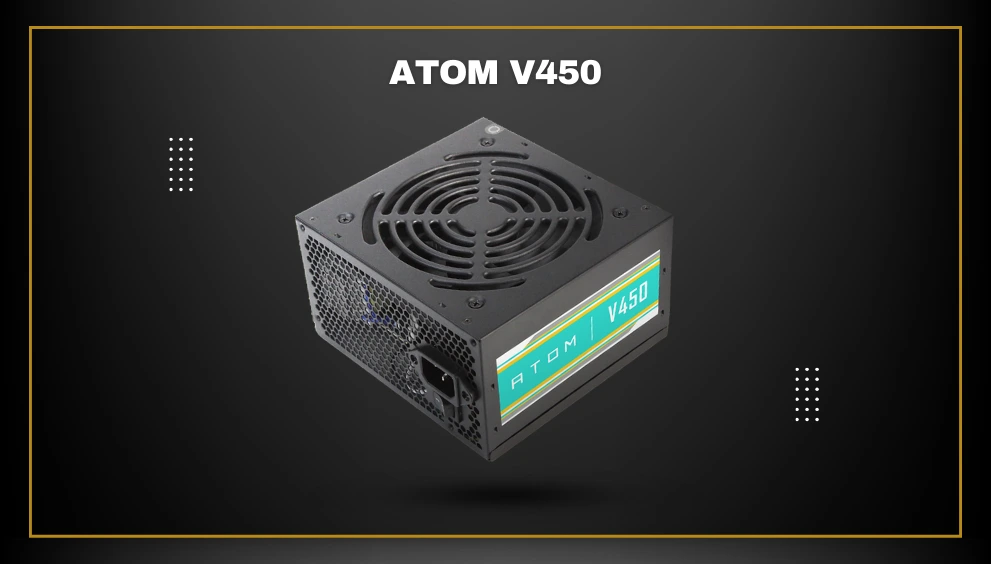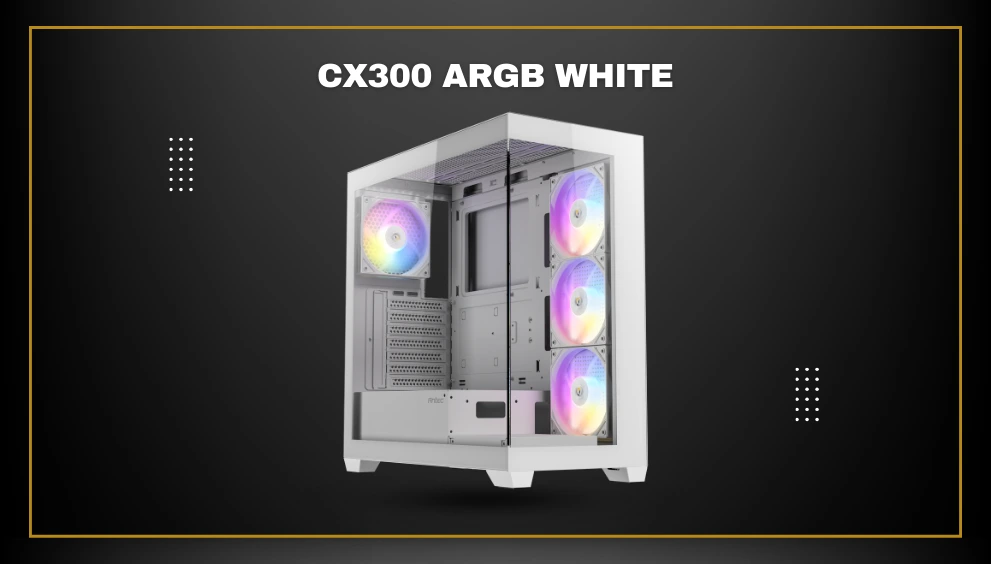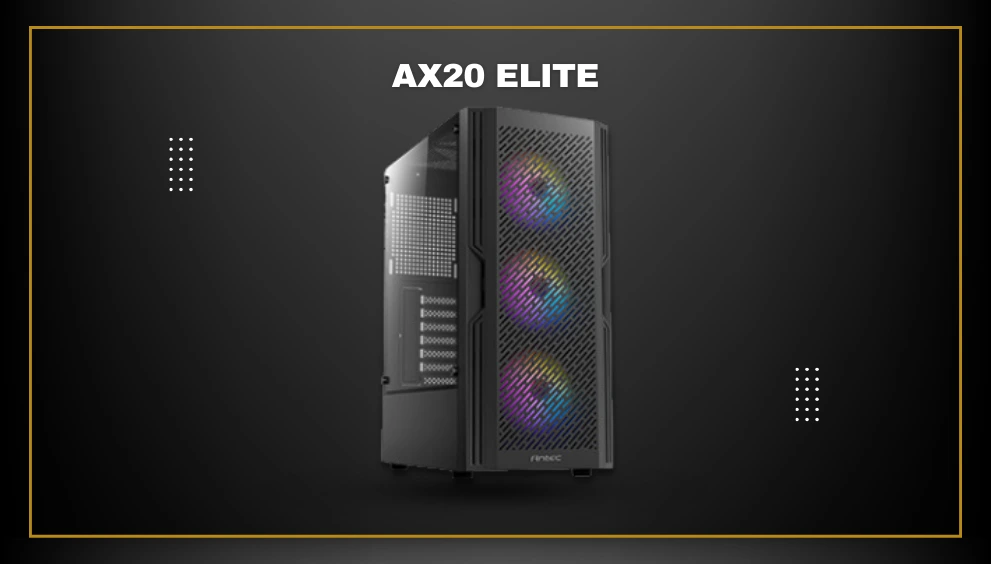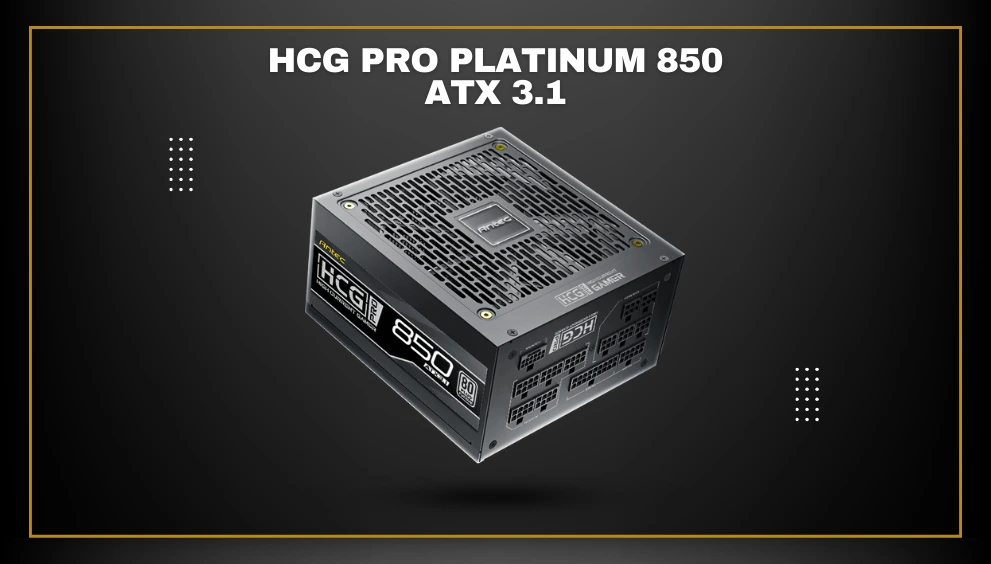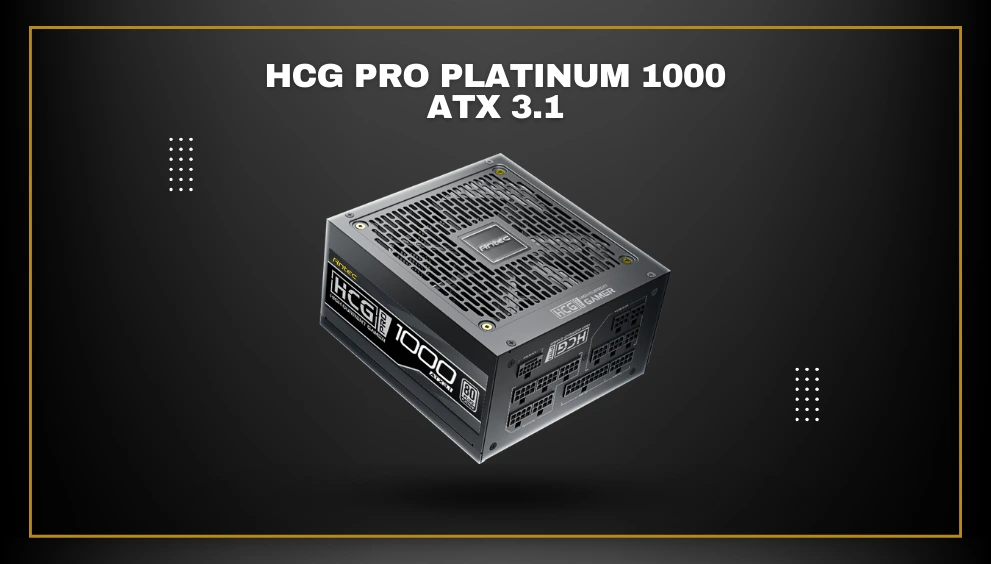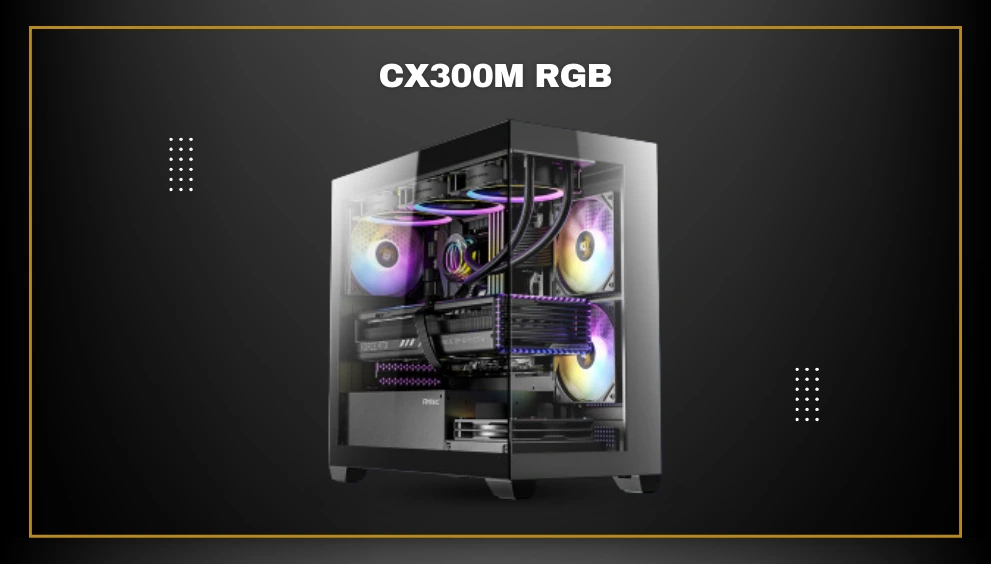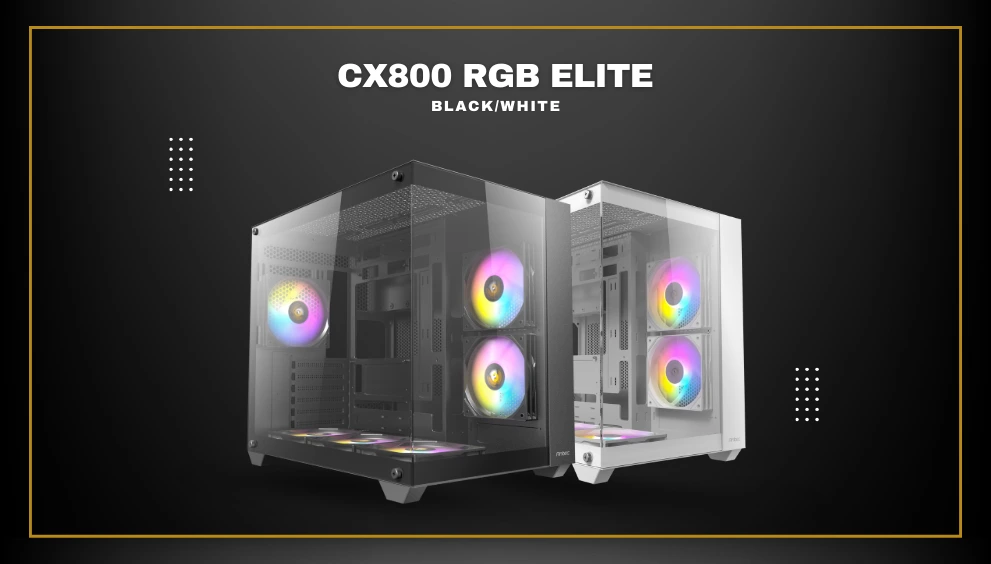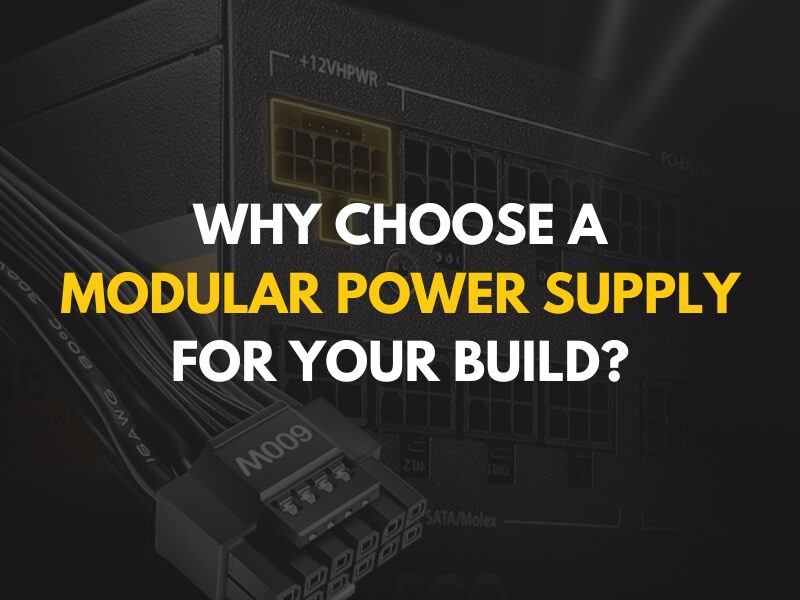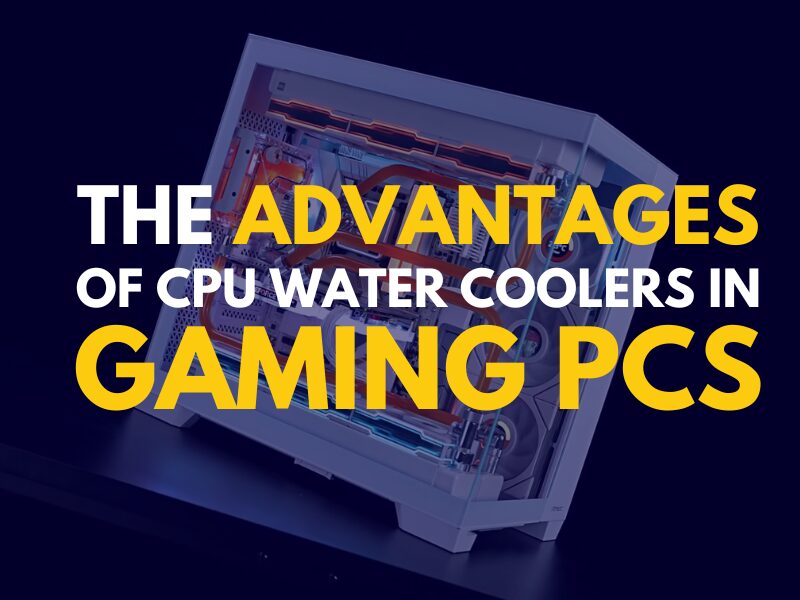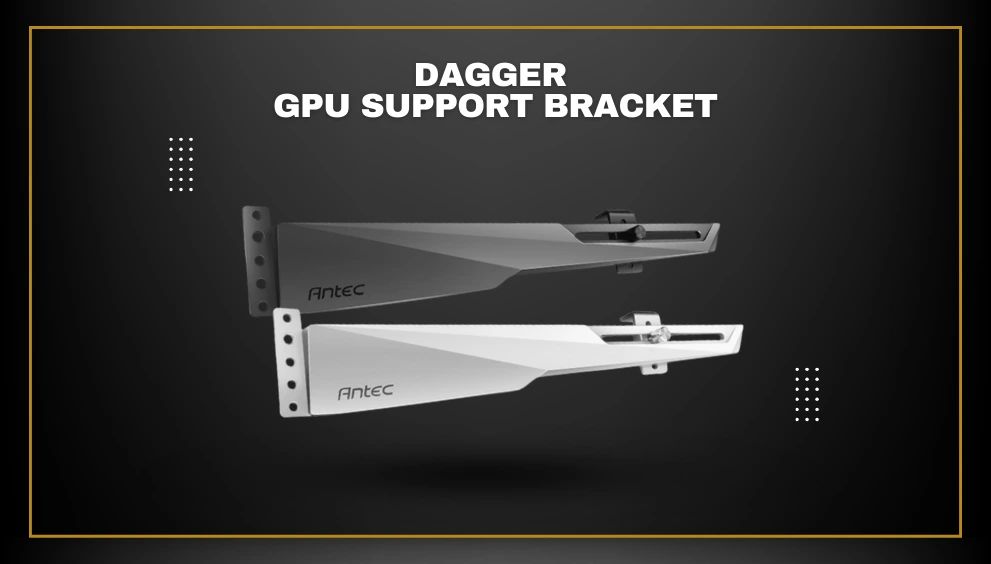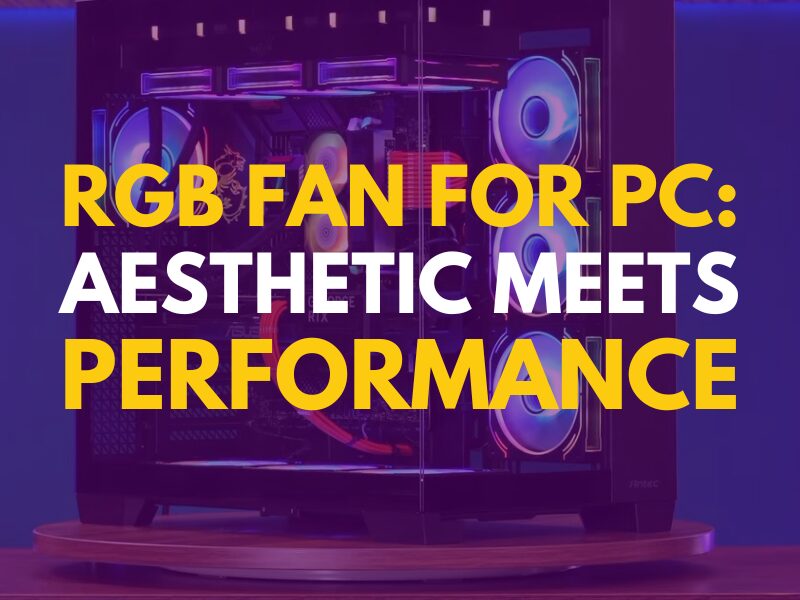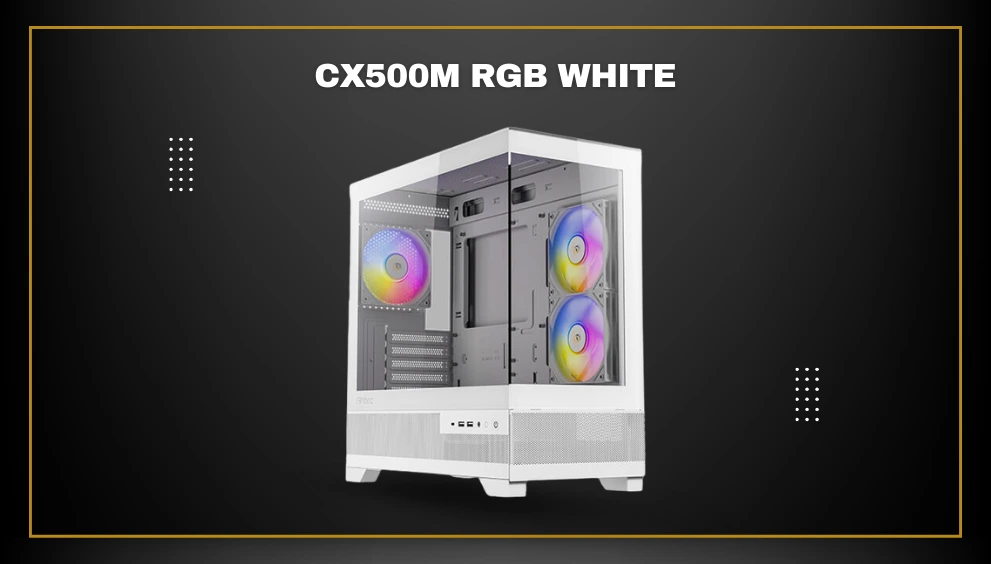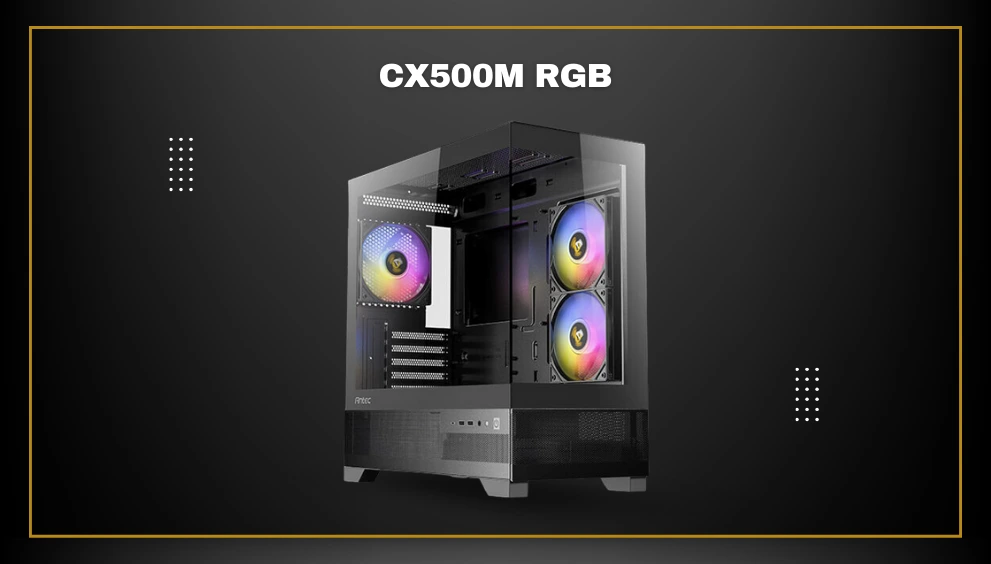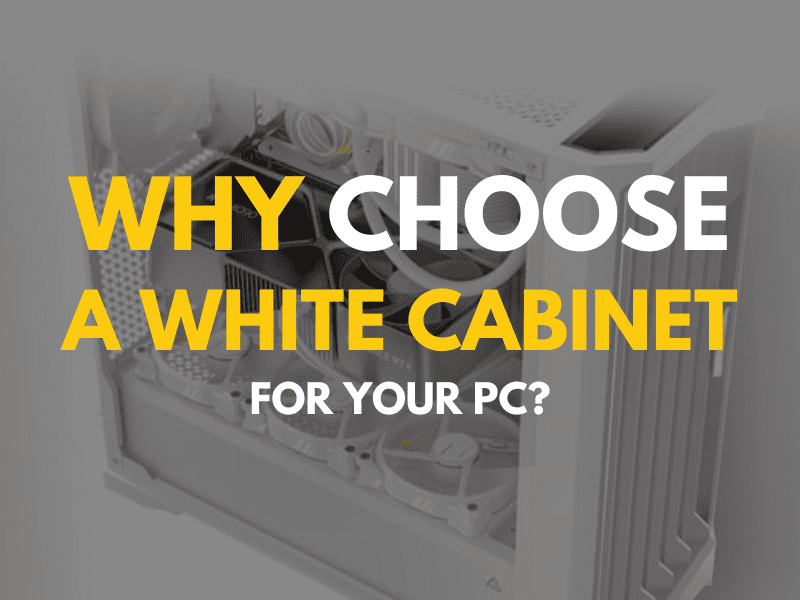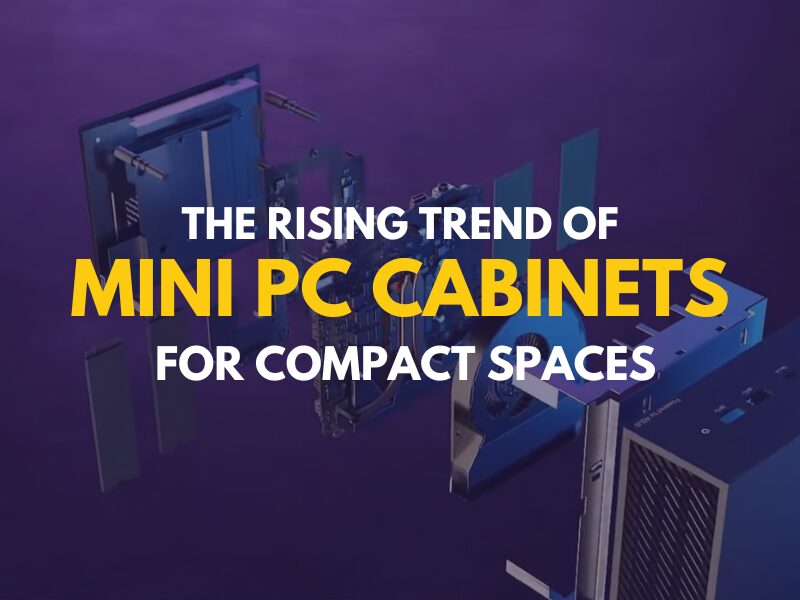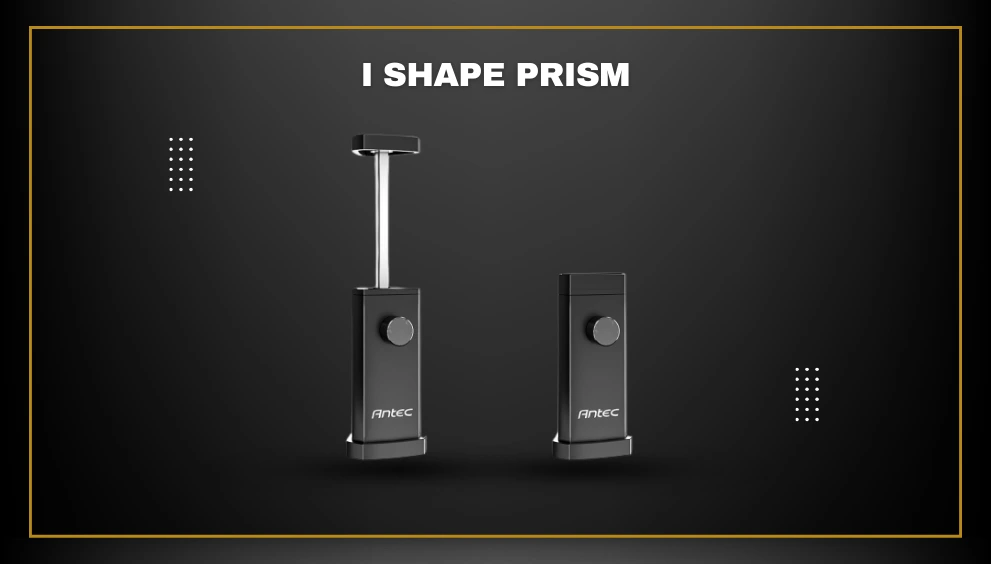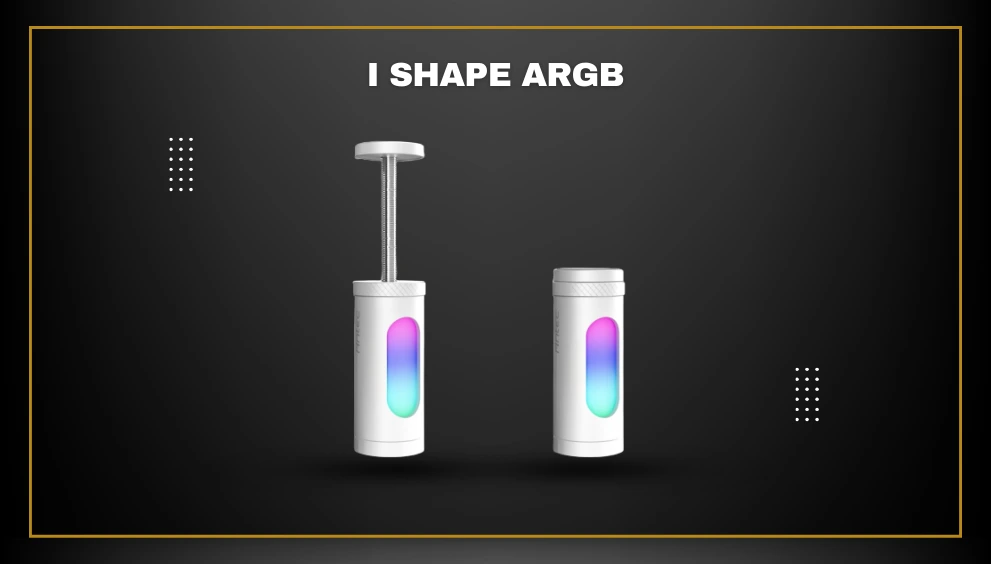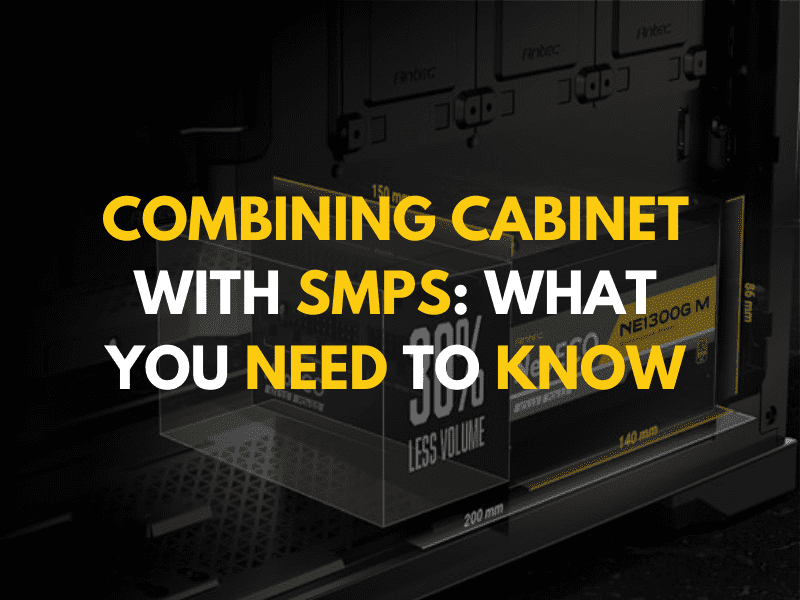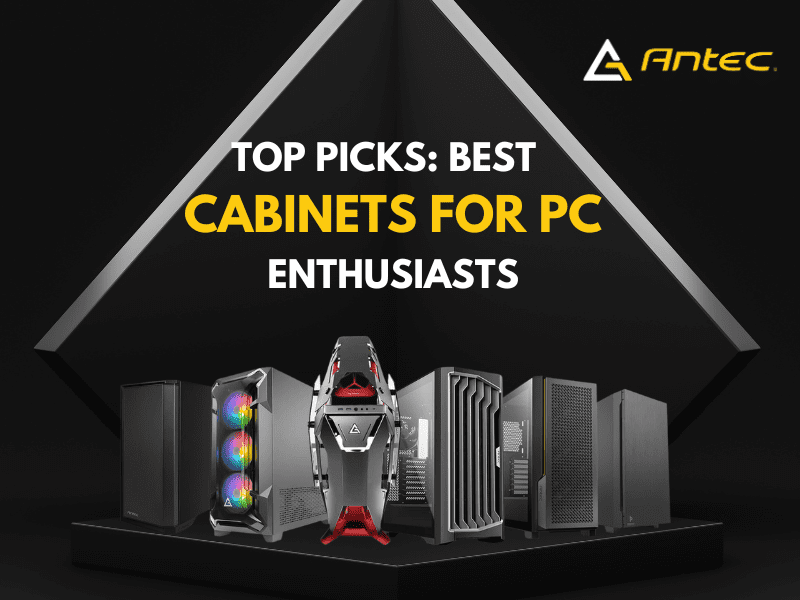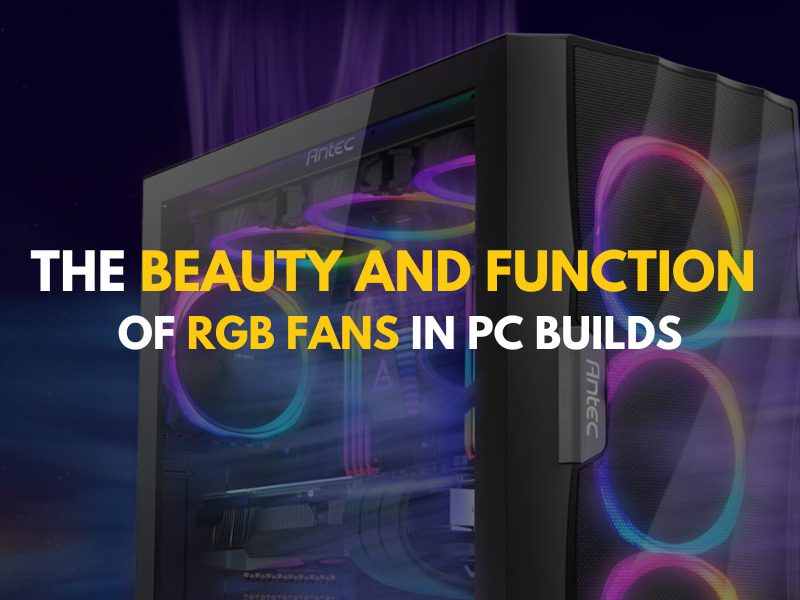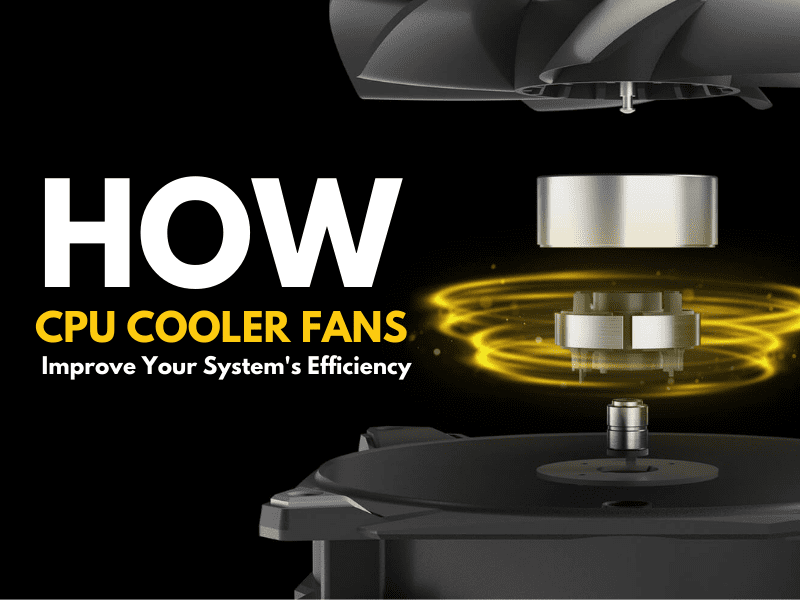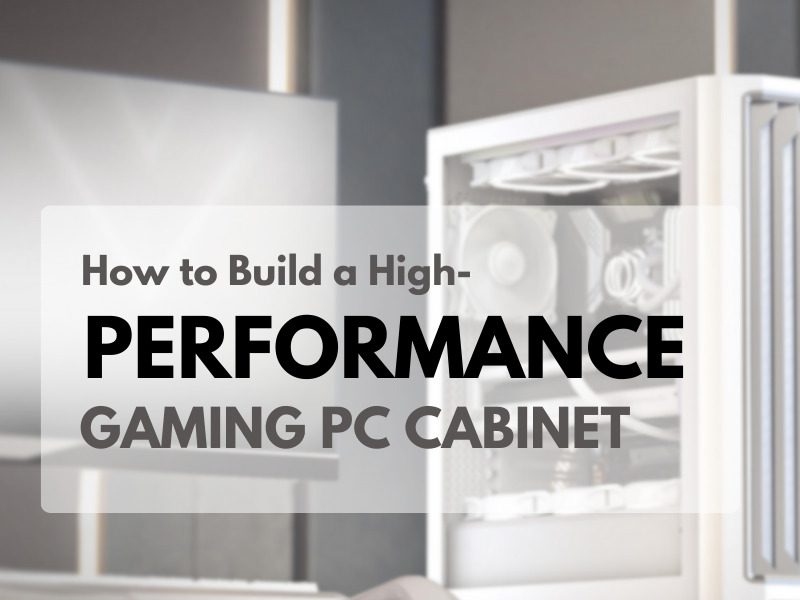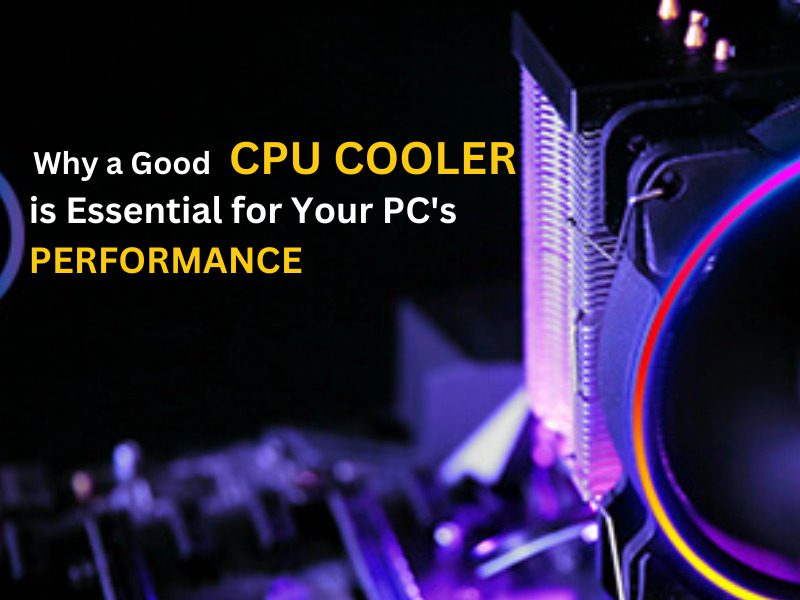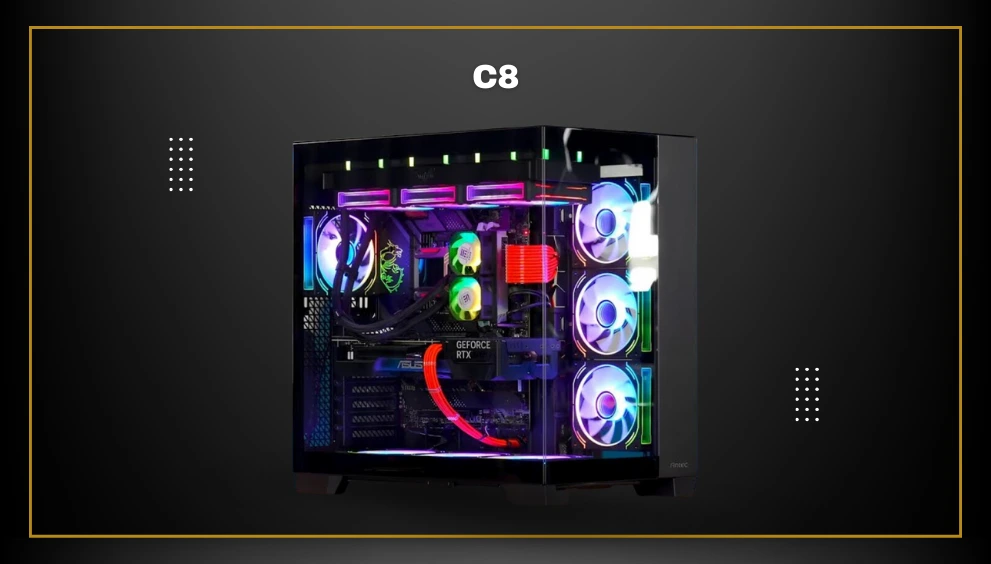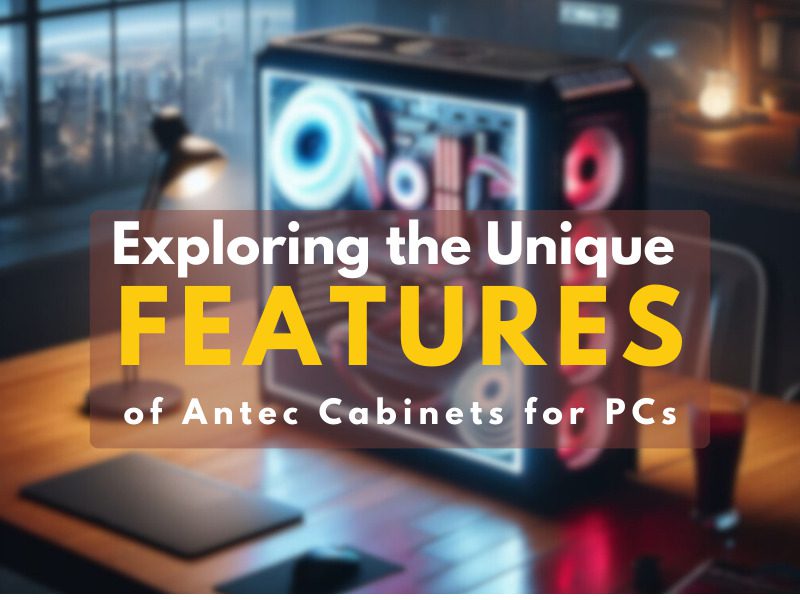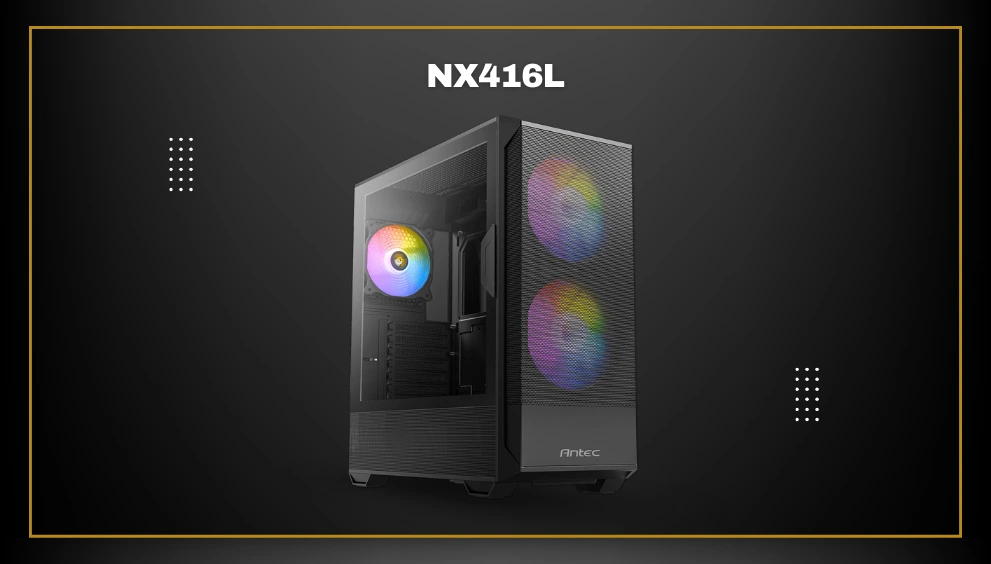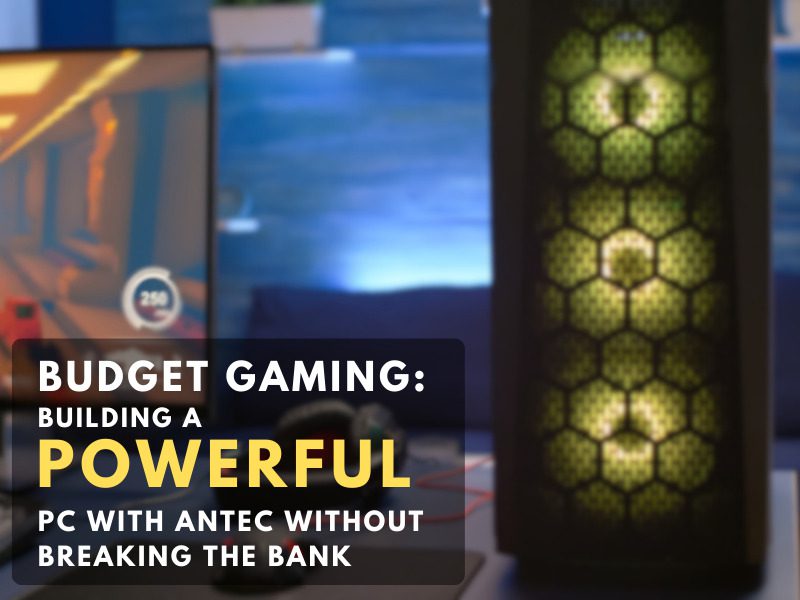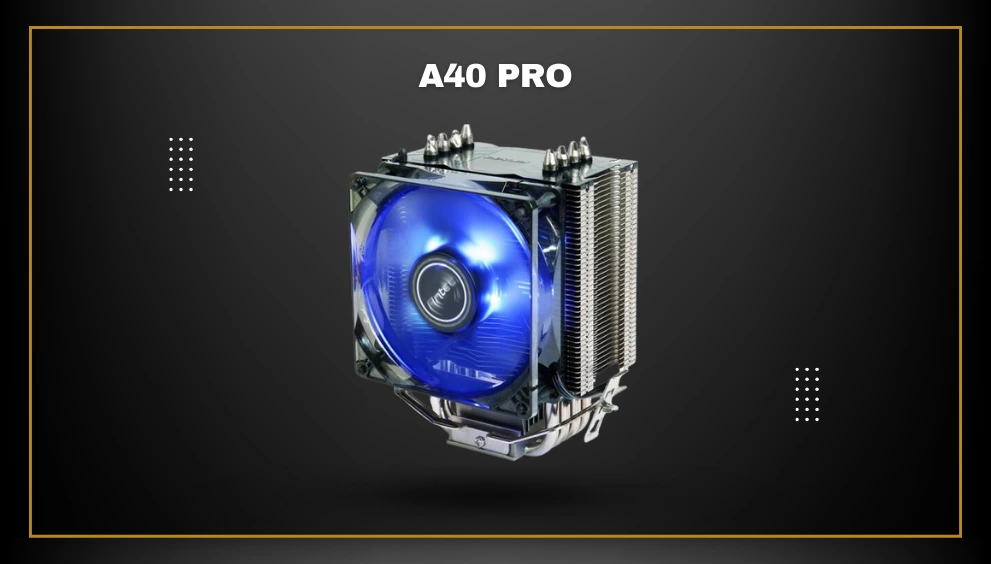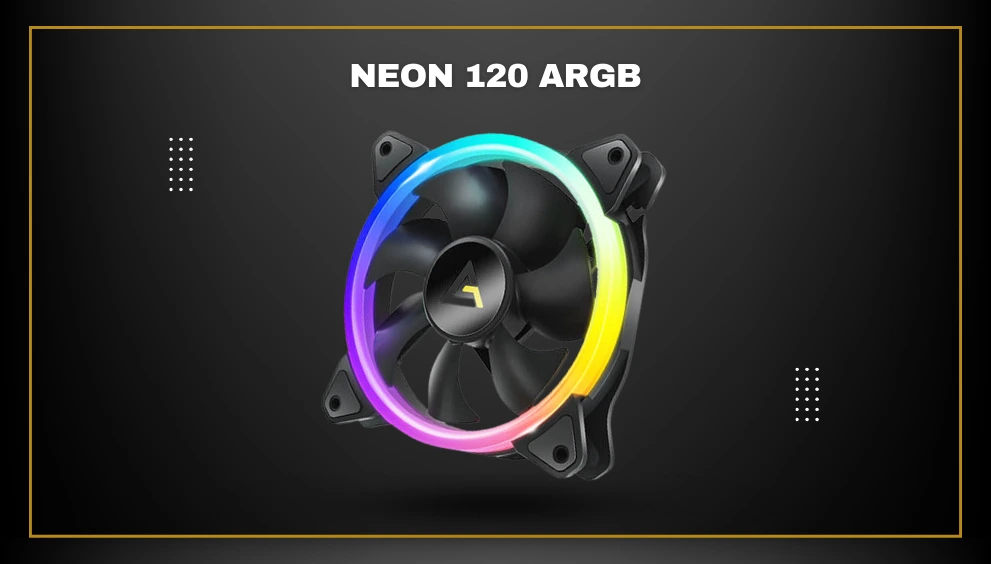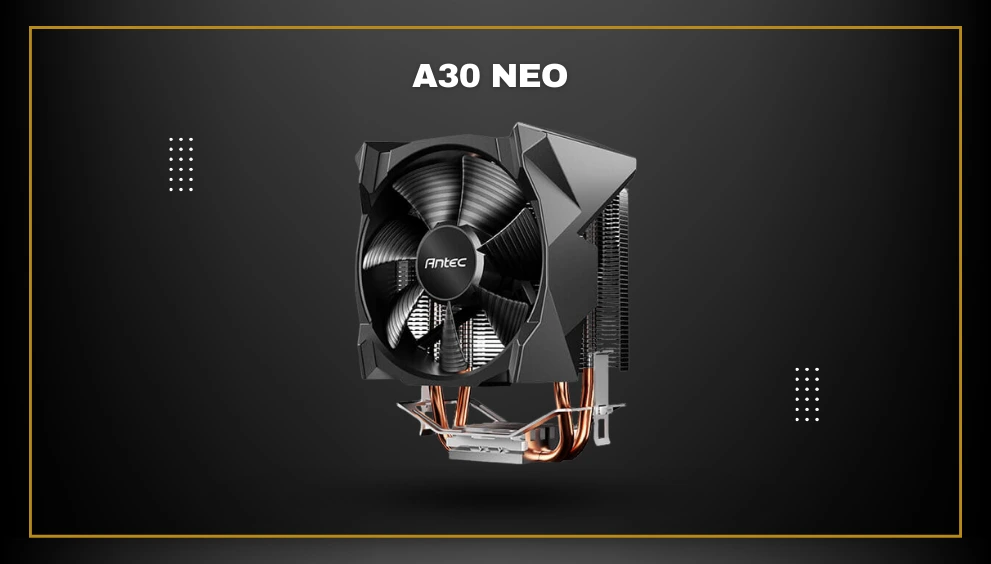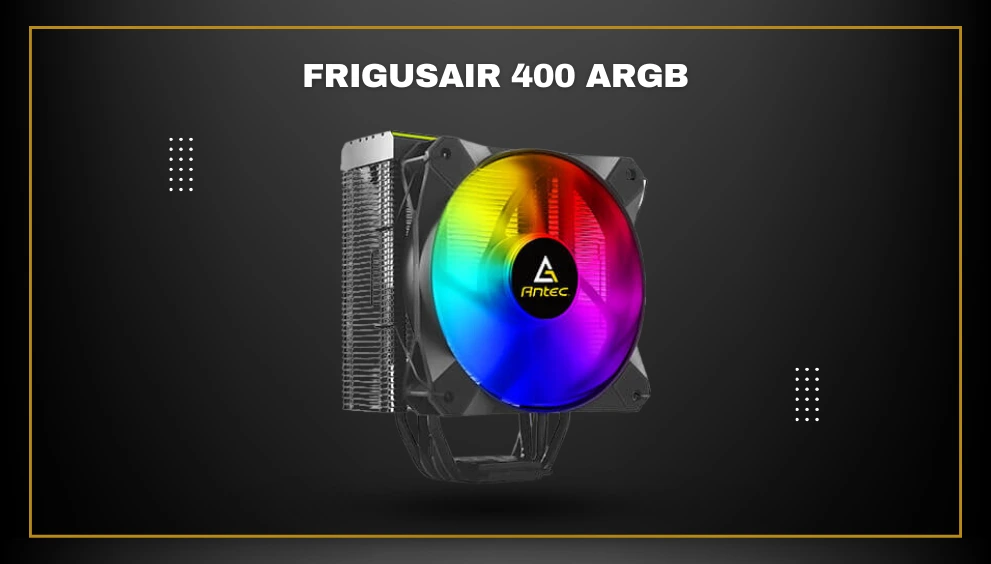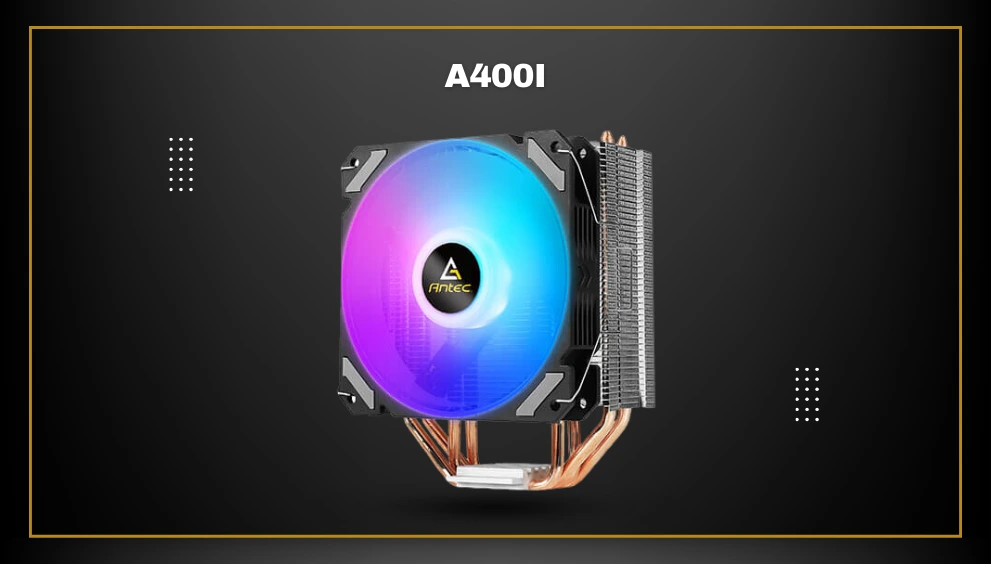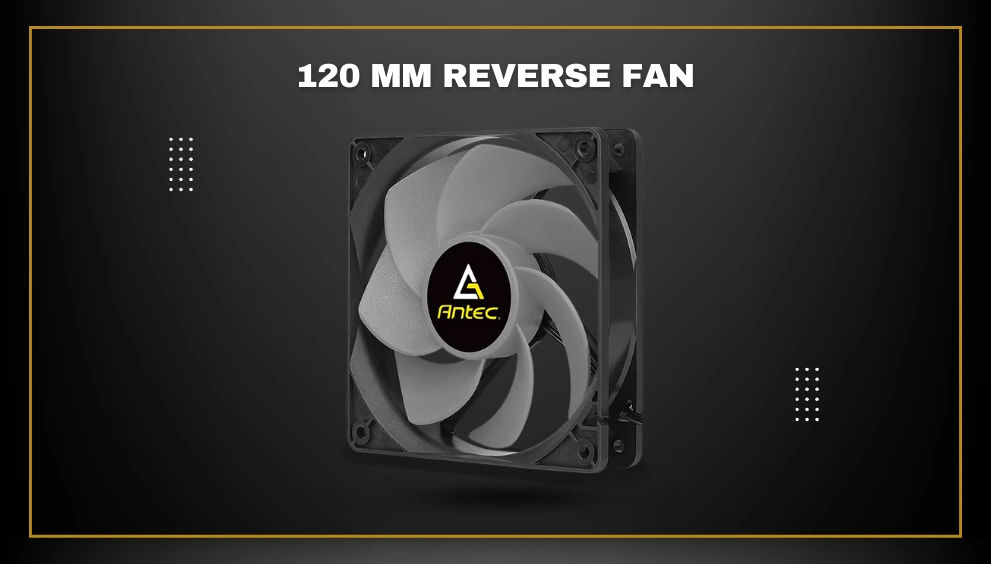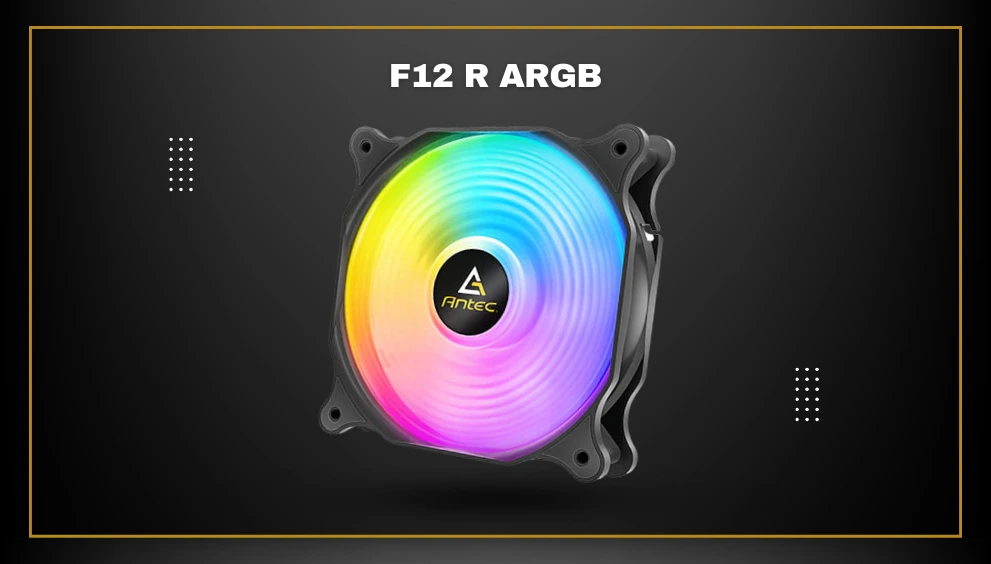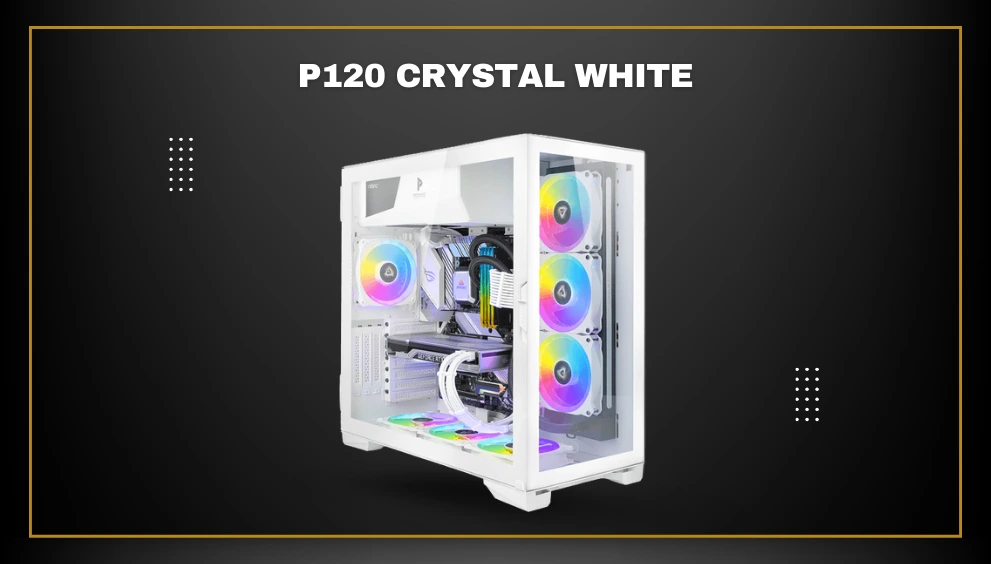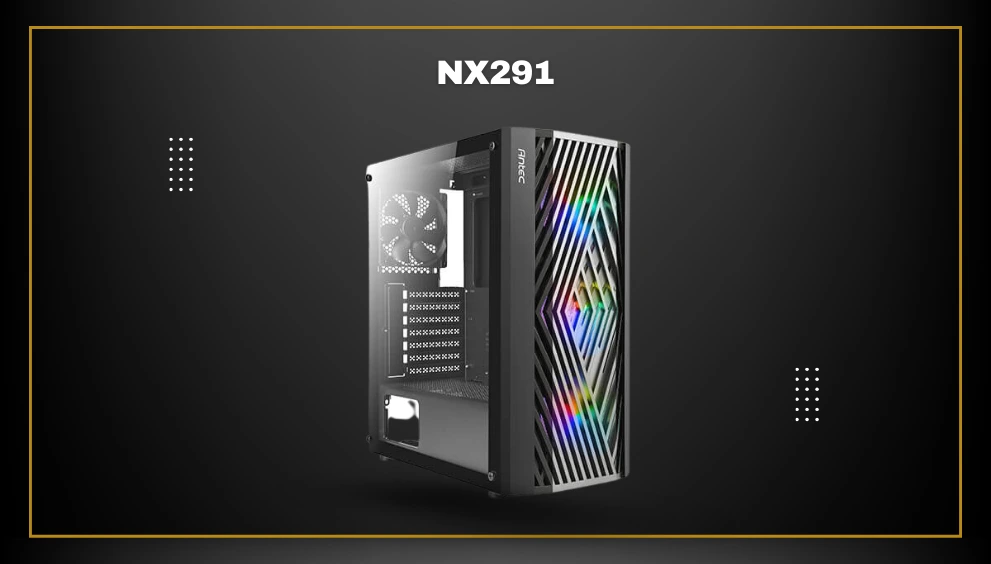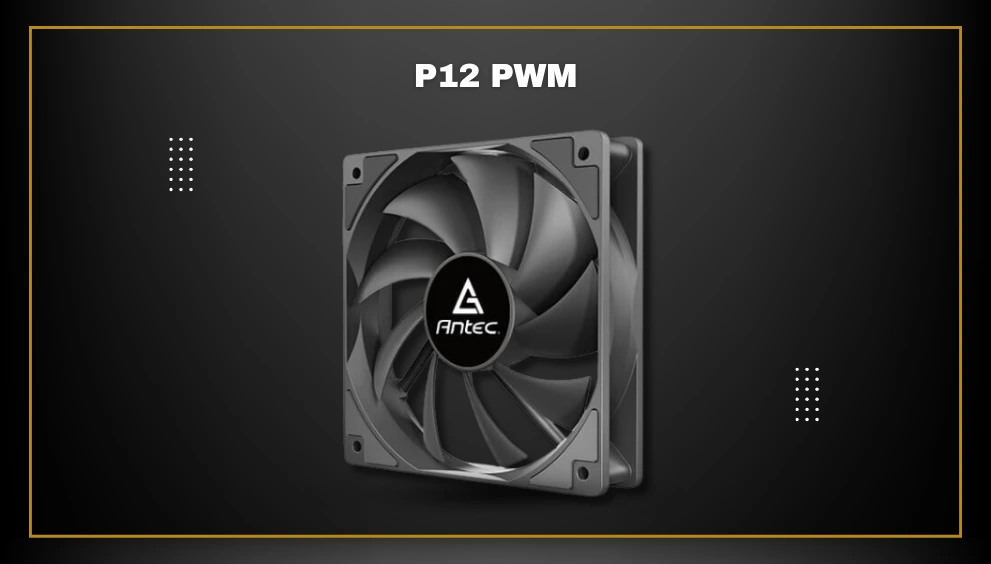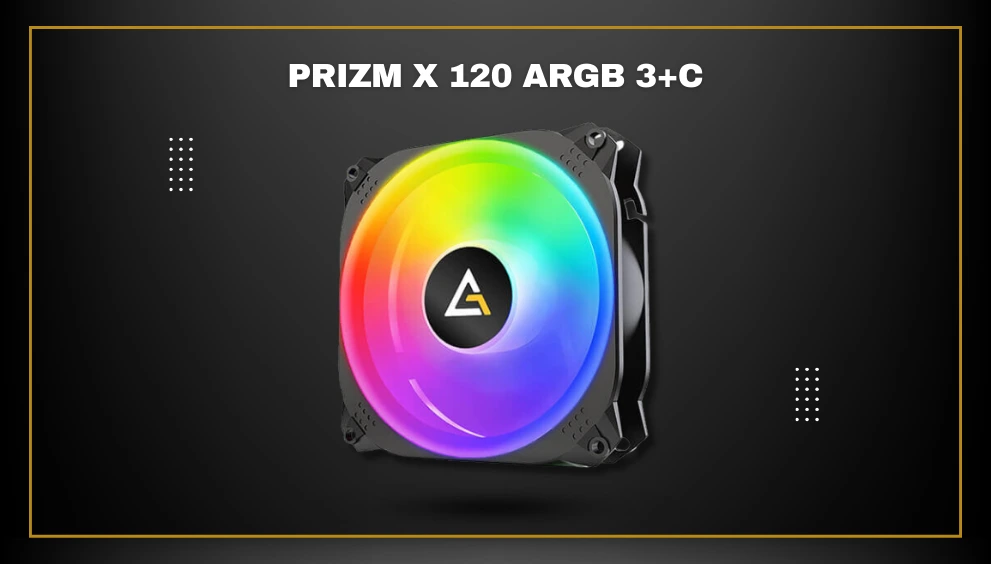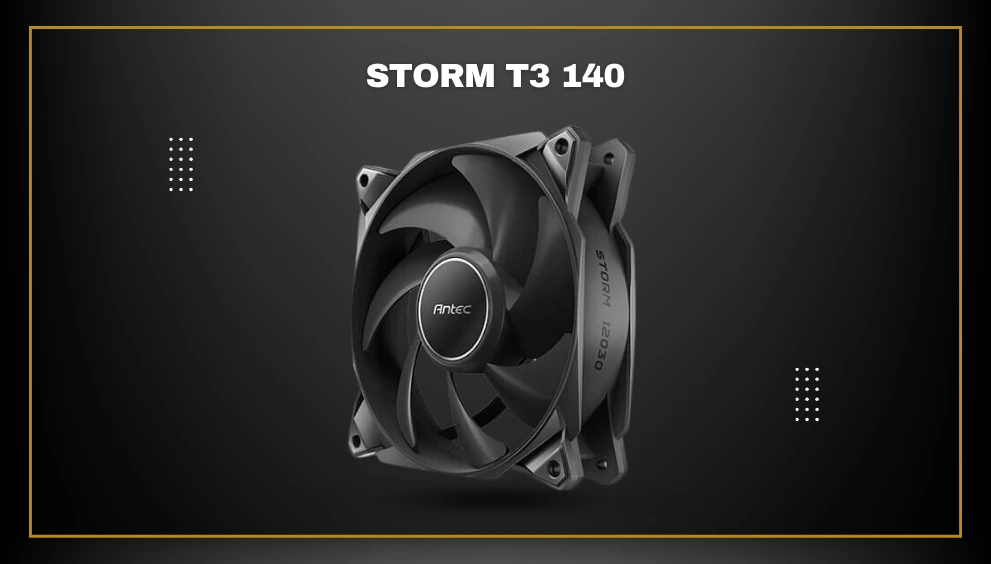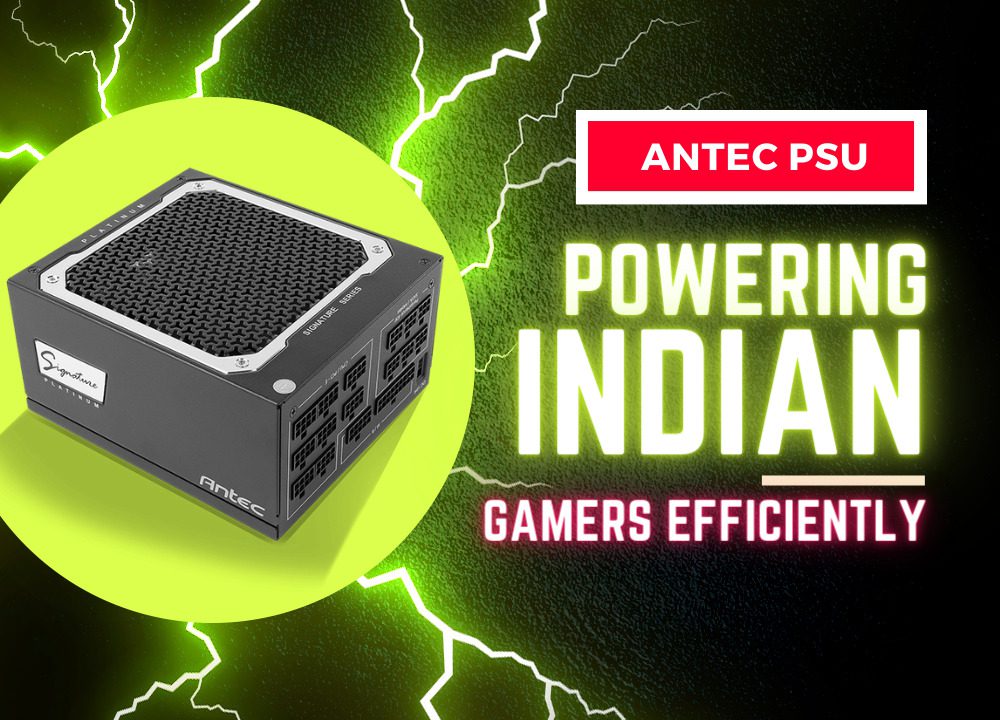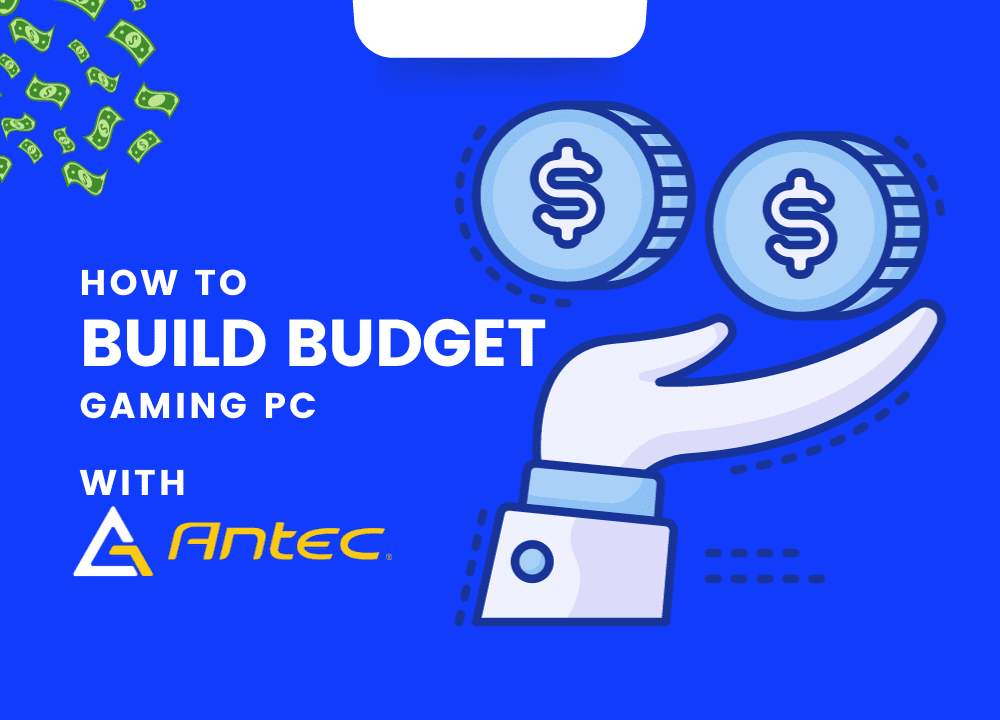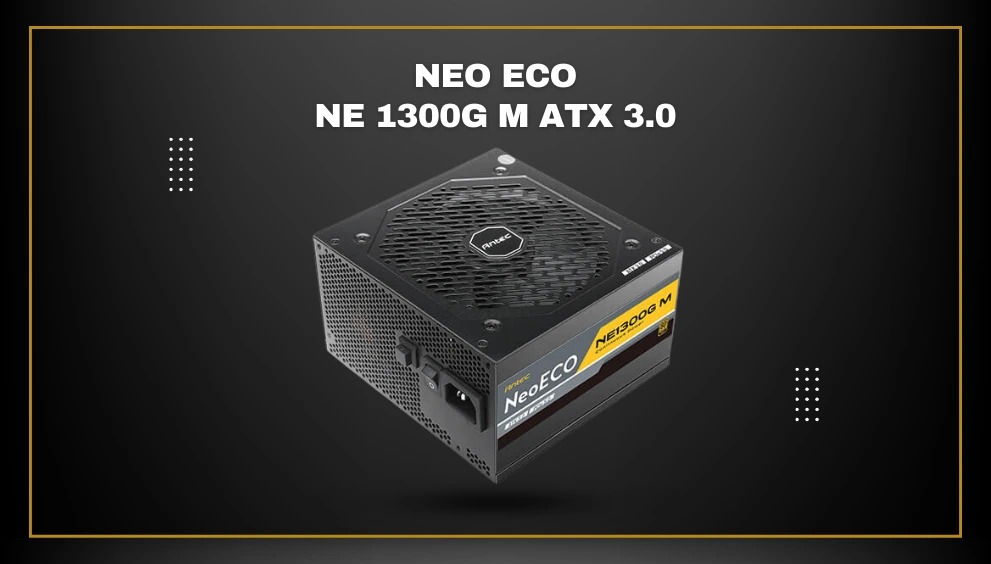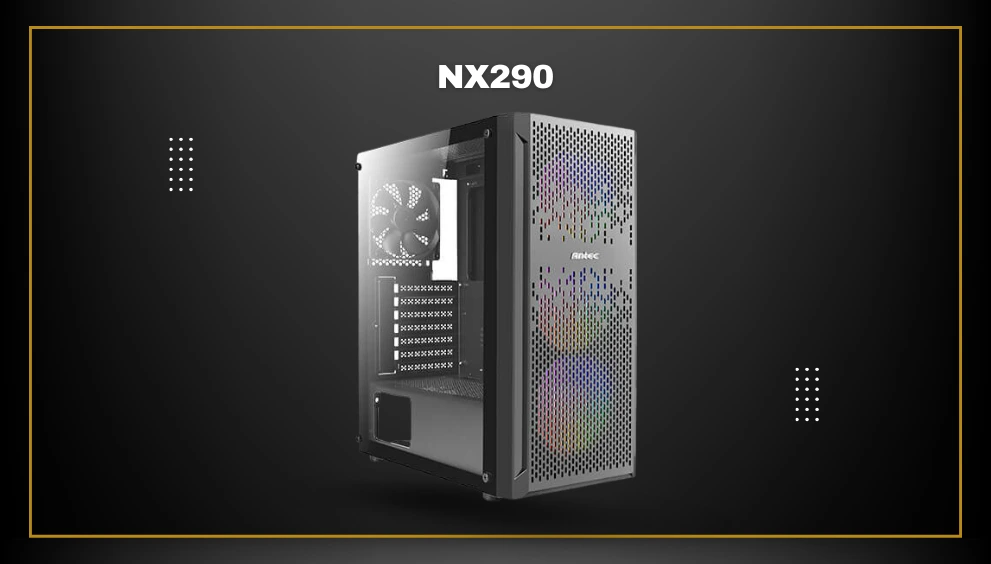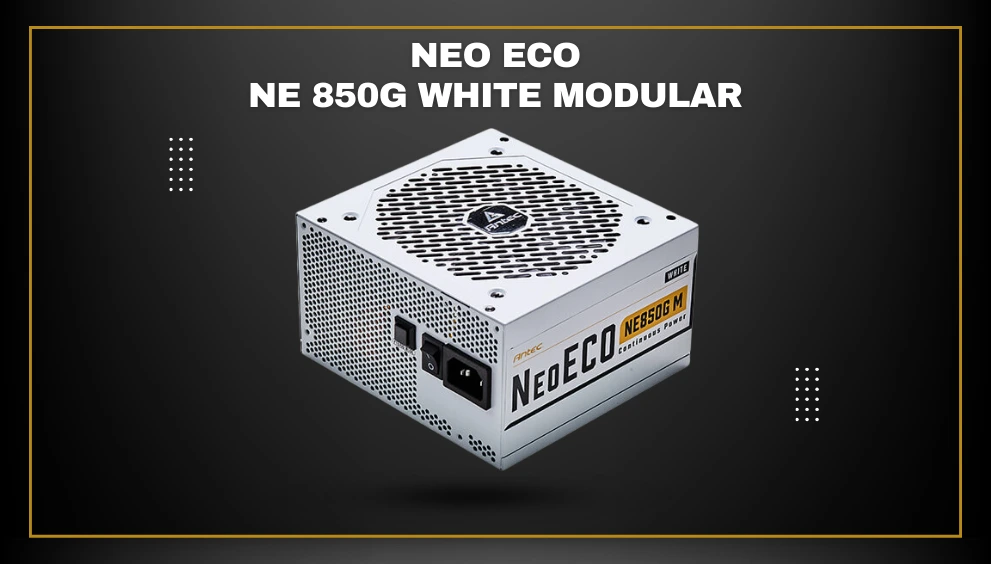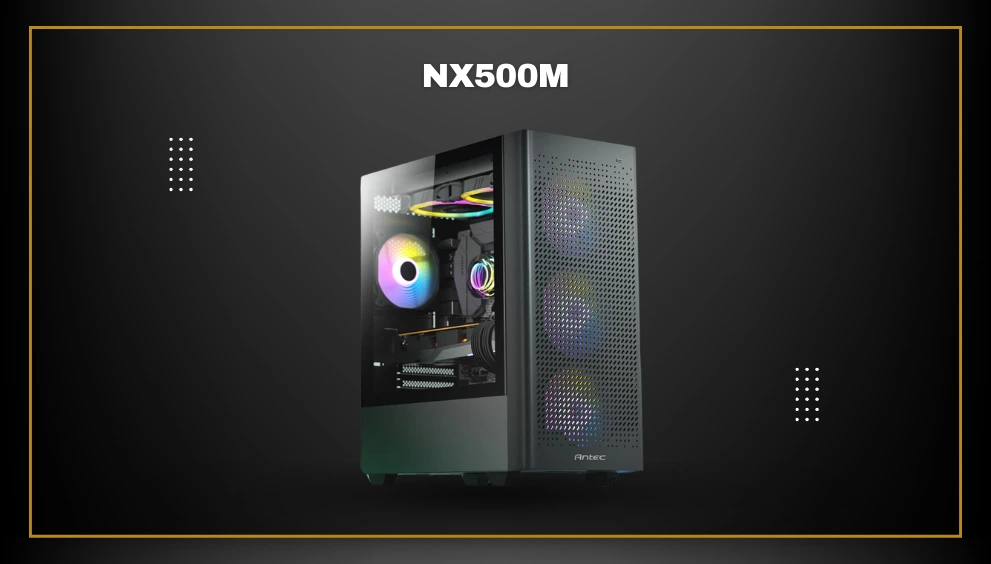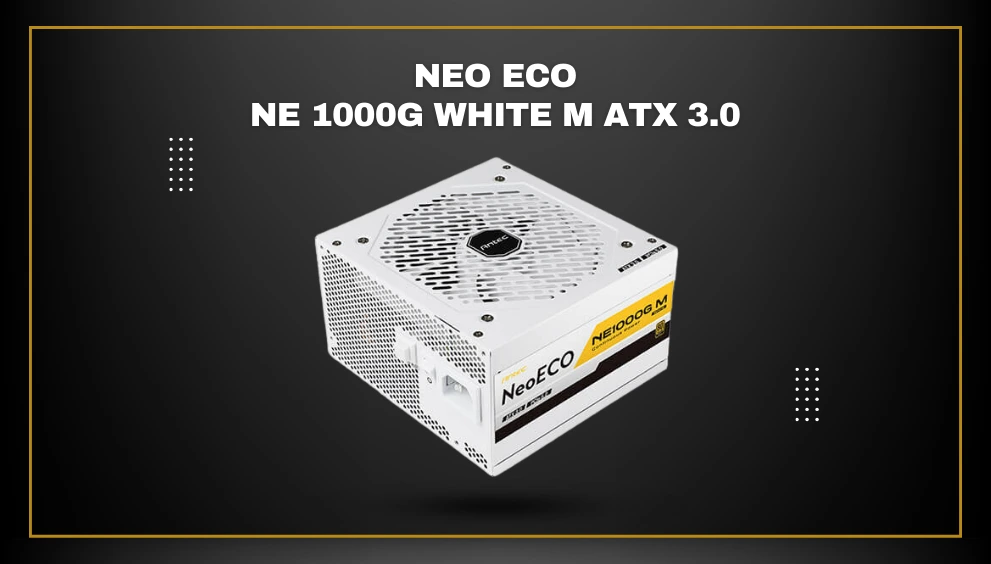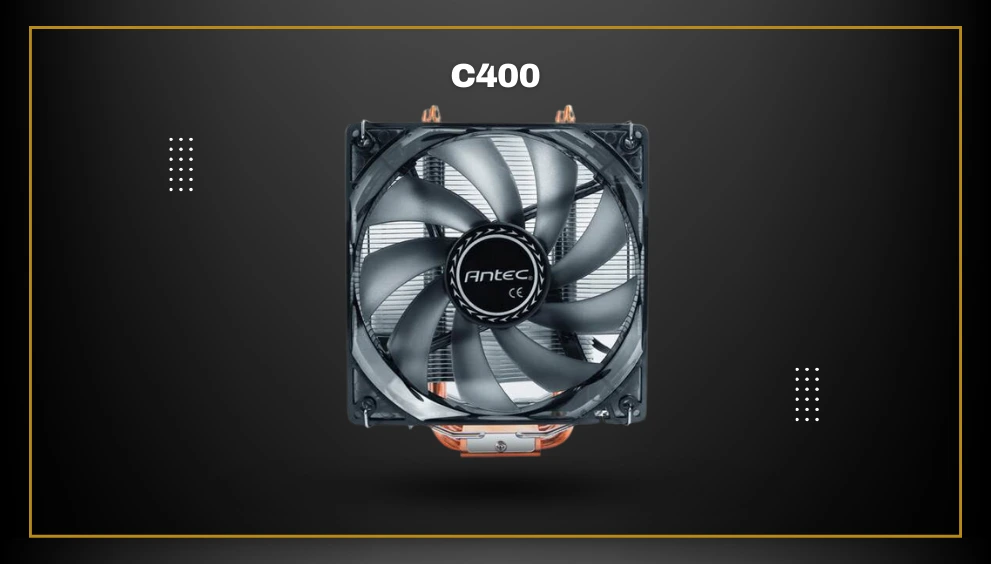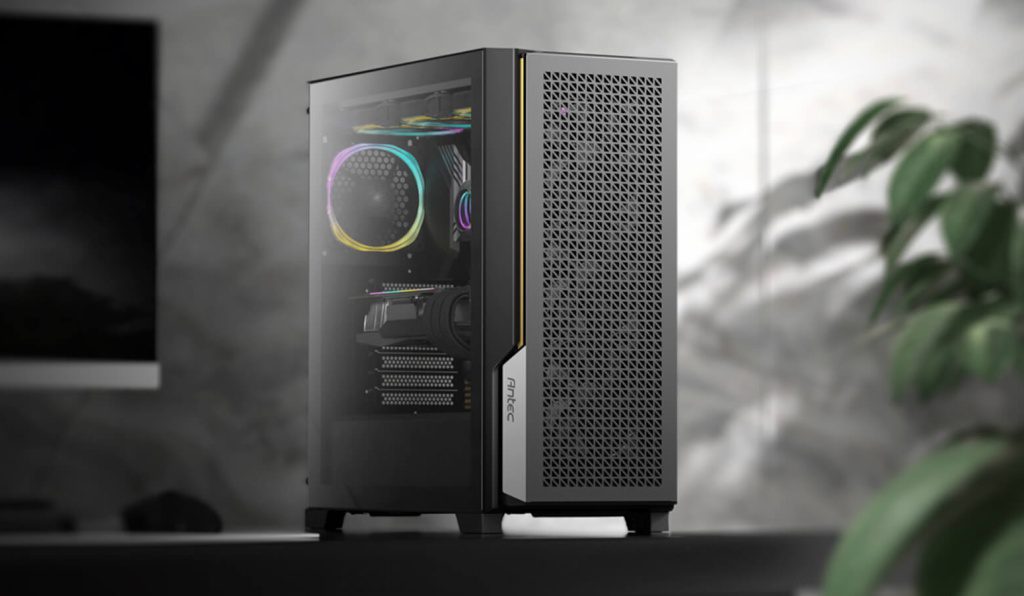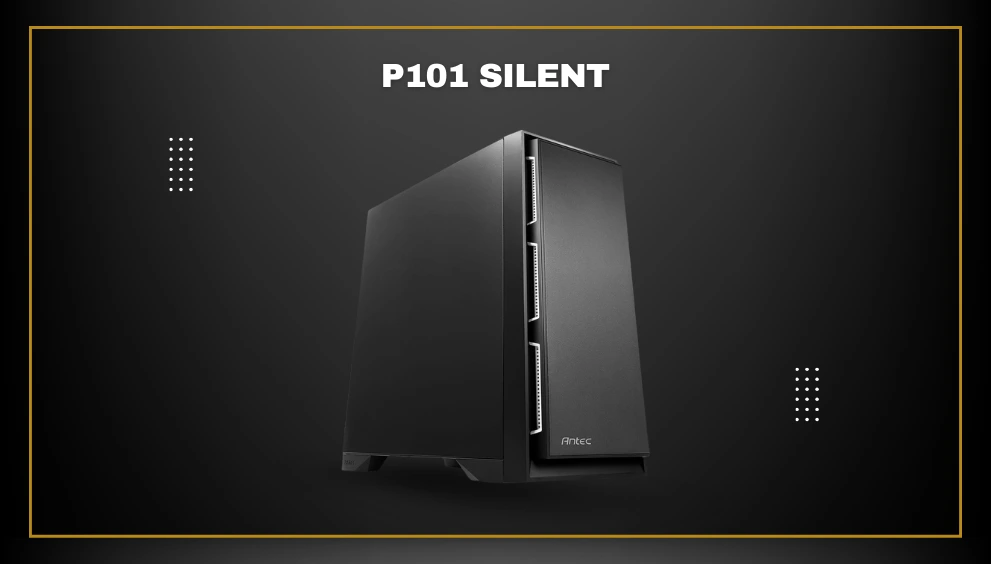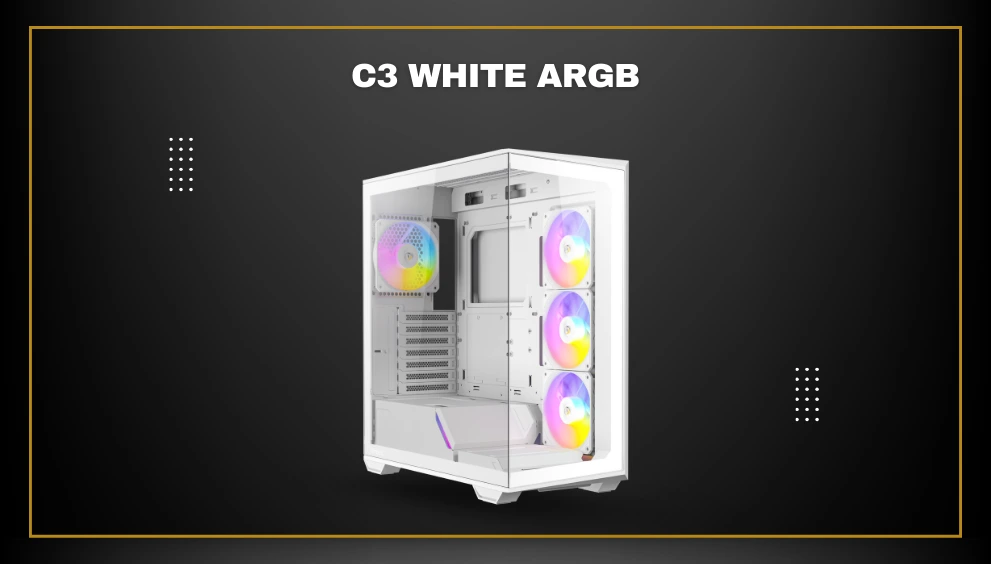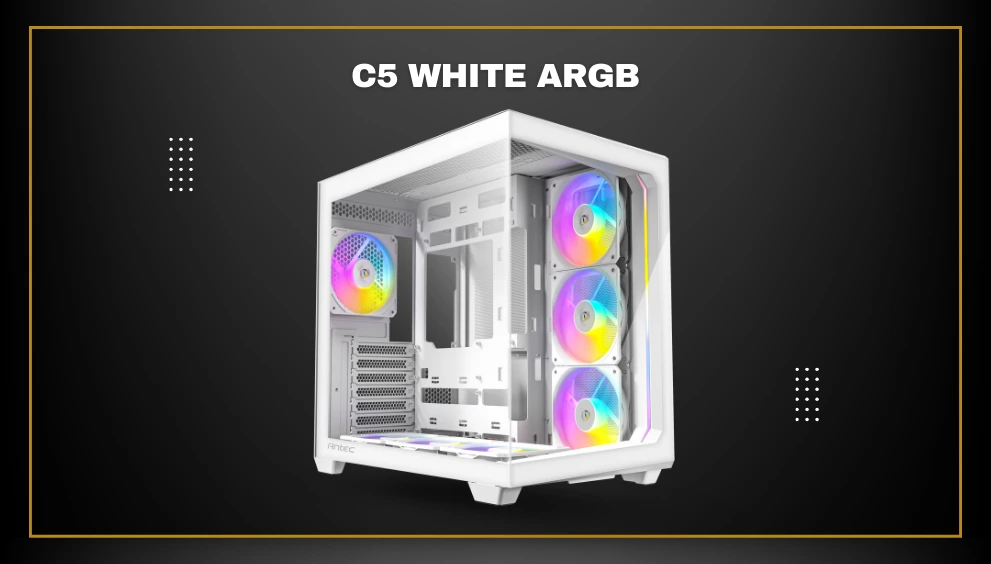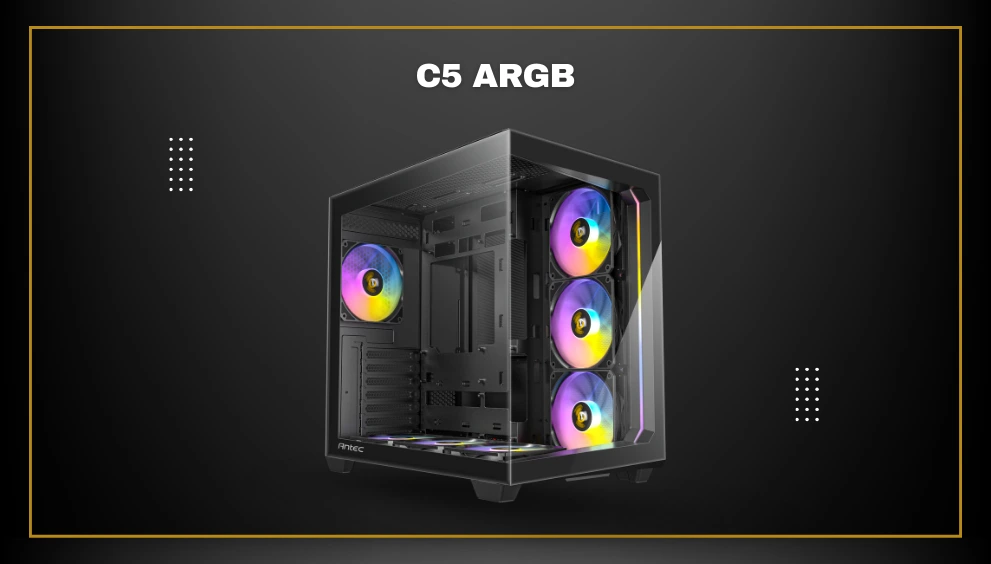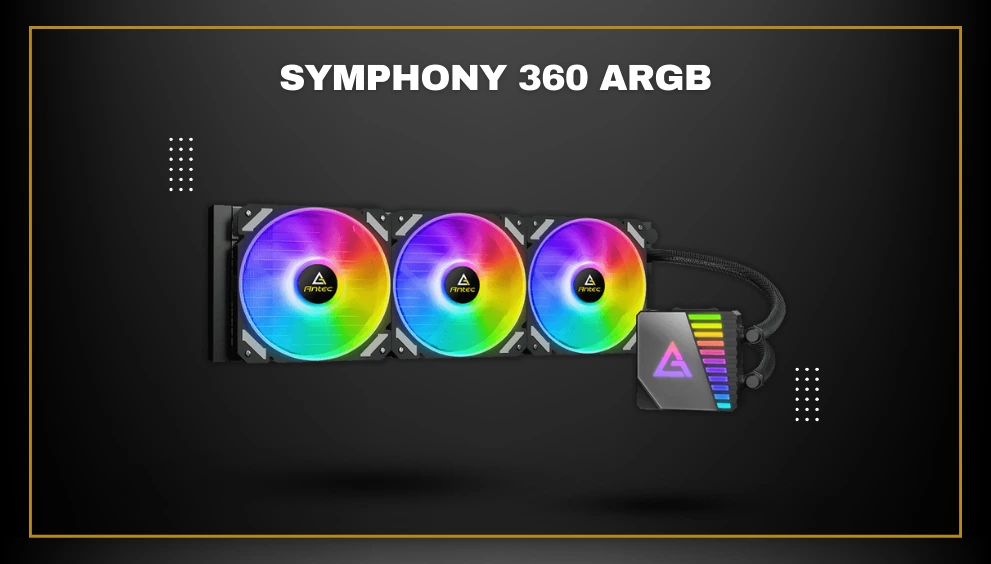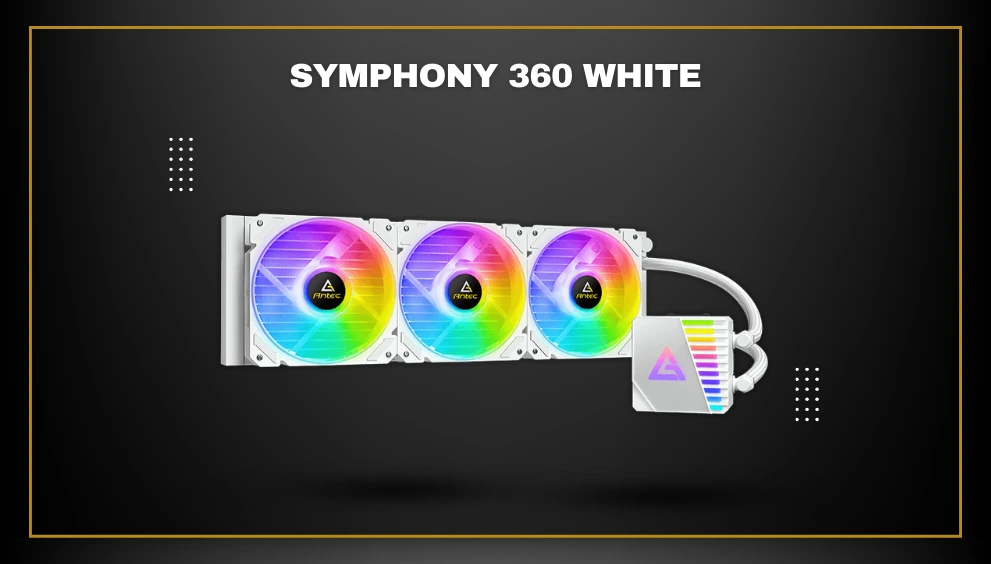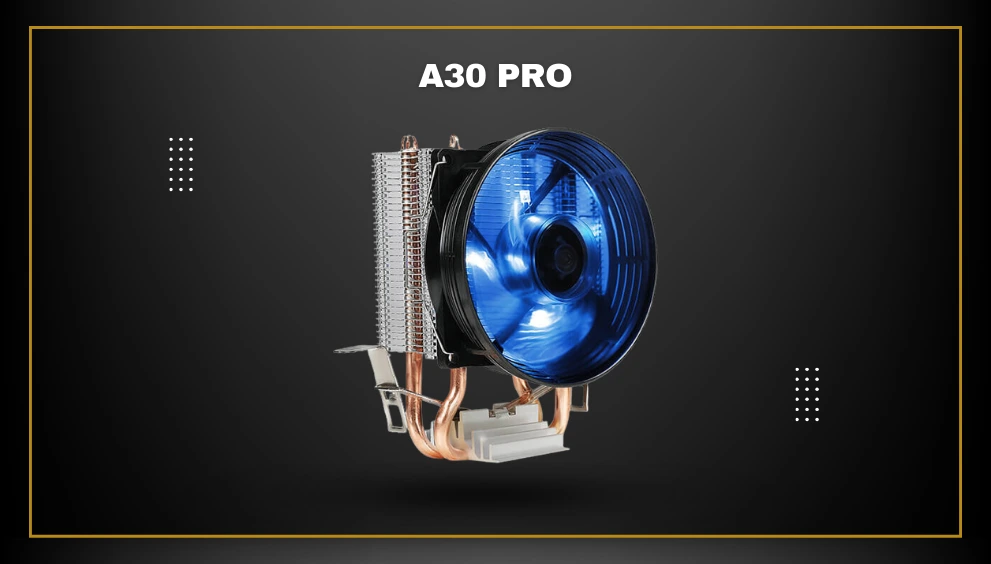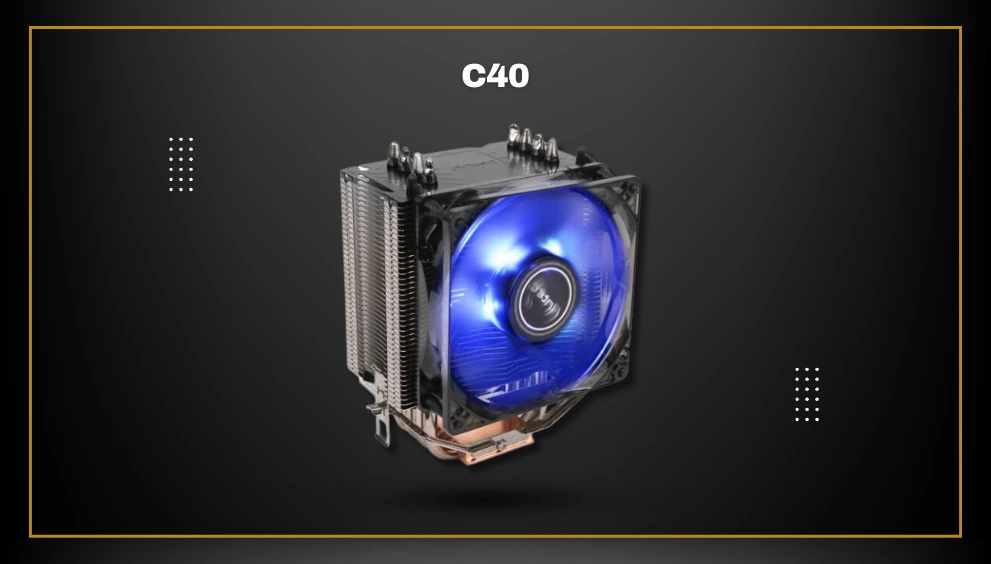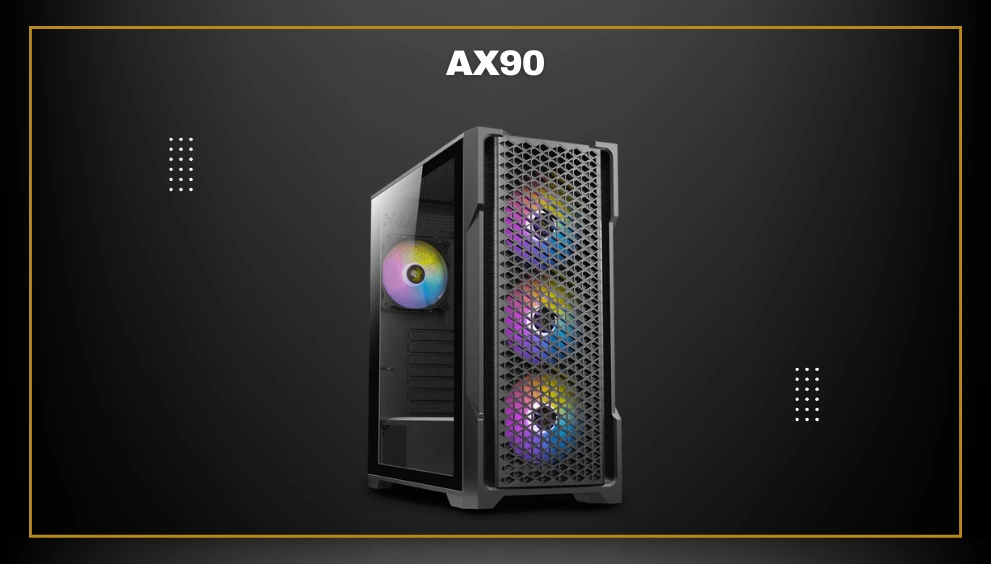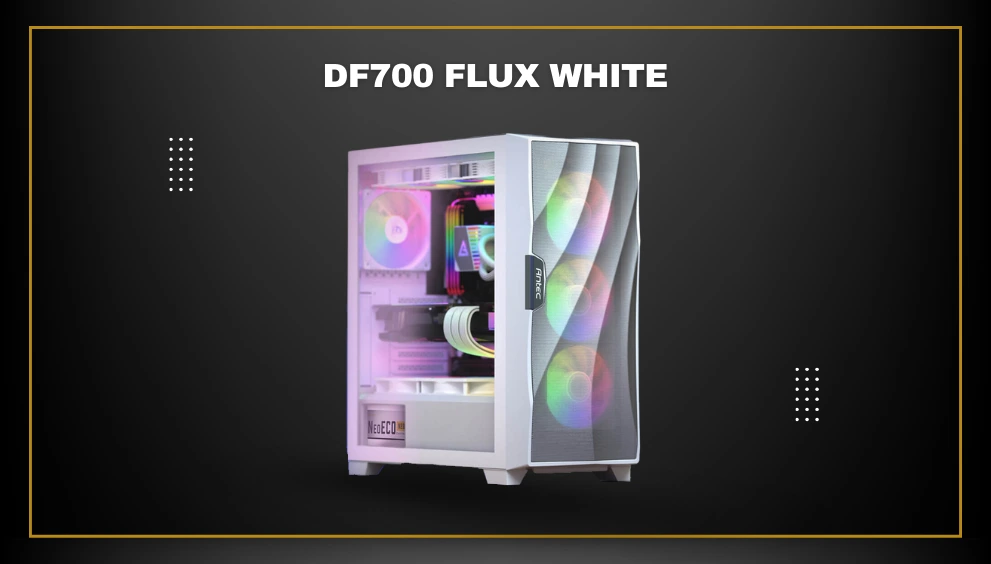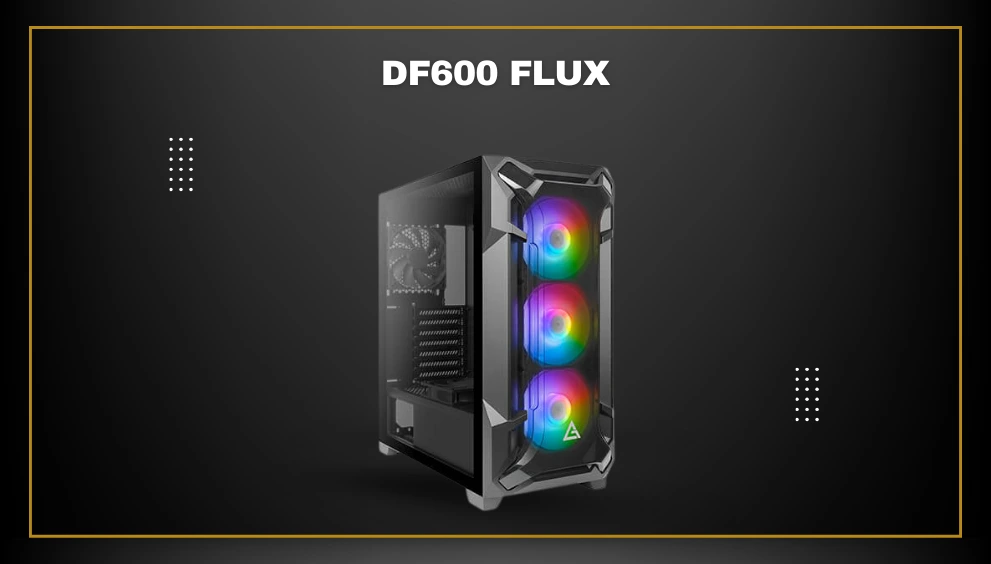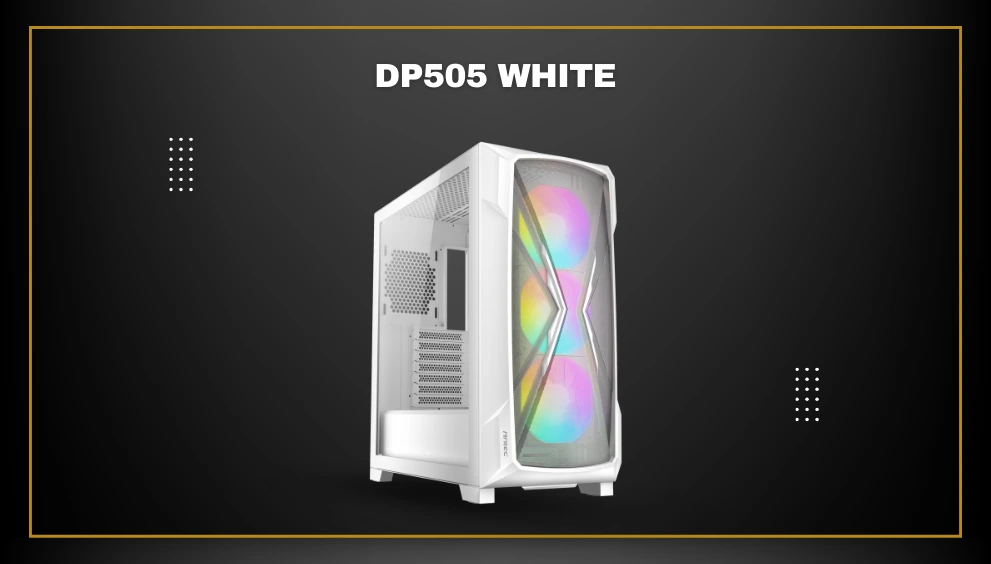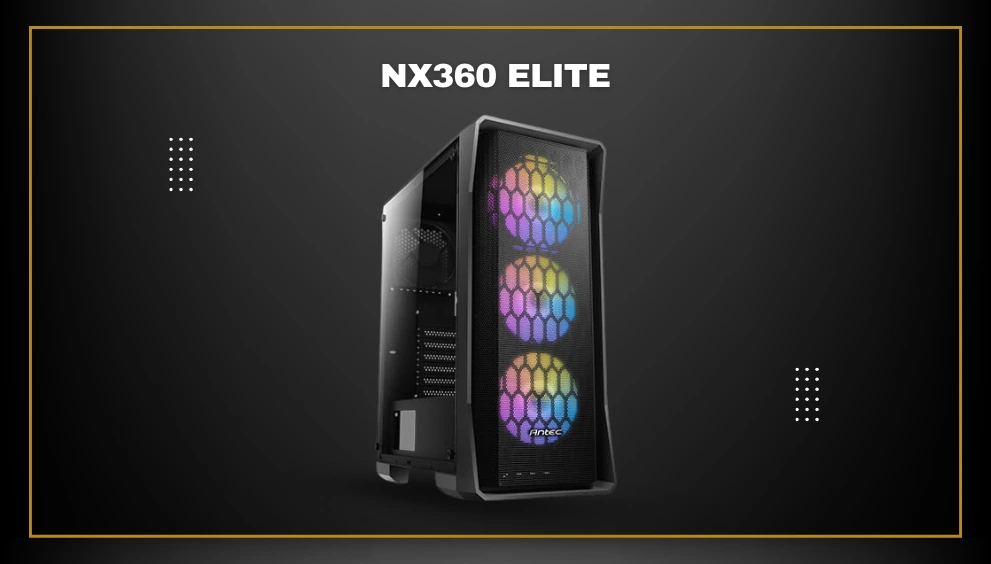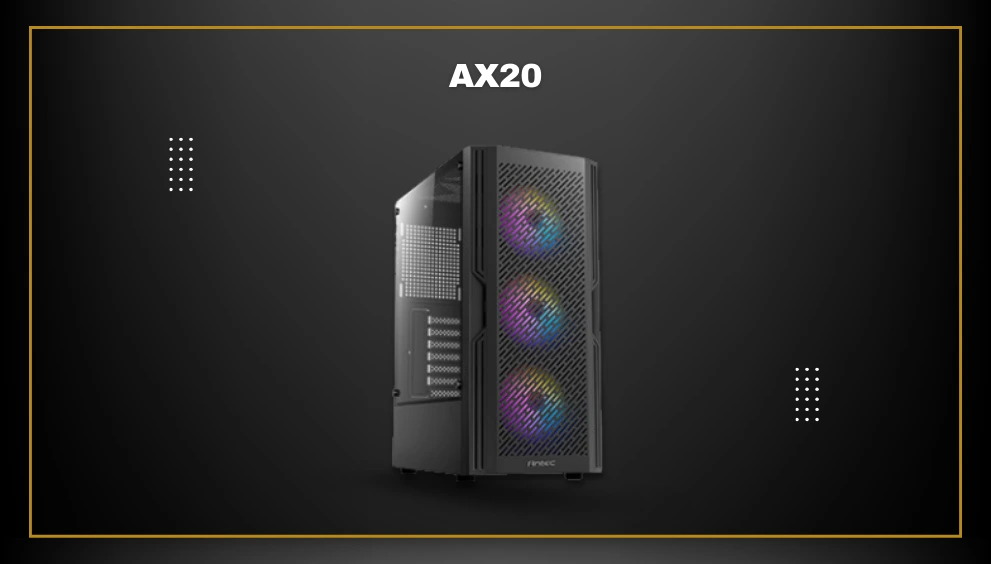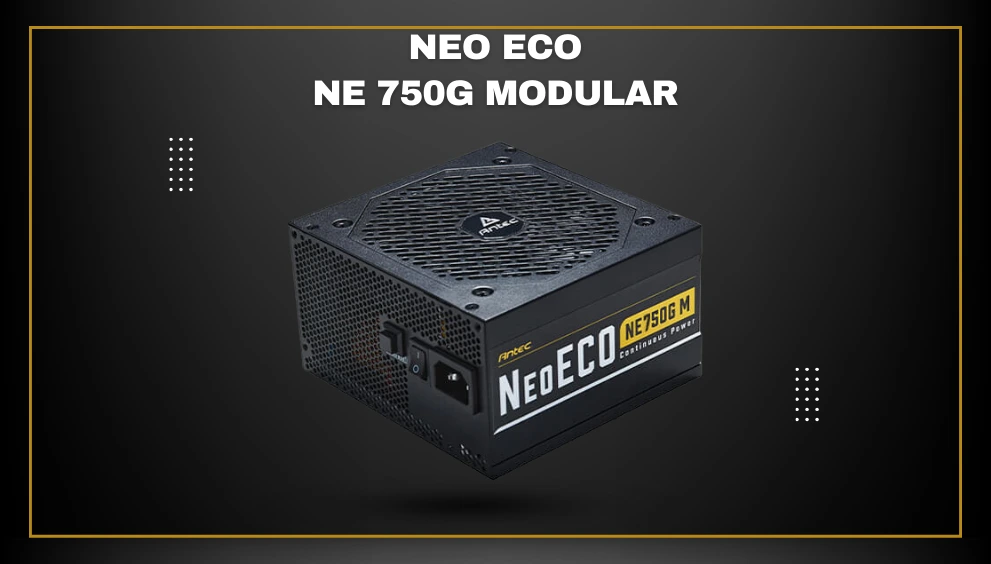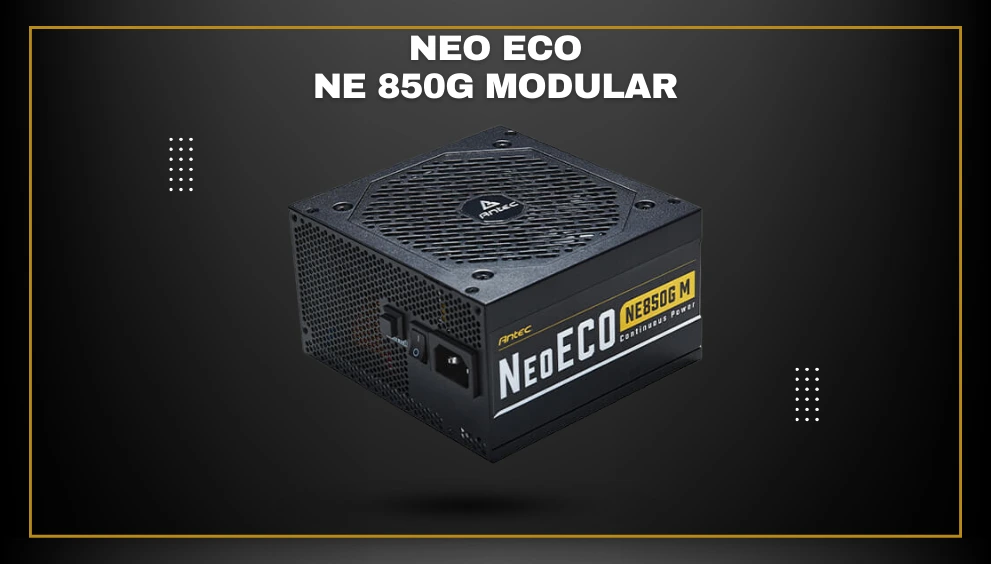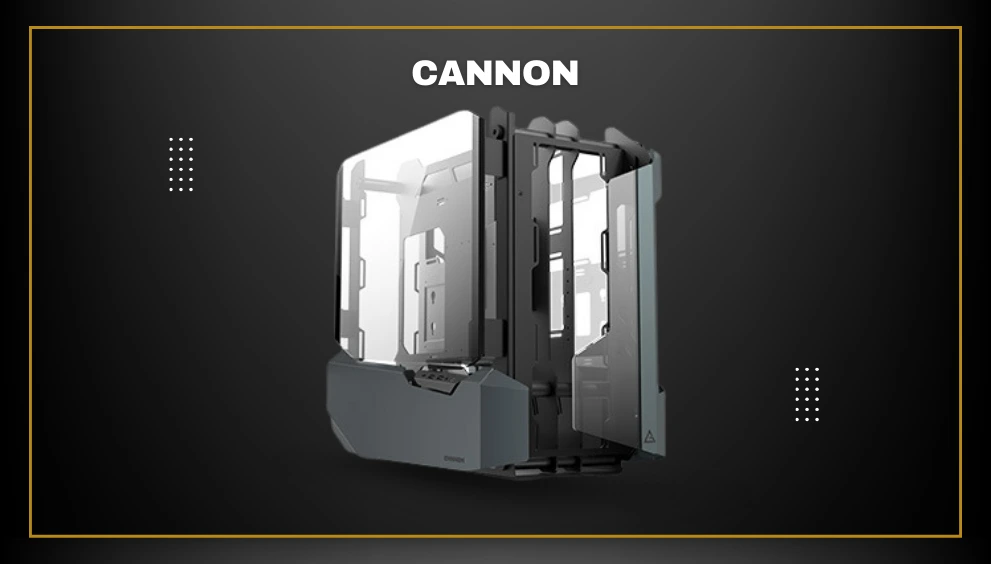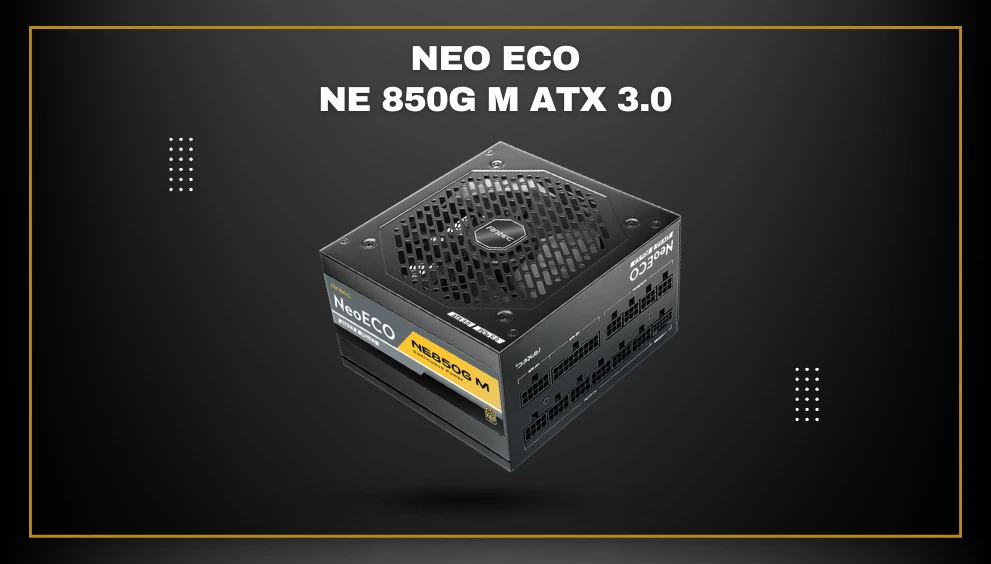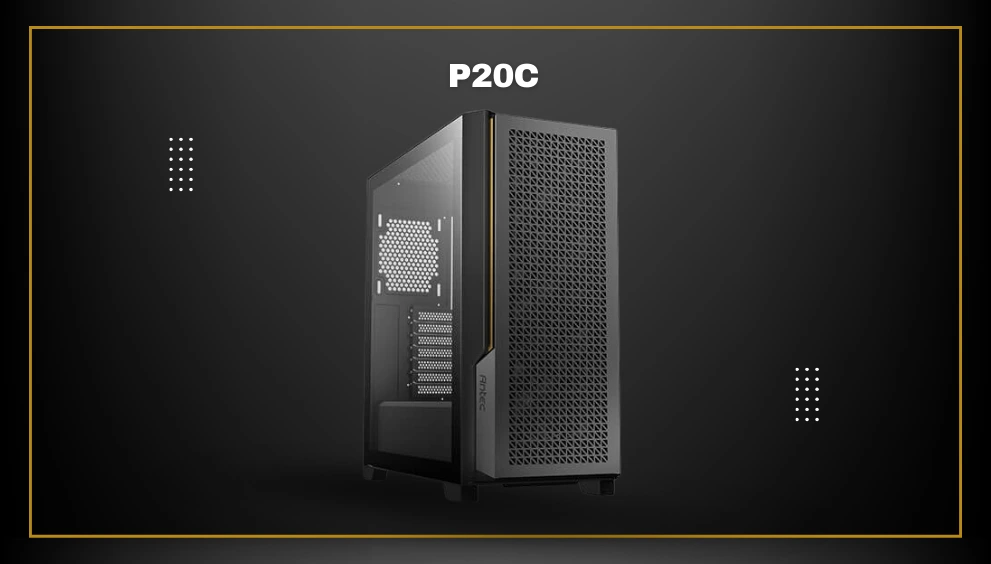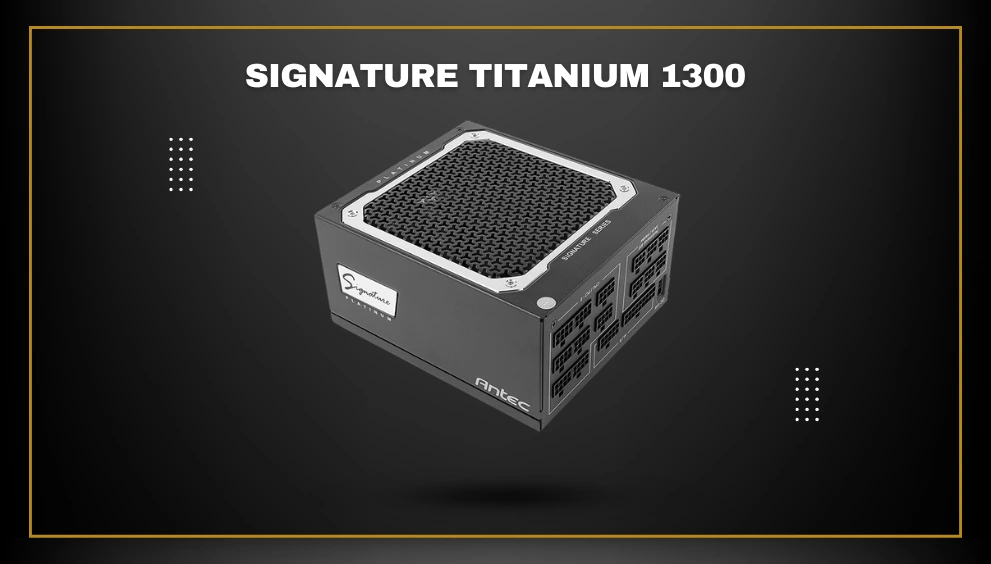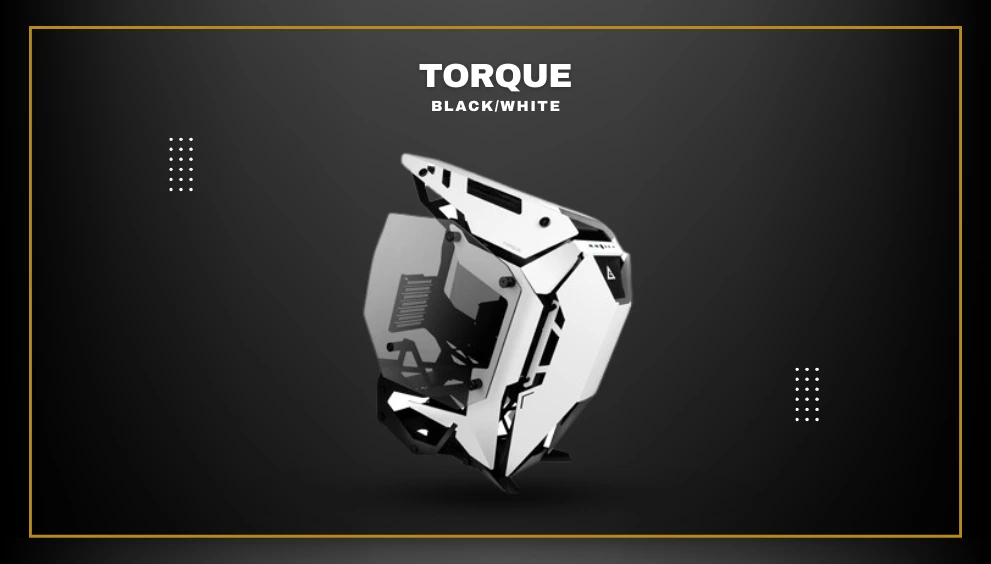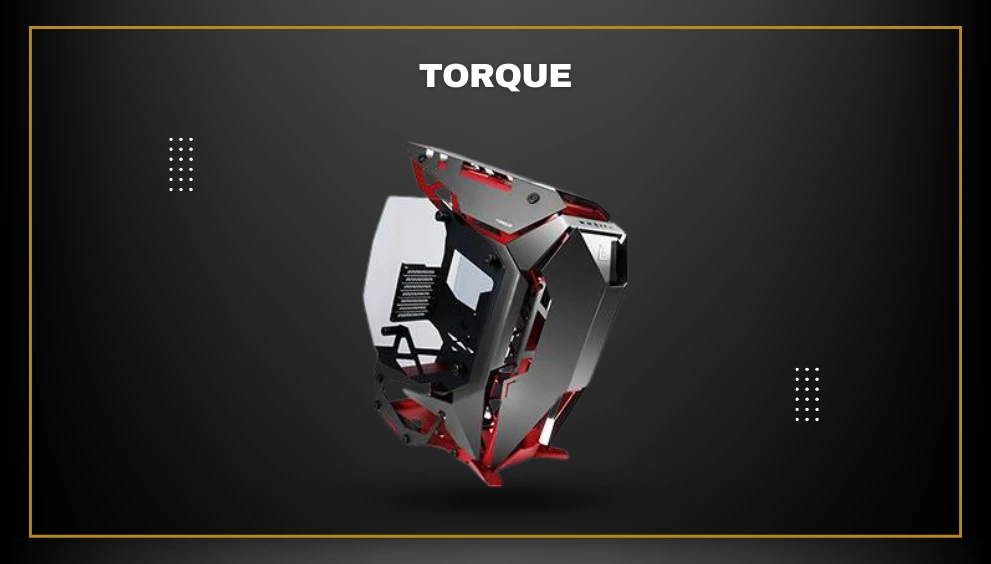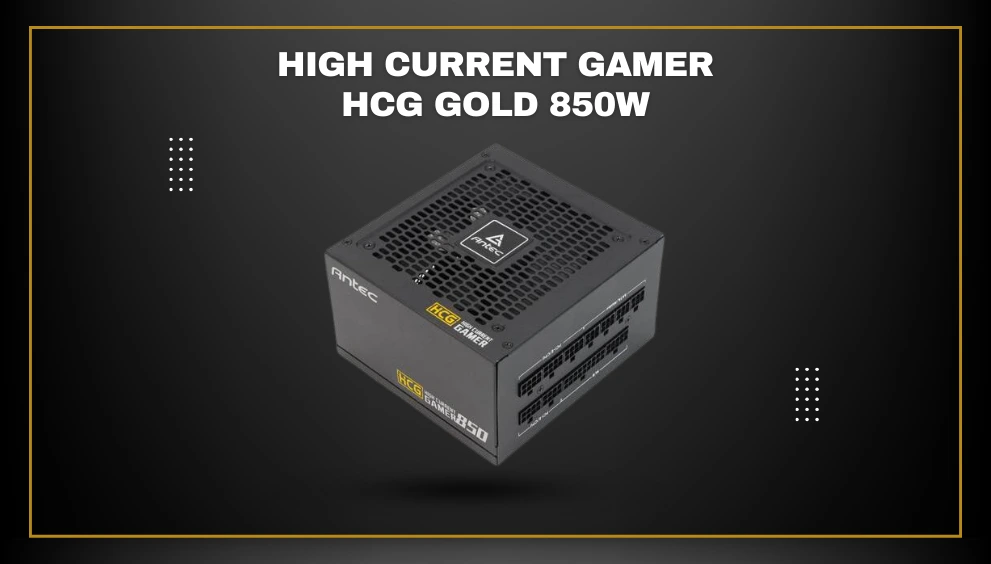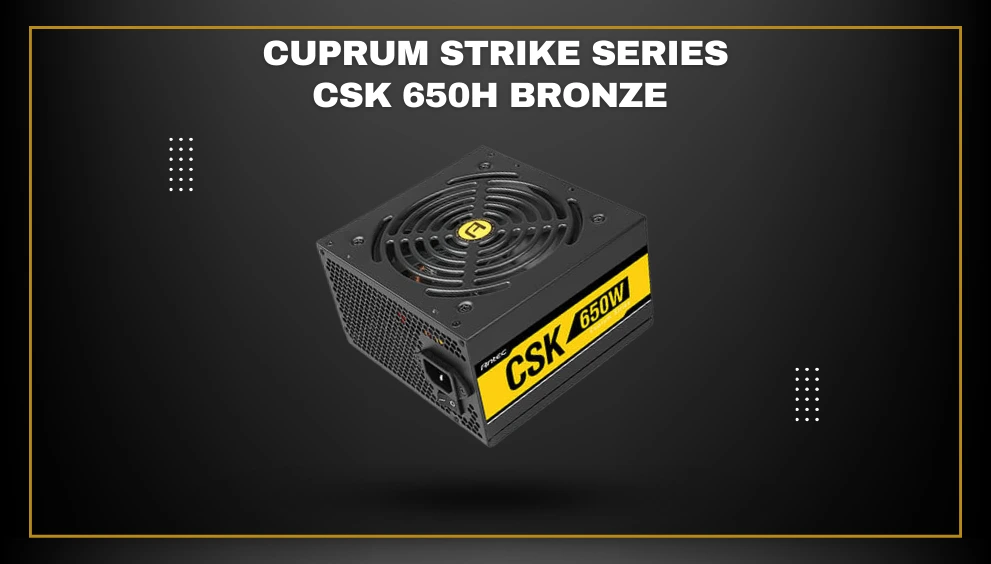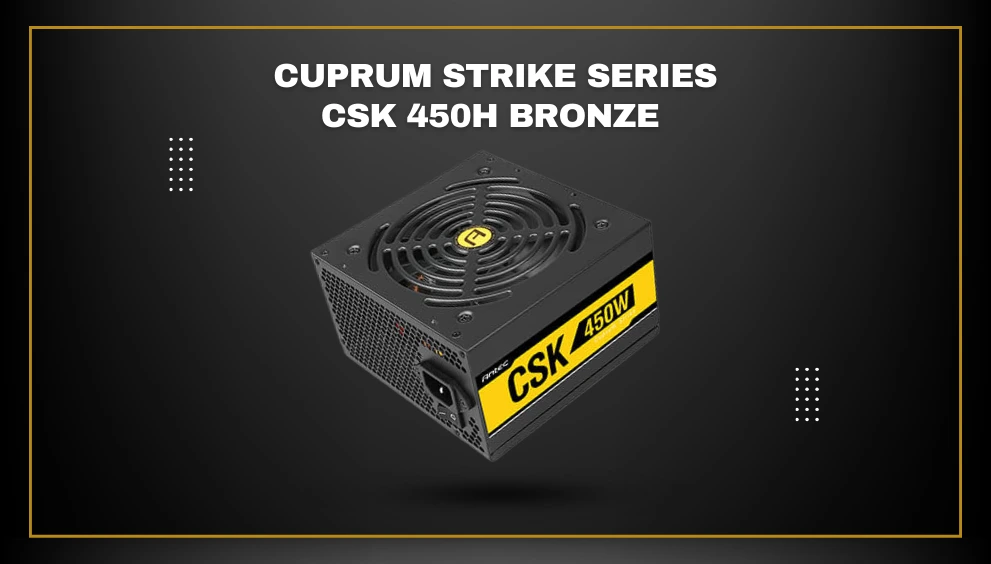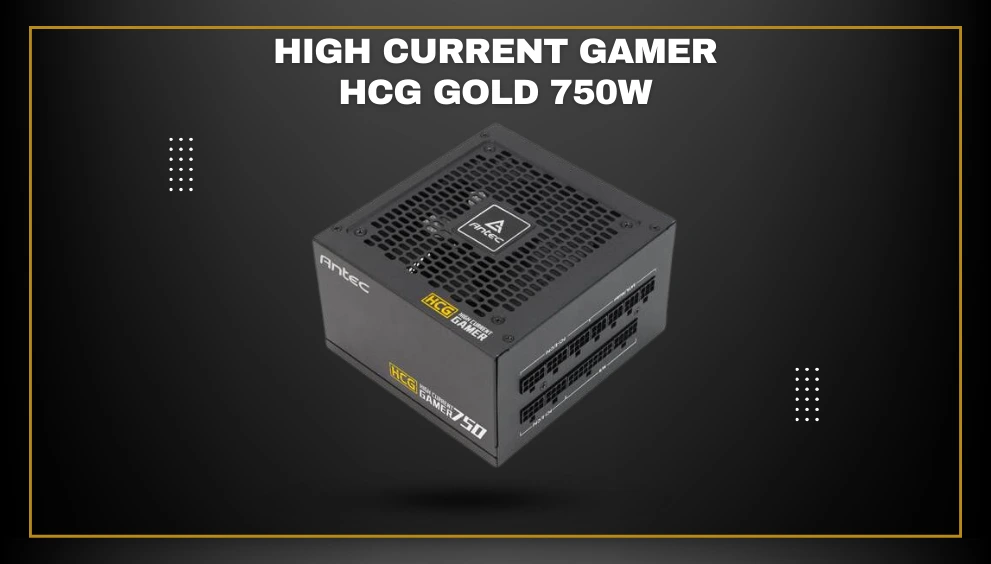7 Must-Have Features to Look for in a PC Cabinet
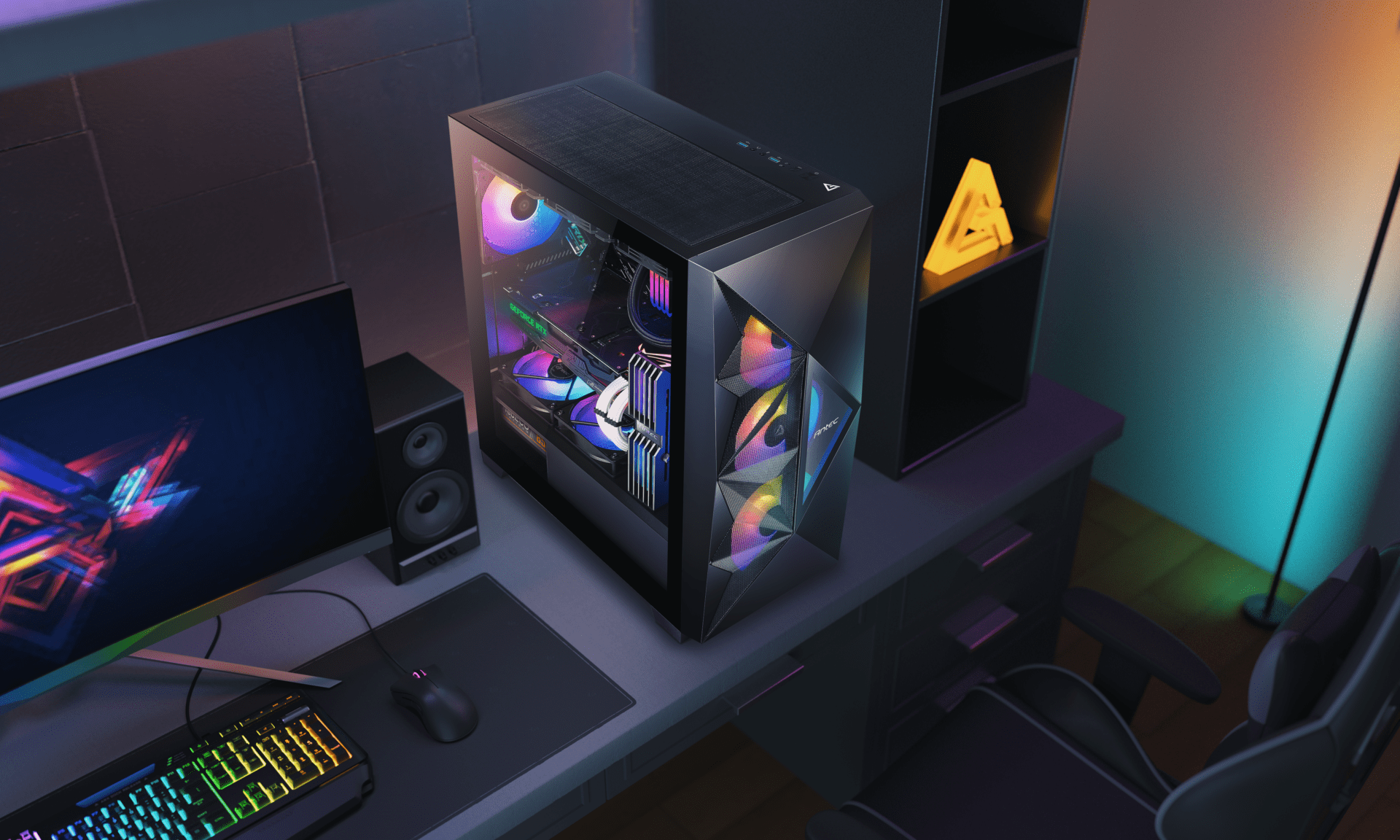
If you’re building your own PC or upgrading your current one, one of the most important components you’ll need to consider is the cabinet. A good PC cabinet not only provides protection for your valuable hardware, but also promotes proper ventilation, cable management, and easy access to components when needed. With so many options available in the market, it can be overwhelming to decide which one to choose. That’s why we have put together this guide to help you identify the seven must-have features that you should look for in a PC cabinet. From size and design to cooling and noise reduction, we’ve got you covered. So, whether you’re a hardcore gamer, a creative professional, or a casual user, read on to find out what you should be looking for when selecting the perfect PC cabinet for your needs.
Importance of choosing the right PC cabinet
Choosing the right PC cabinet is crucial for the longevity and performance of your PC. It is the foundation of your PC build, and it will determine the compatibility of your components, the cooling efficiency, and the accessibility of your hardware. A poor choice of PC cabinet can lead to overheating, dust buildup, cable clutter, and difficulty in upgrading or maintaining your PC.
Size and compatibility
The first feature that you need to consider when choosing a PC cabinet is its size and compatibility. The size of the cabinet should match the size of your motherboard, as well as the length of your graphics card, power supply, and other components. The most common sizes of PC cabinets are ATX, micro-ATX, and mini-ITX, and you should choose the one that fits your components snugly without any extra space. A cabinet that is too large or too small can cause airflow problems and cable management issues.
In addition to size, you should also consider the compatibility of your components with the cabinet. Some cabinets have more clearance for larger components, while others have limited space. You should check the specifications of your components and compare them with the specifications of the cabinet to ensure that they are compatible.
Airflow and cooling
The second feature that you need to consider when choosing a PC cabinet is its airflow and cooling. A good cabinet should have adequate ventilation and fans to ensure that your components stay cool and operate efficiently. The number and size of fans depend on the size of the cabinet and the components inside it.
Some cabinets come with pre-installed fans, while others require you to install them separately. You should also consider the location of the fans, as well as their direction and speed. Fans at the front of the cabinet should intake cool air, while fans at the back and top should exhaust hot air. You can also install additional fans or liquid cooling systems for better cooling performance.
Cable management
The third feature that you need to consider when choosing a PC cabinet is its cable management. A cluttered and messy cable layout can obstruct airflow and make it difficult to access or upgrade your components. A good cabinet should have ample space and routing holes for cables, as well as Velcro straps or zip ties to keep them organized.
You should also consider the location of the power supply and its orientation. Some cabinets have a bottom-mounted power supply, while others have a top-mounted one. You should choose the one that suits your cable management preference and the length of your cables.
Expandability and customization
The fourth feature that you need to consider when choosing a PC cabinet is its expandability and customization. A good cabinet should have enough space and flexibility to accommodate future upgrades or modifications. You should look for cabinets that have extra drive bays, expansion slots, or removable panels for easy access.
You can also customize your cabinet with additional features such as RGB lighting, tempered glass panels, or custom paint jobs. These features not only enhance the aesthetics of your PC, but also showcase your personal style and creativity.
Aesthetics and design
The fifth feature that you need to consider when choosing a PC cabinet is its aesthetics and design. A good cabinet should not only function well, but also look good. You should choose a cabinet that matches your personal taste and complements your workspace or gaming setup.
There are various designs and colors available in the market, from sleek and minimalist to bold and flashy. You should also consider the material of the cabinet, whether it is made of steel, aluminum, or tempered glass. Each material has its own advantages and disadvantages, such as durability, weight, and transparency.
Noise reduction
The sixth feature that you need to consider when choosing a PC cabinet is its noise reduction. A good cabinet should have features that reduce the noise level of your PC, such as sound-absorbing materials, vibration-dampening mounts, or fan speed control.
Some cabinets also have noise reduction features built into the design, such as soundproofing foam or baffles. You should choose a cabinet that suits your noise tolerance and the noise level of your components.
Price and budget considerations
The seventh feature that you need to consider when choosing a PC cabinet is its price and budget. A good cabinet can range from affordable to expensive, depending on its features and quality. You should set a budget that suits your needs and preferences, and compare the prices and features of different cabinets.
You should also consider the warranty and customer support of the manufacturer, as well as the reviews and ratings of other users. A higher price does not always guarantee better quality or performance, so you should weigh the pros and cons of each option before making a decision.
Conclusion
Choosing the right PC cabinet is essential for the performance, reliability, and aesthetics of your PC build. By considering the seven must-have features that we have discussed in this guide, you can narrow down your options and find the perfect cabinet that suits your needs and preferences. Remember to choose a cabinet that fits your components, enhances your cooling and cable management, accommodates your future upgrades, reflects your personal style, reduces your noise level, and fits your budget. Happy building!


